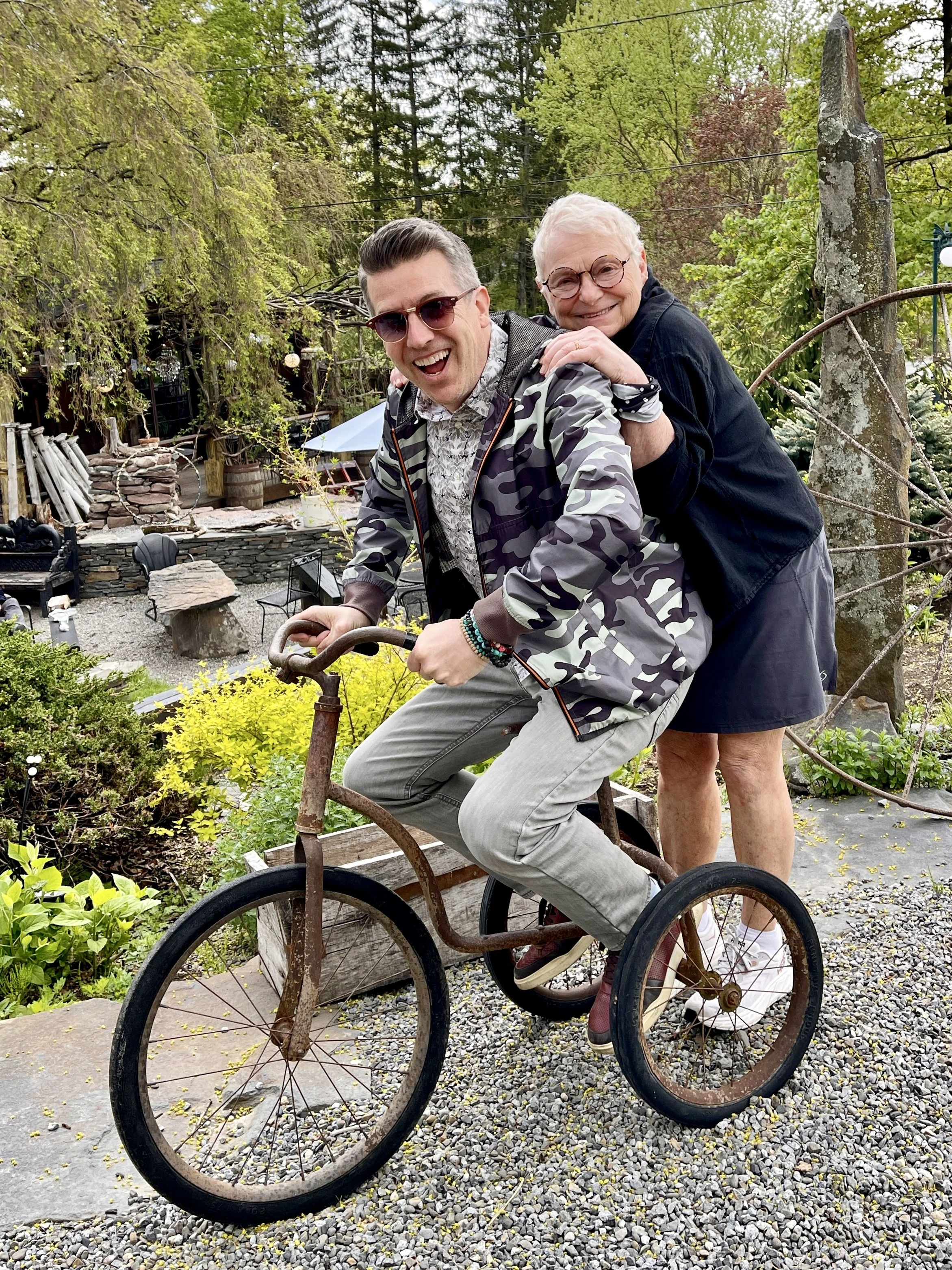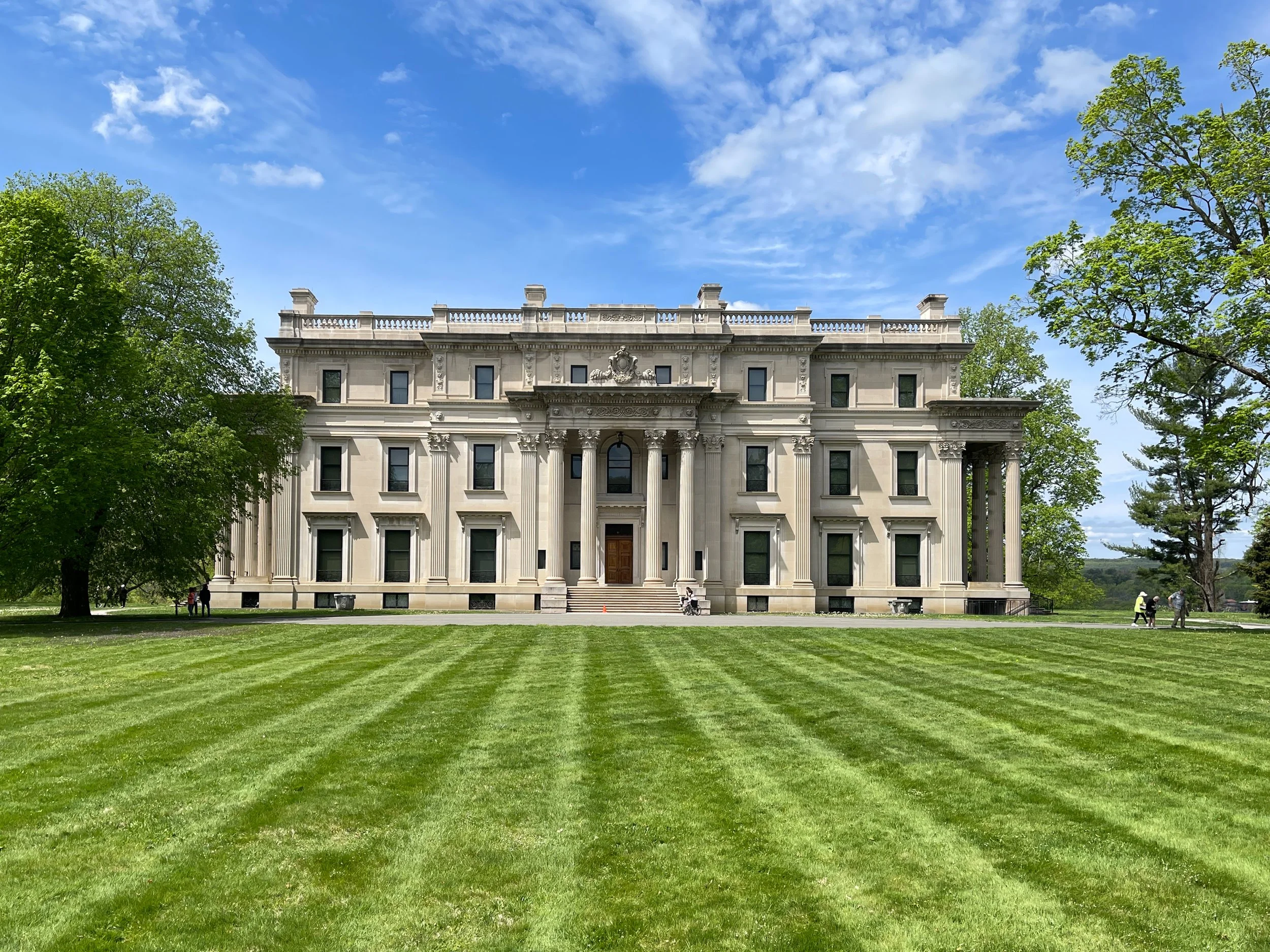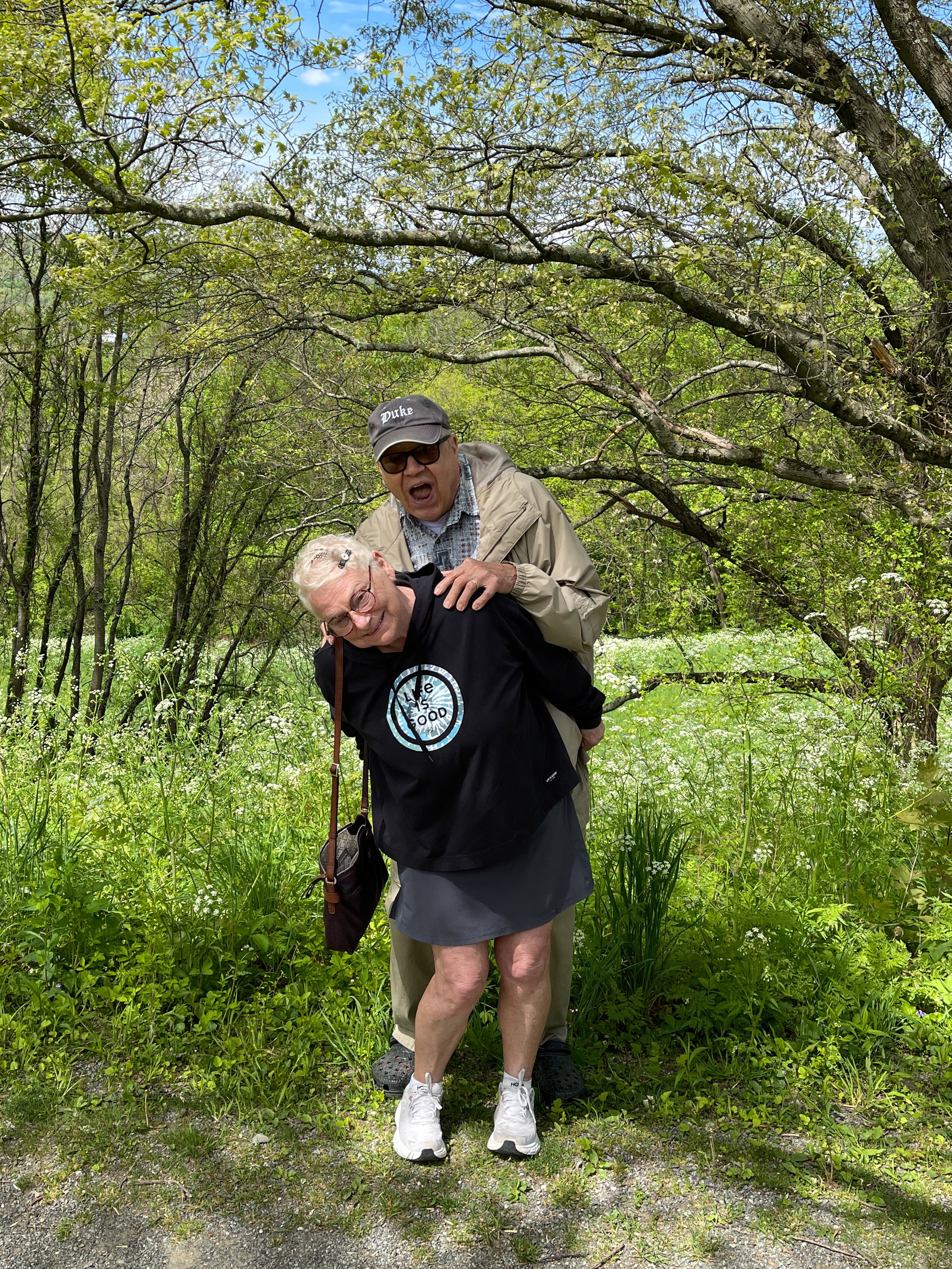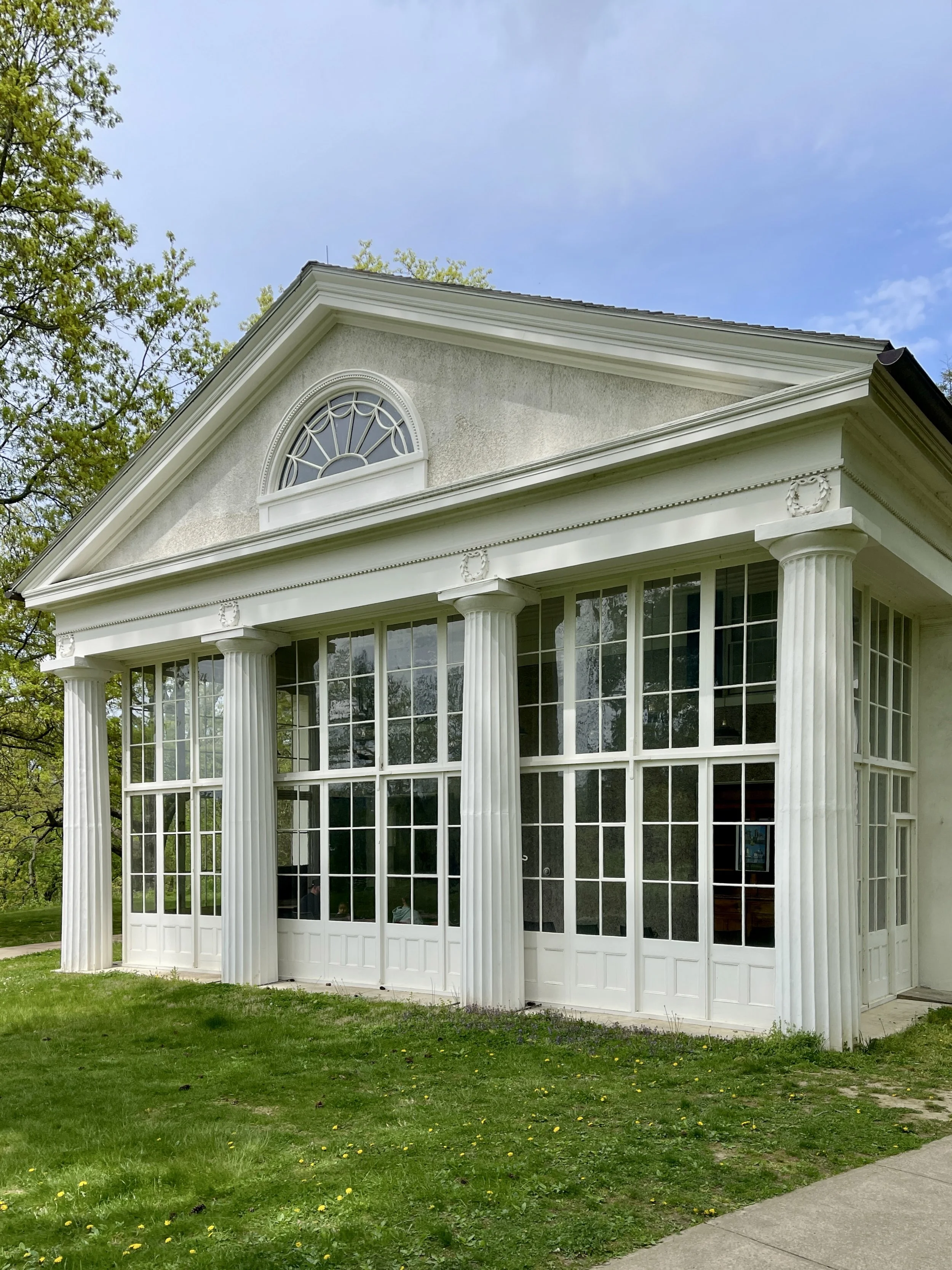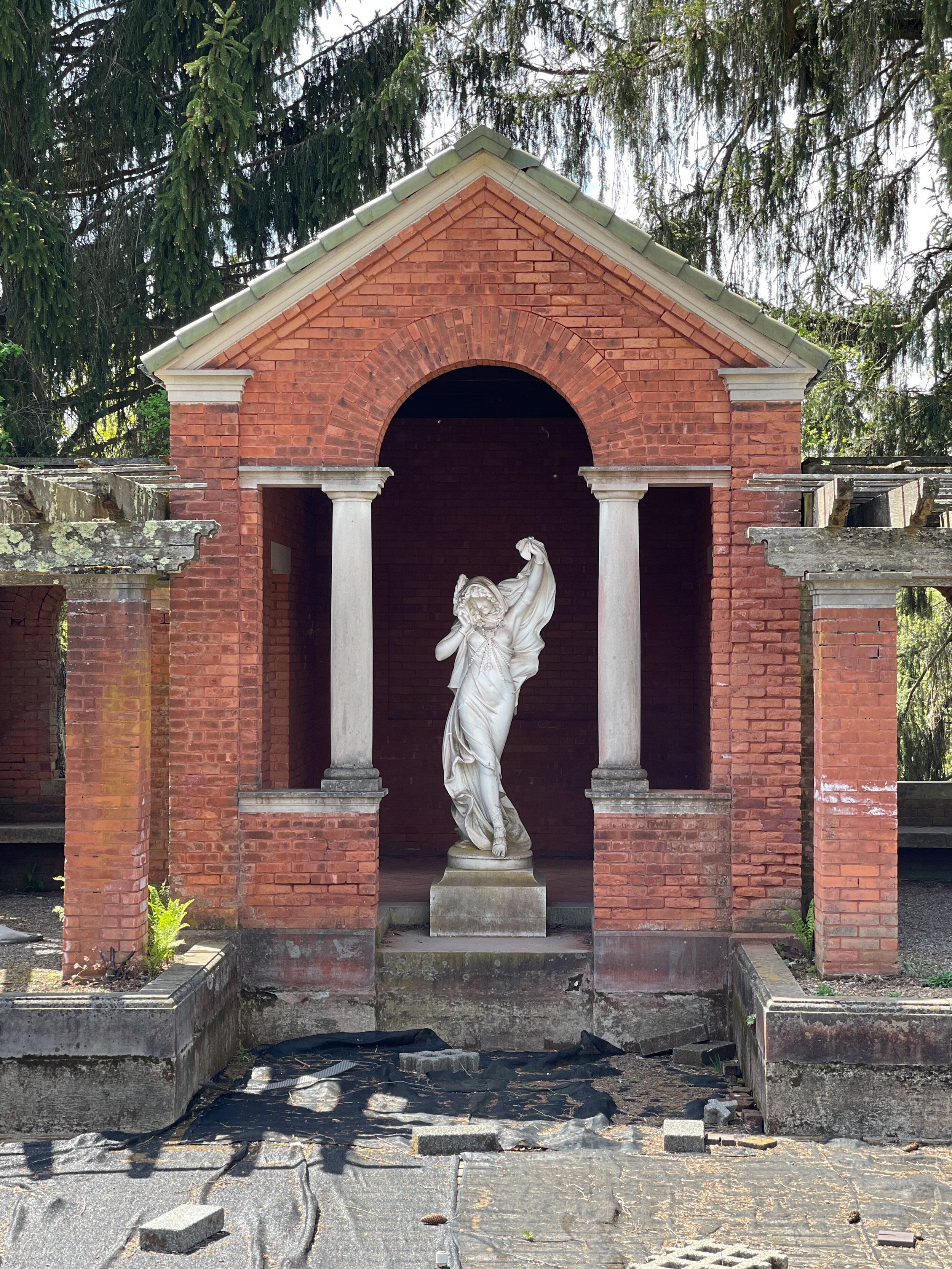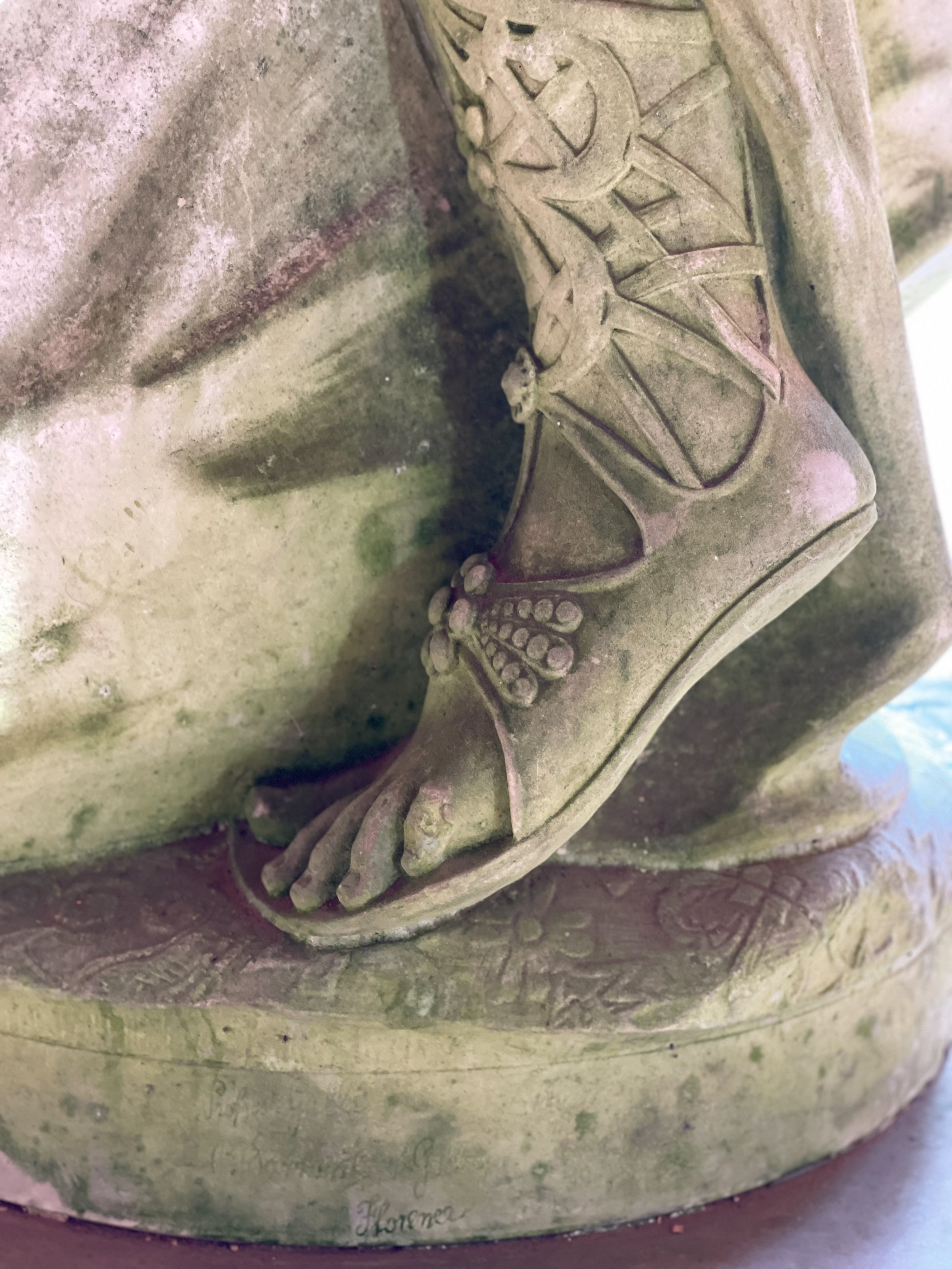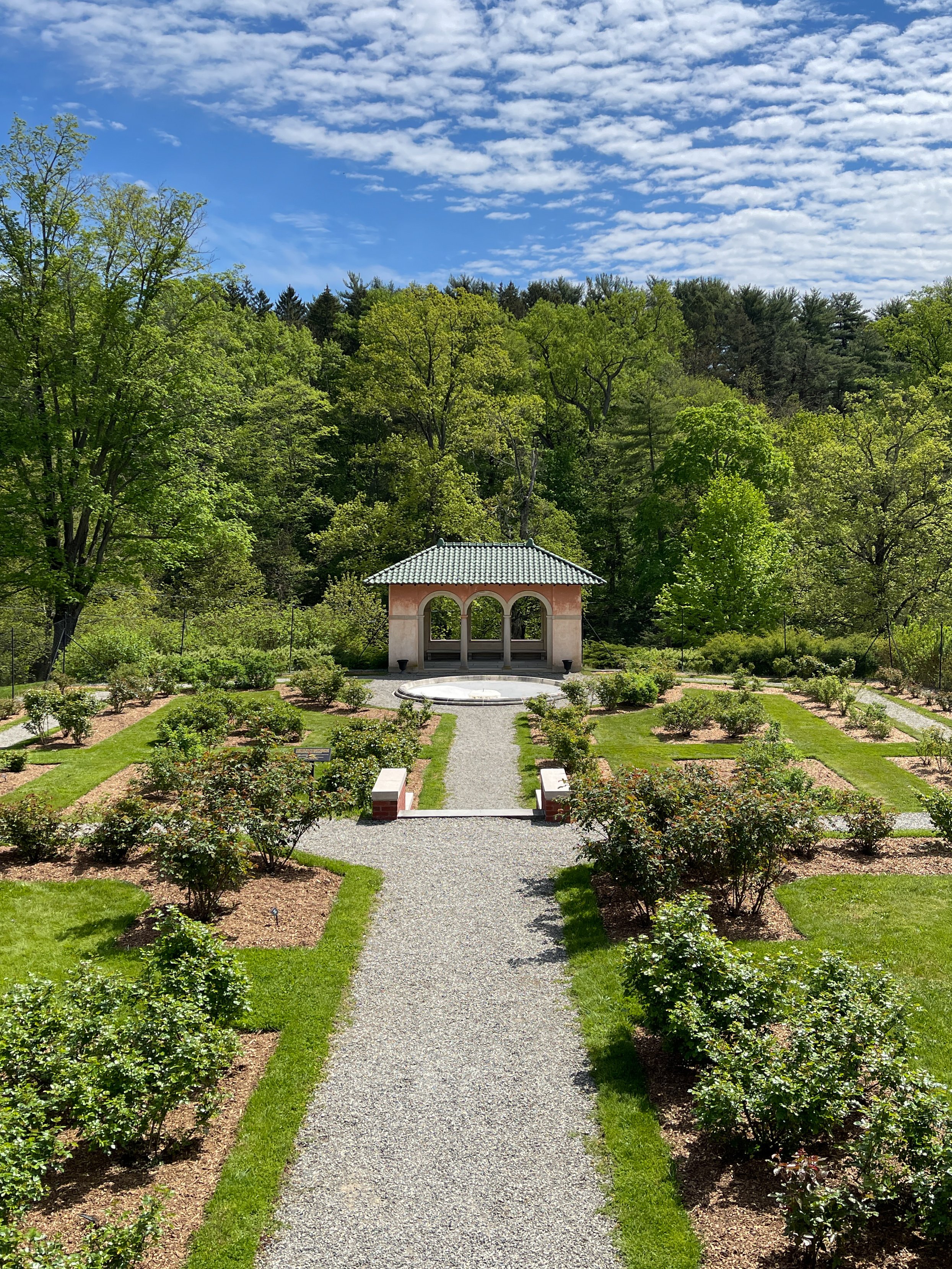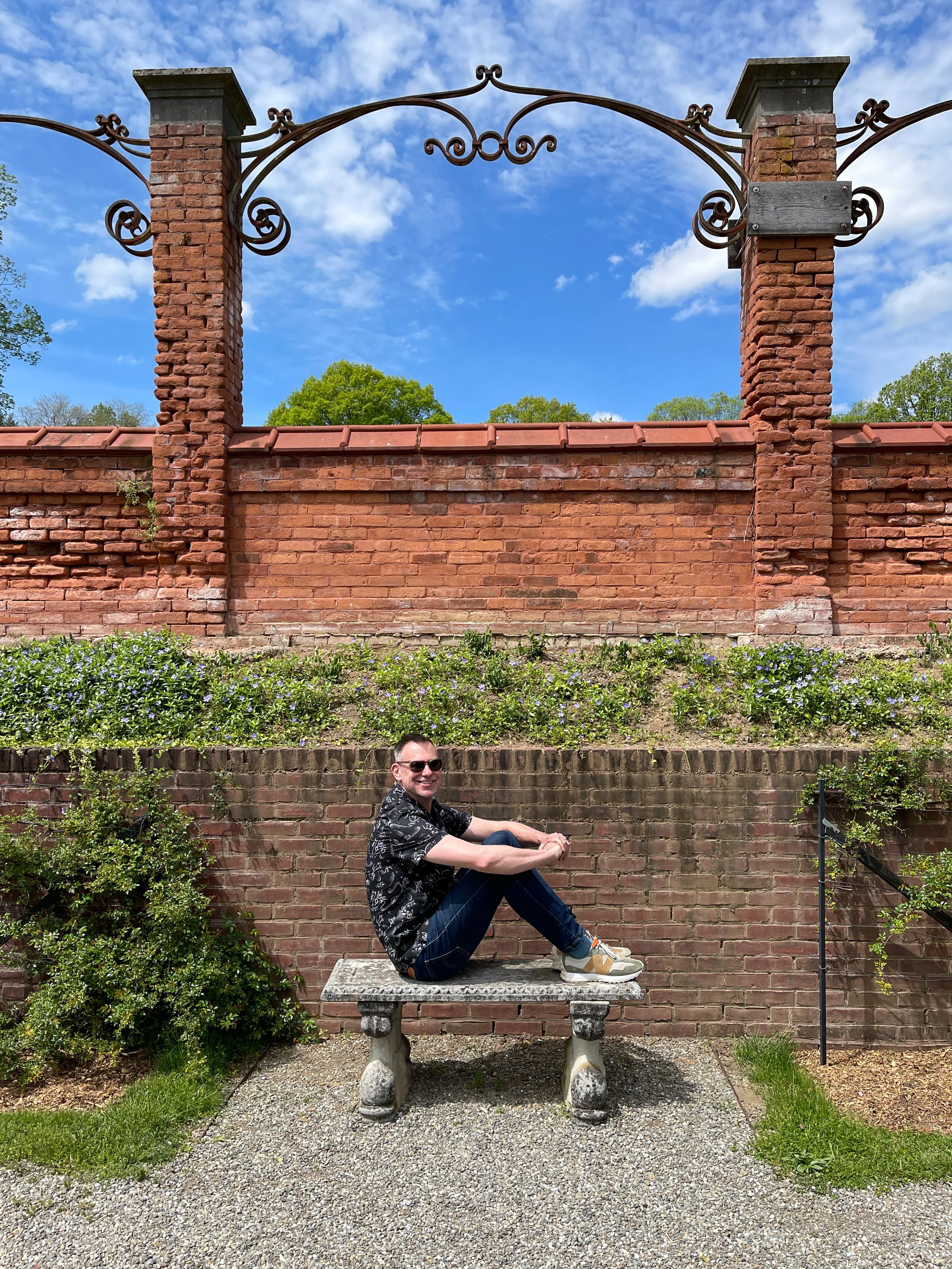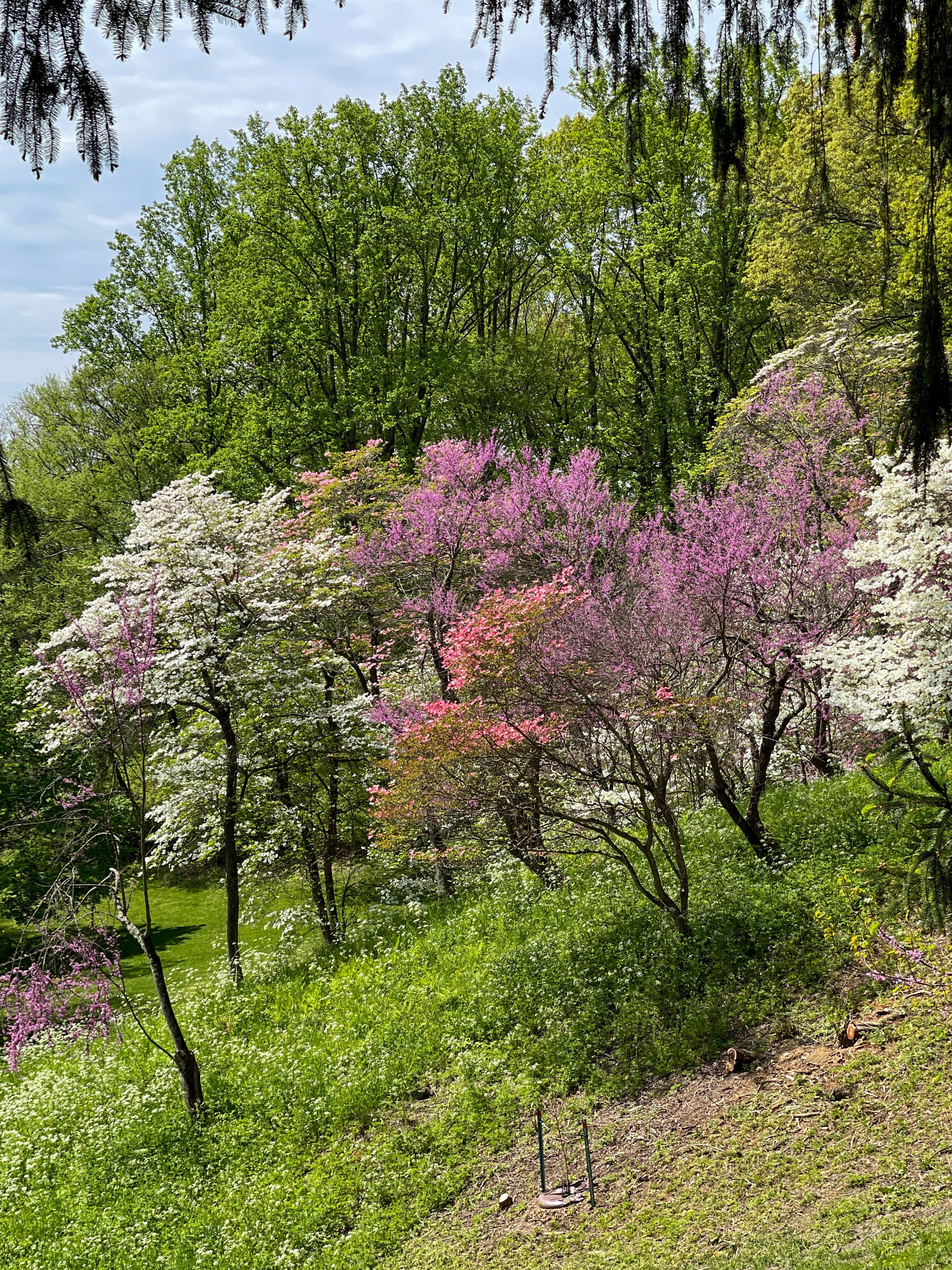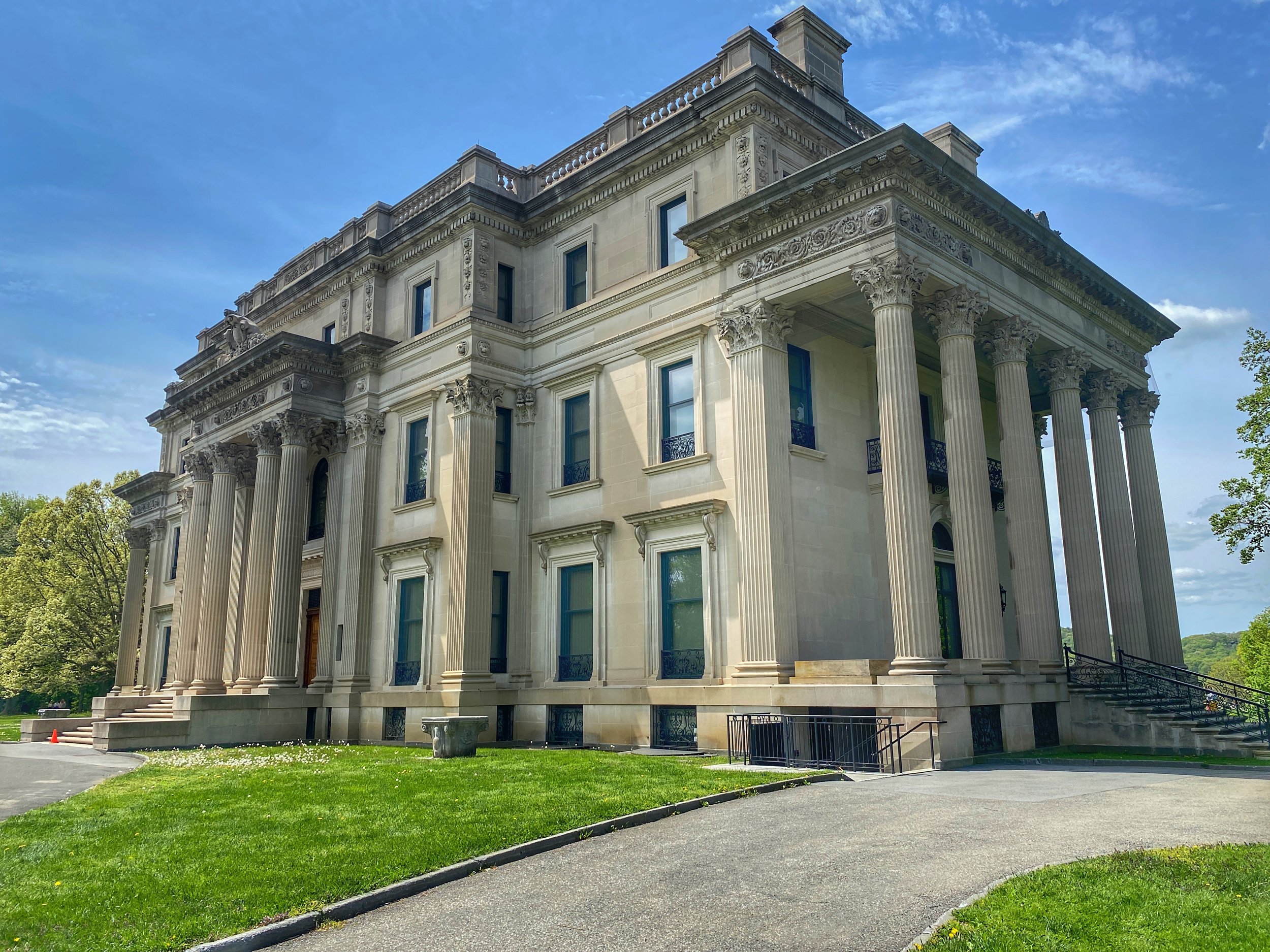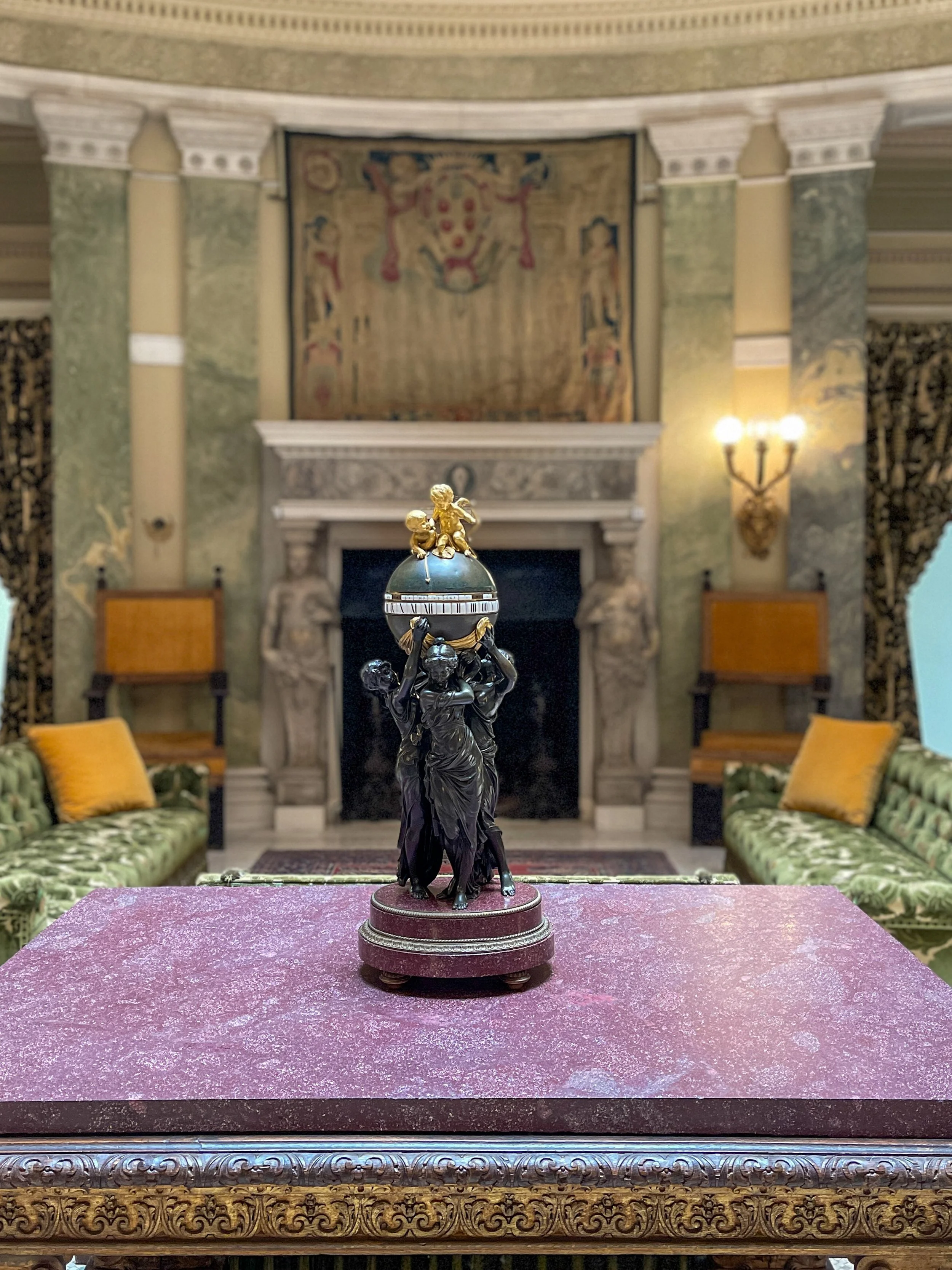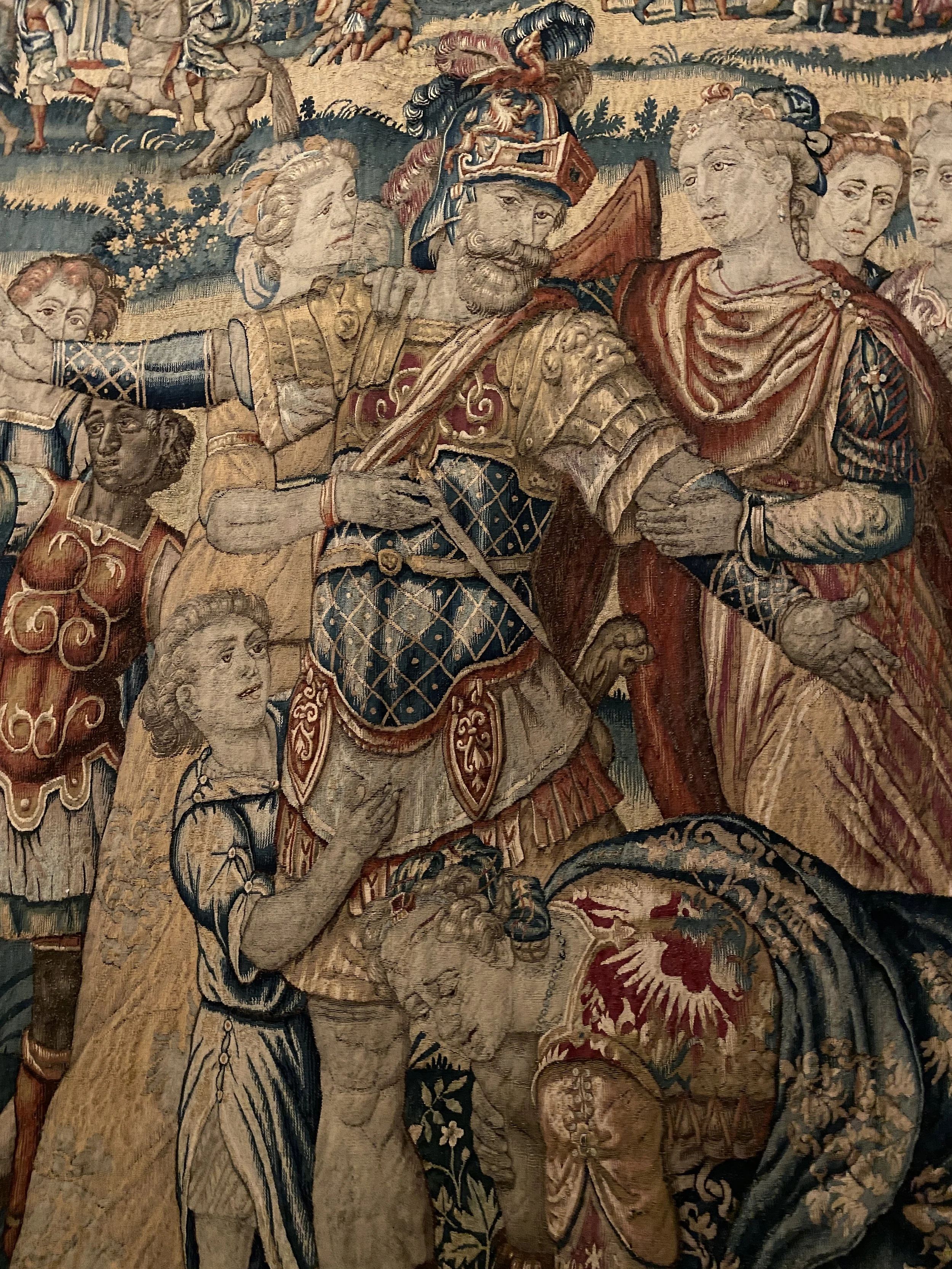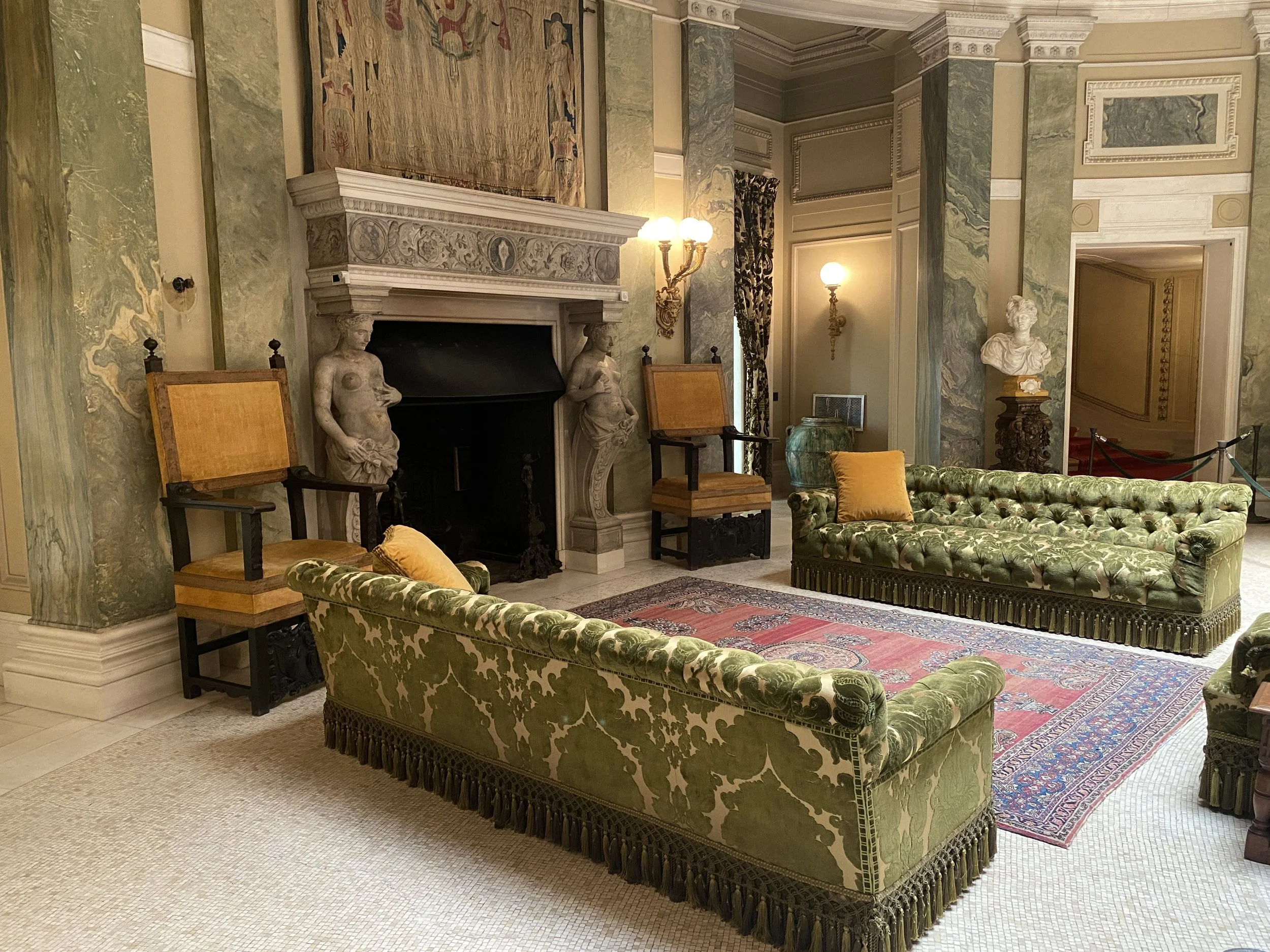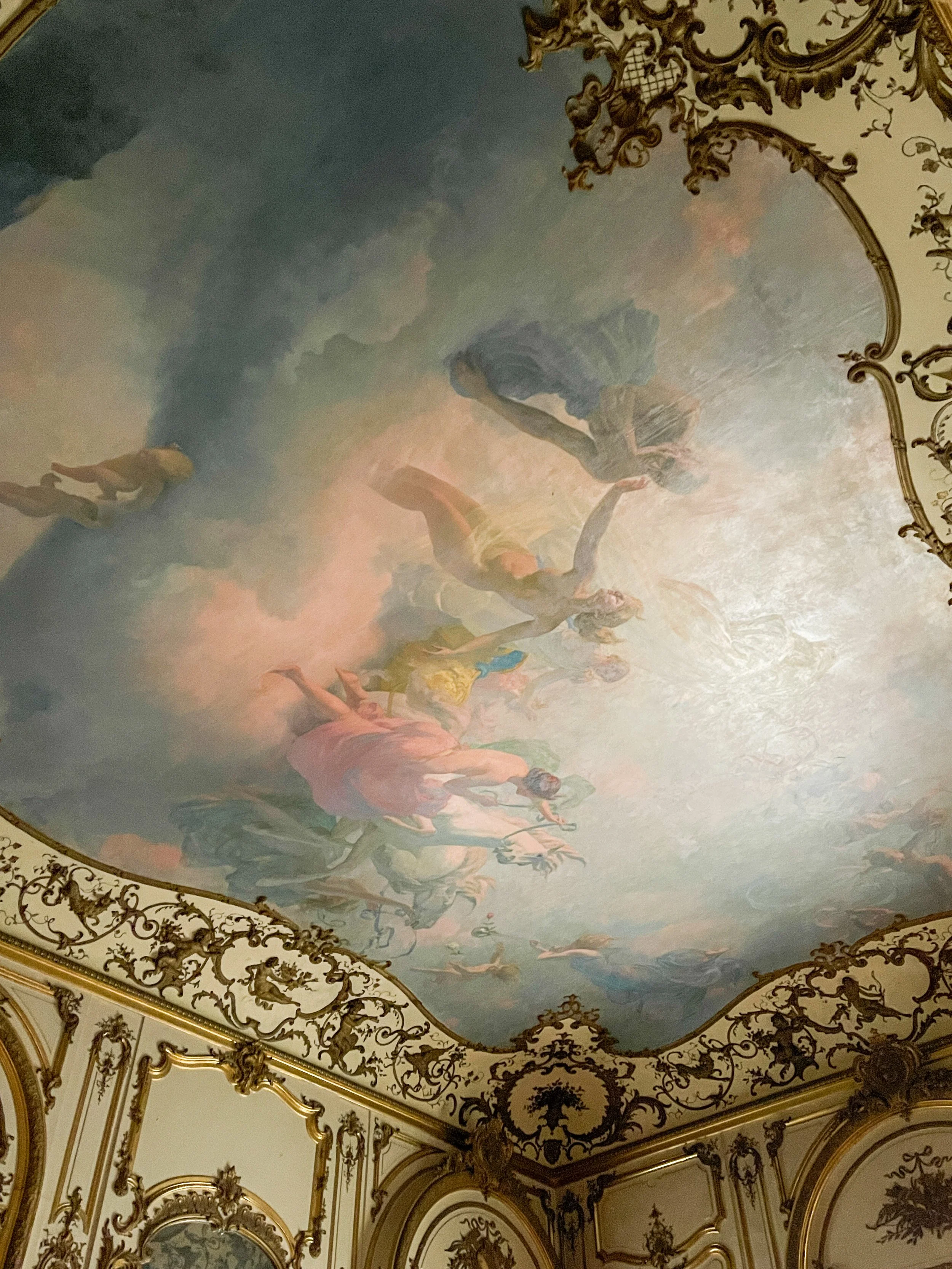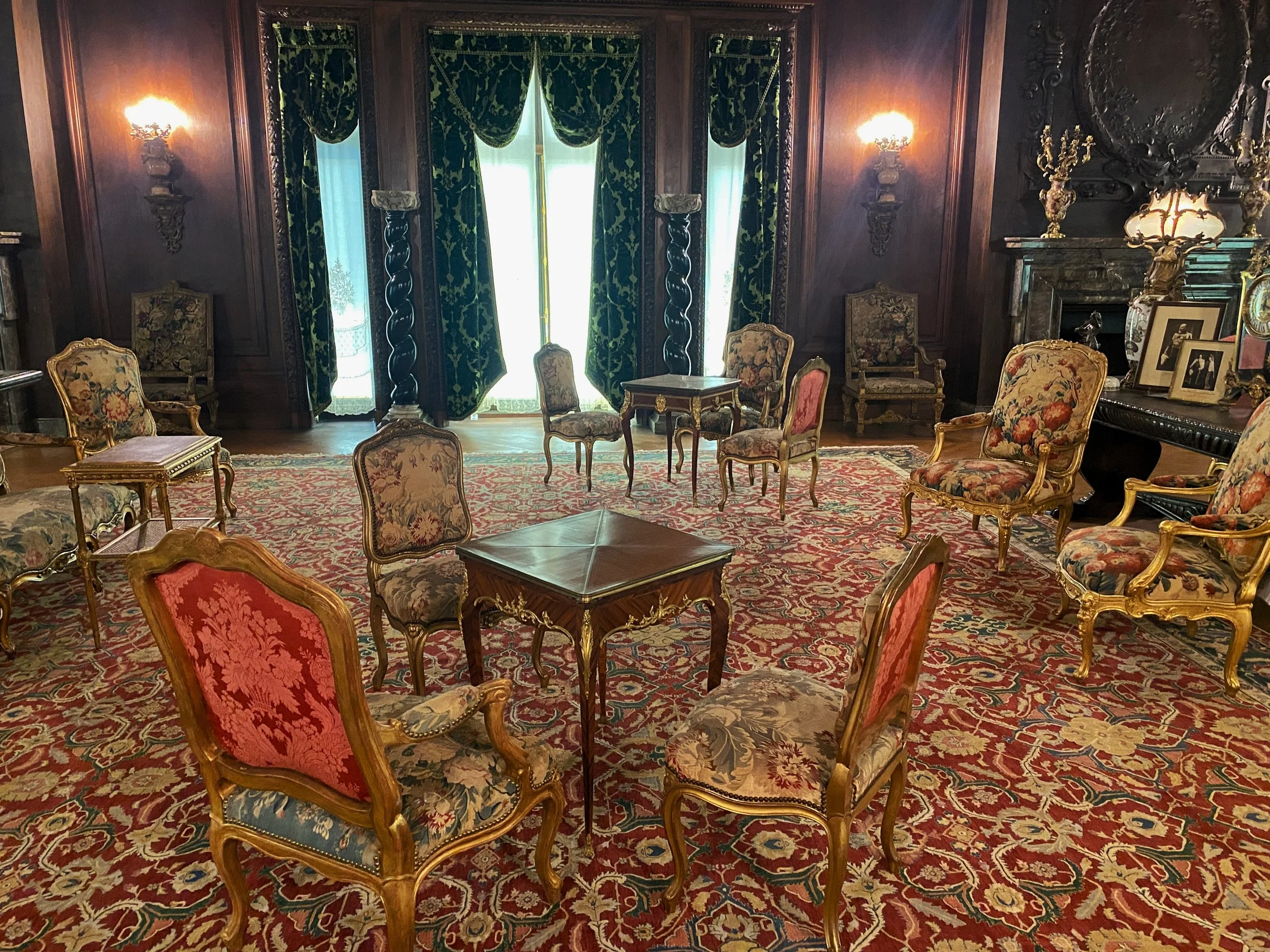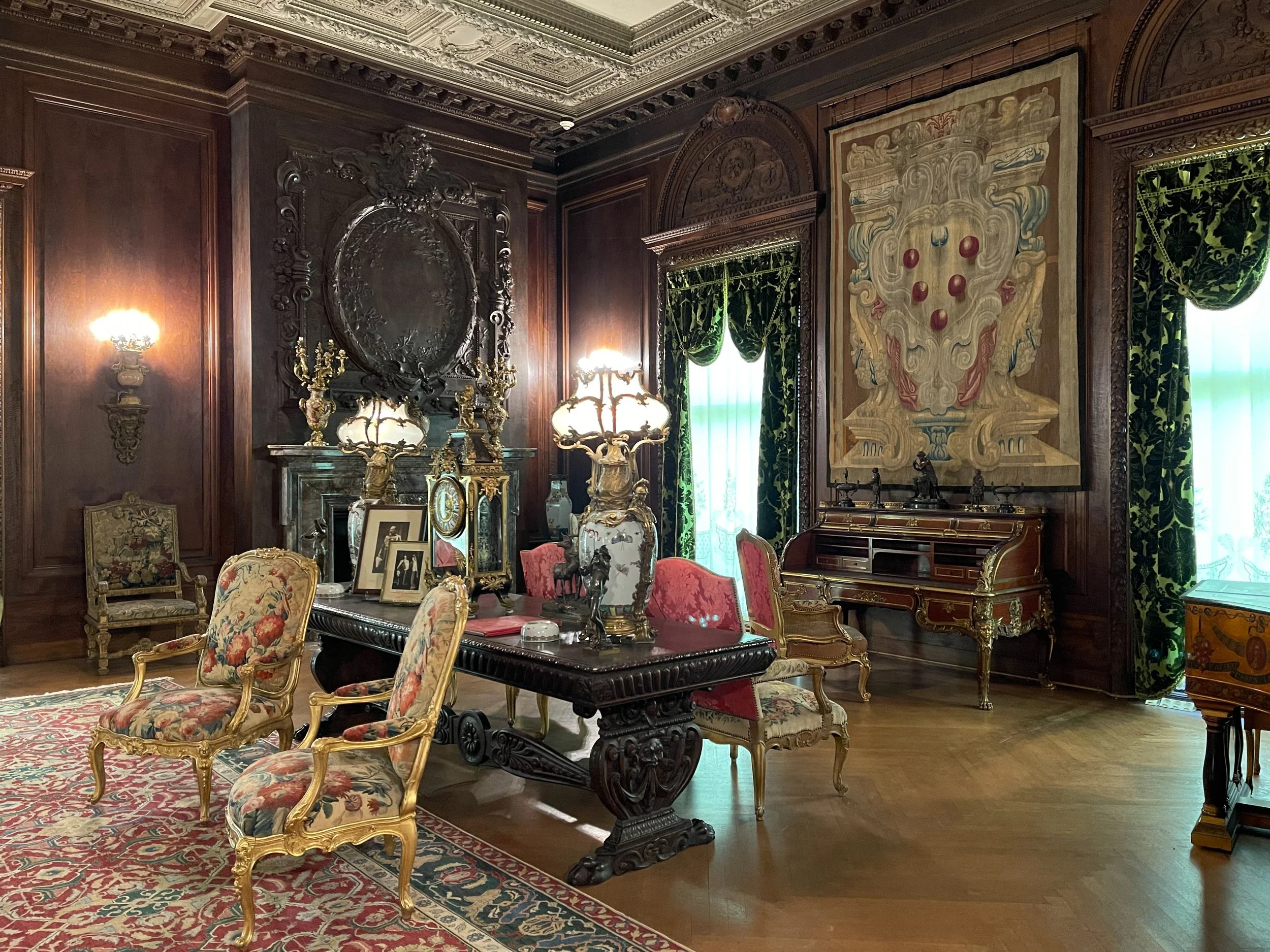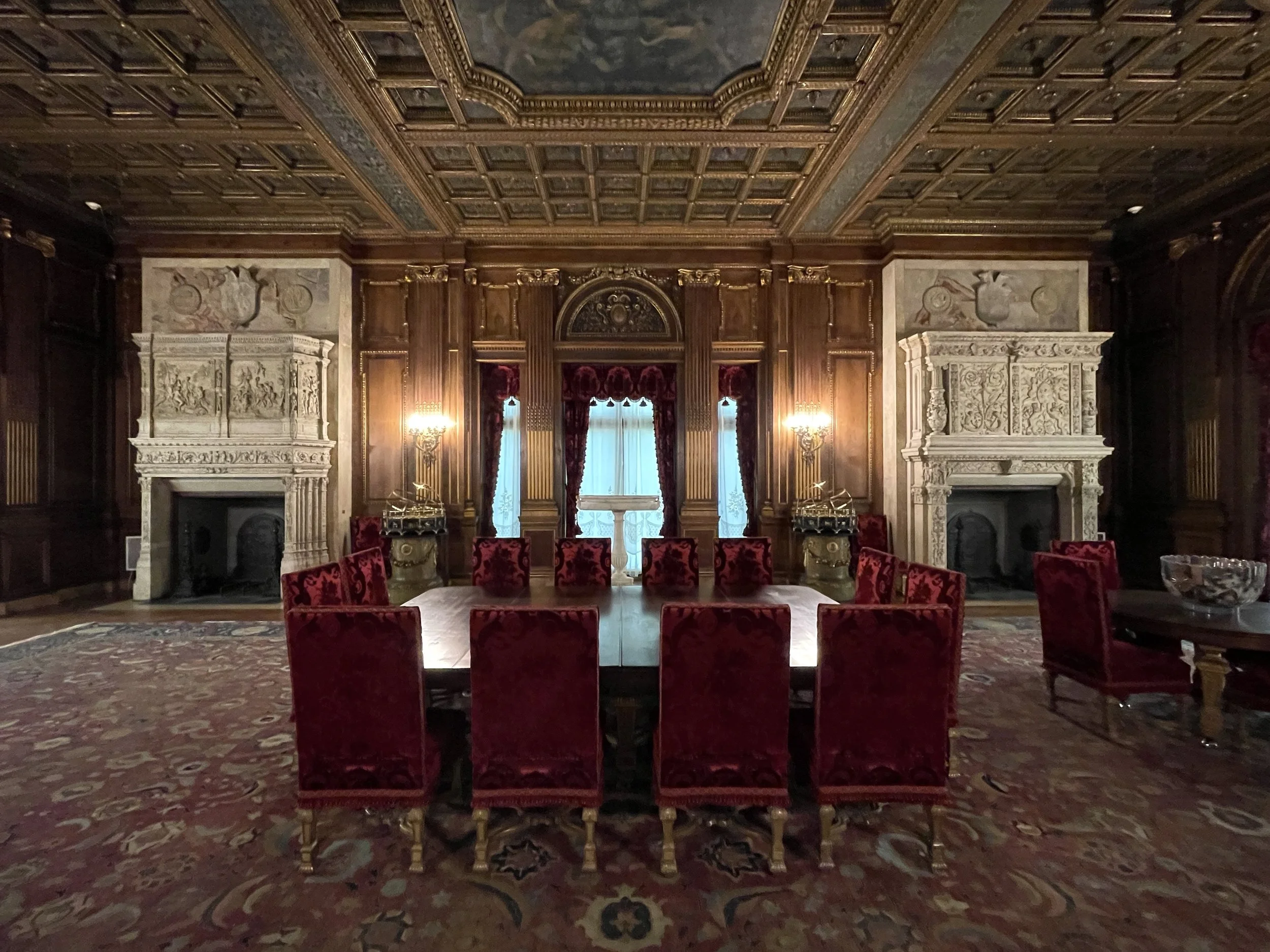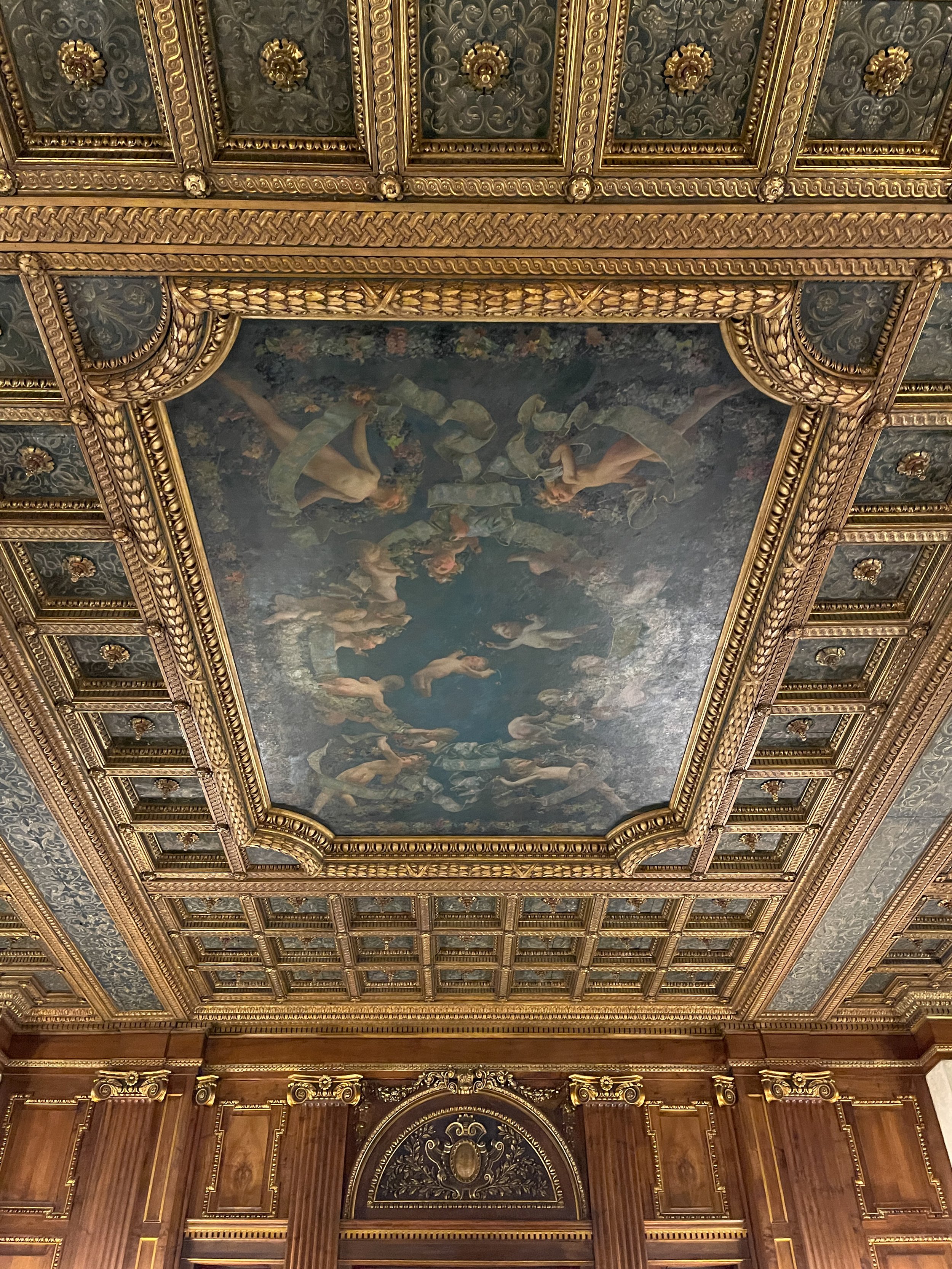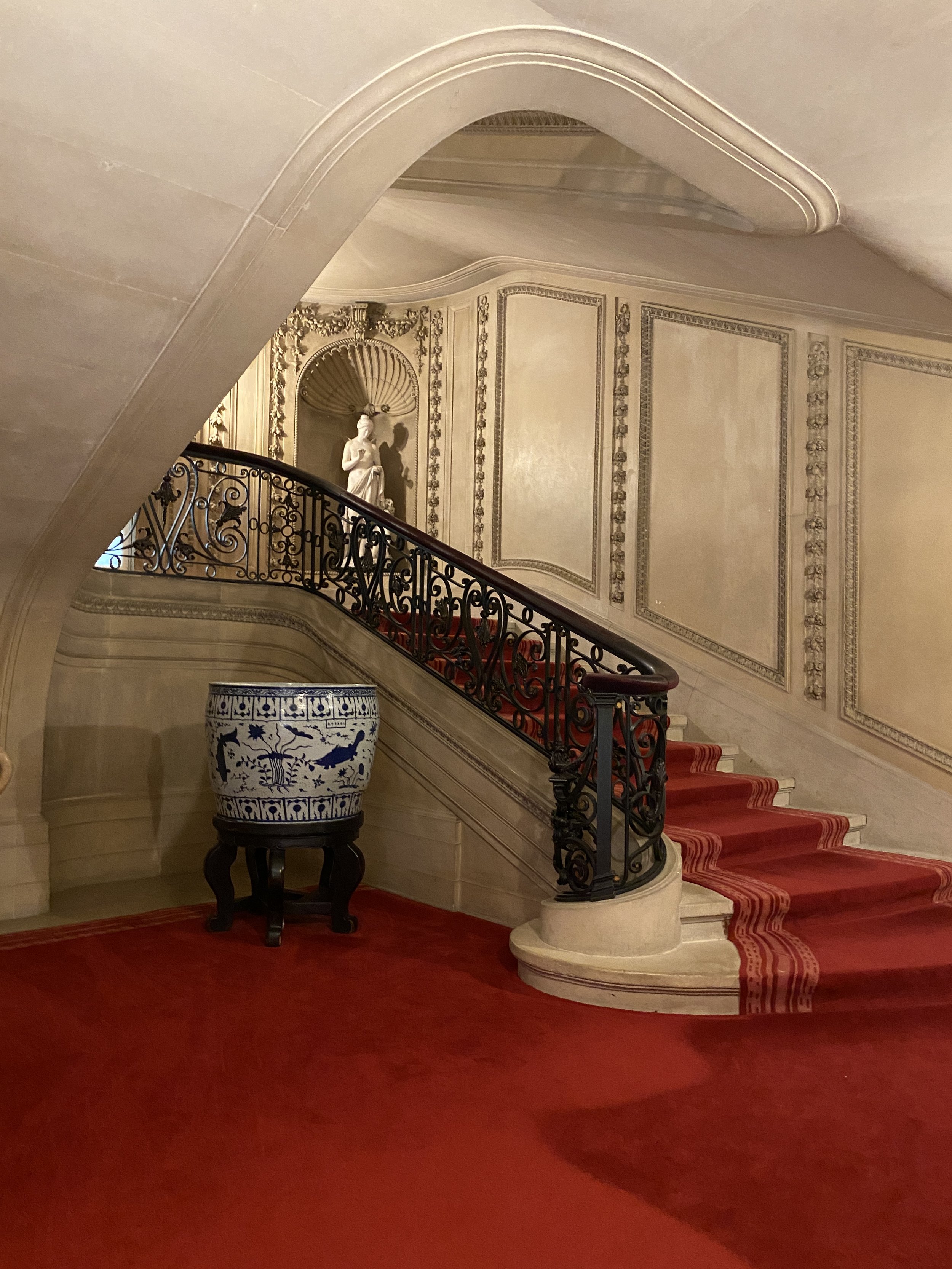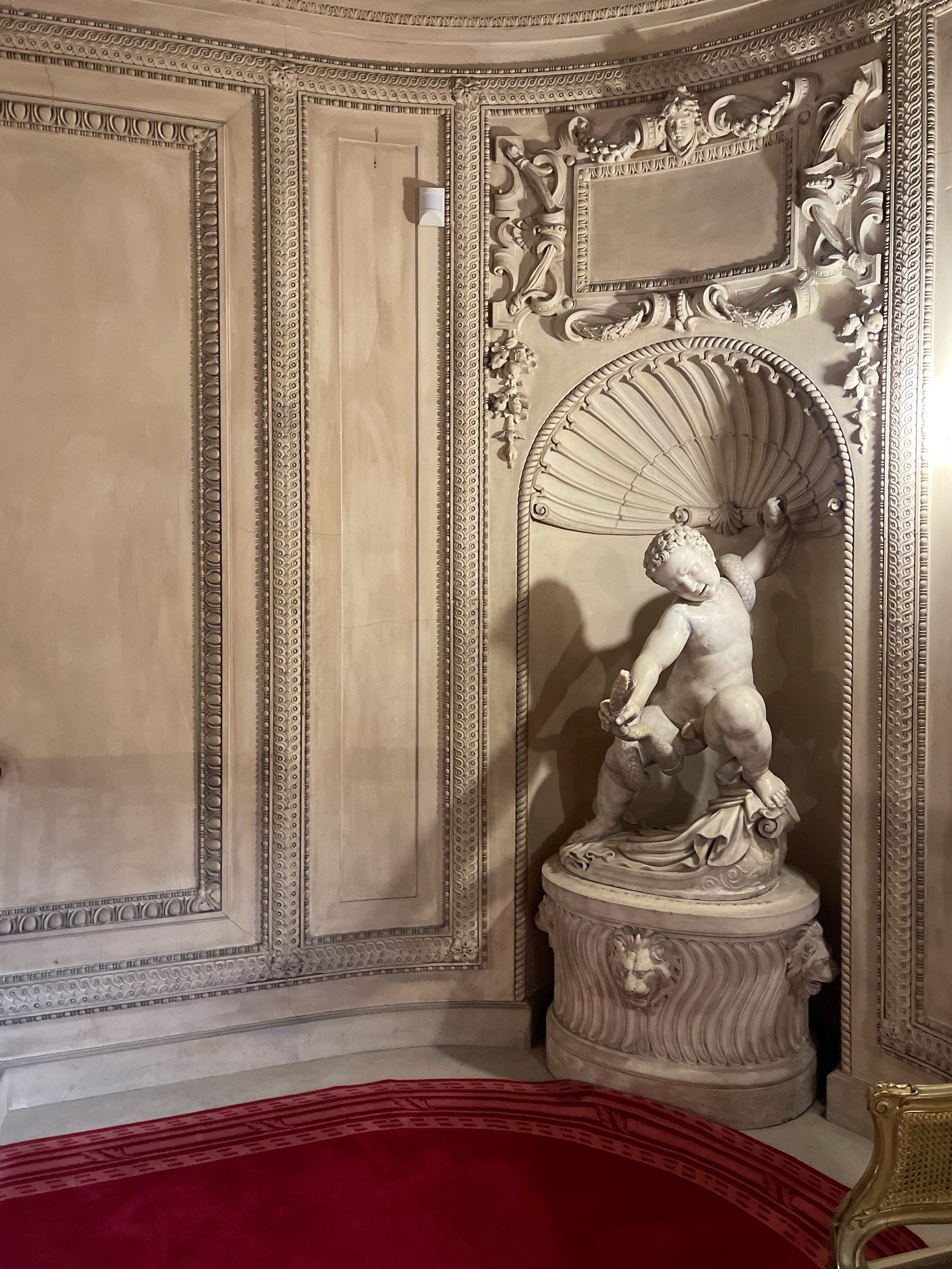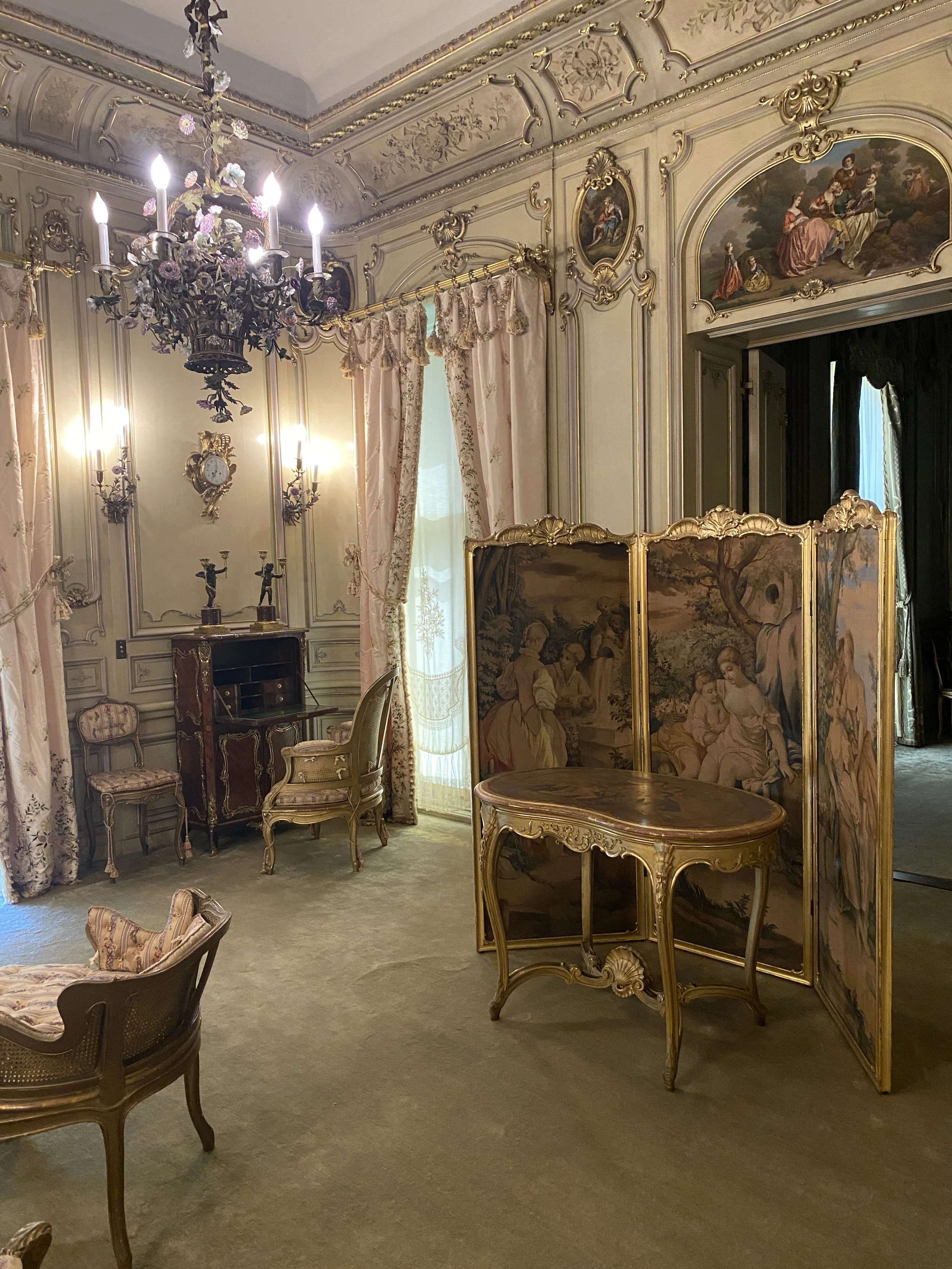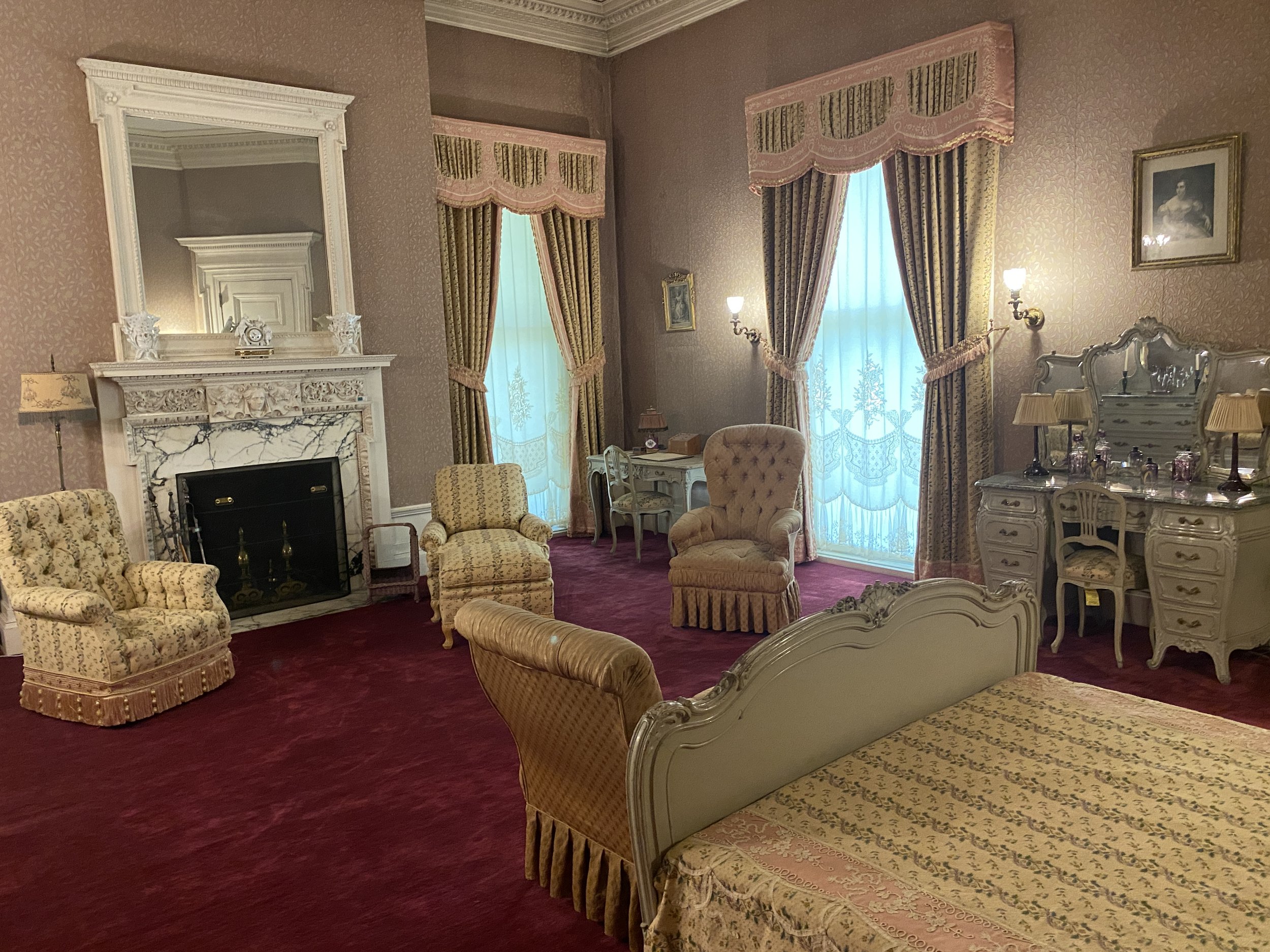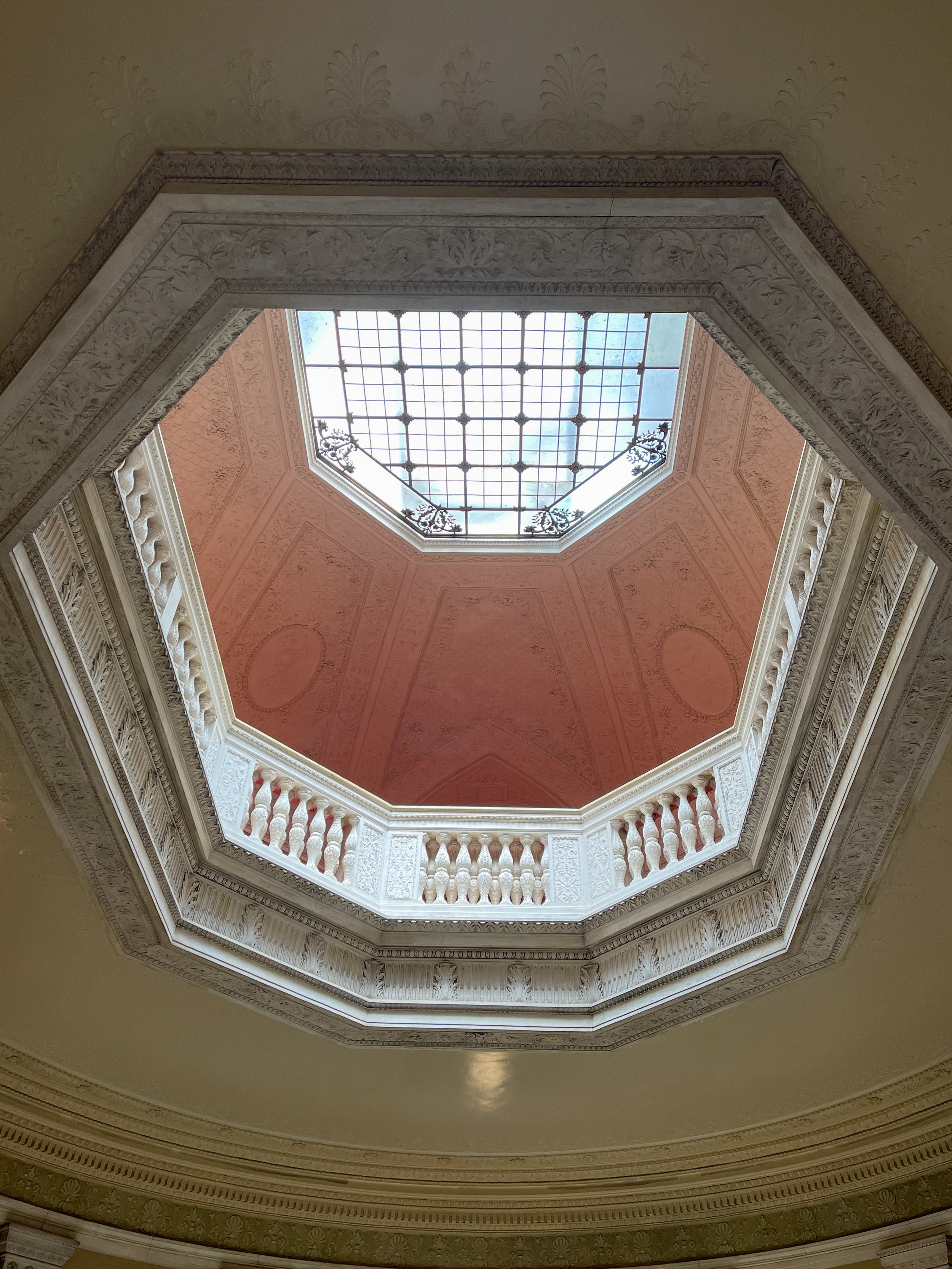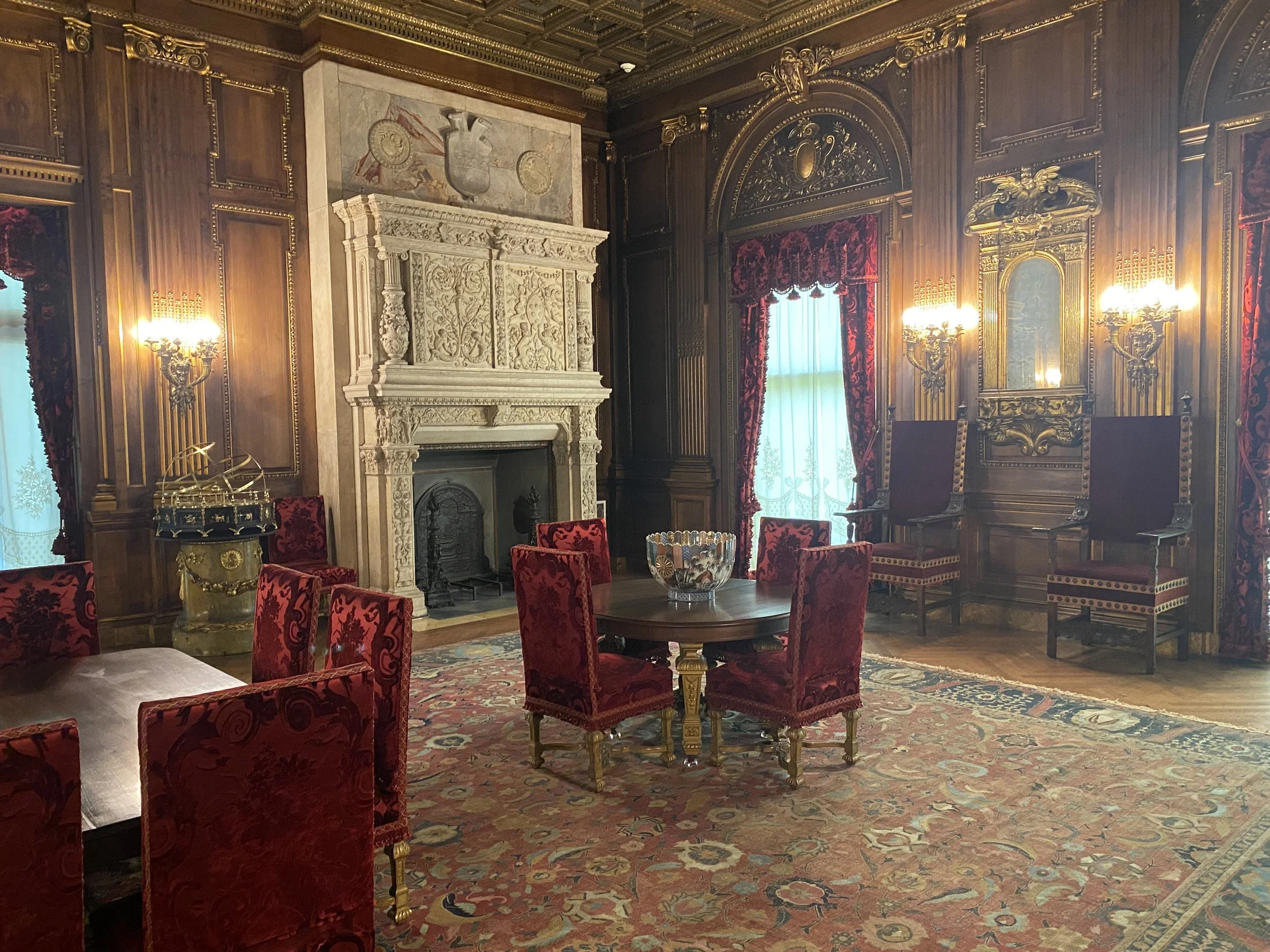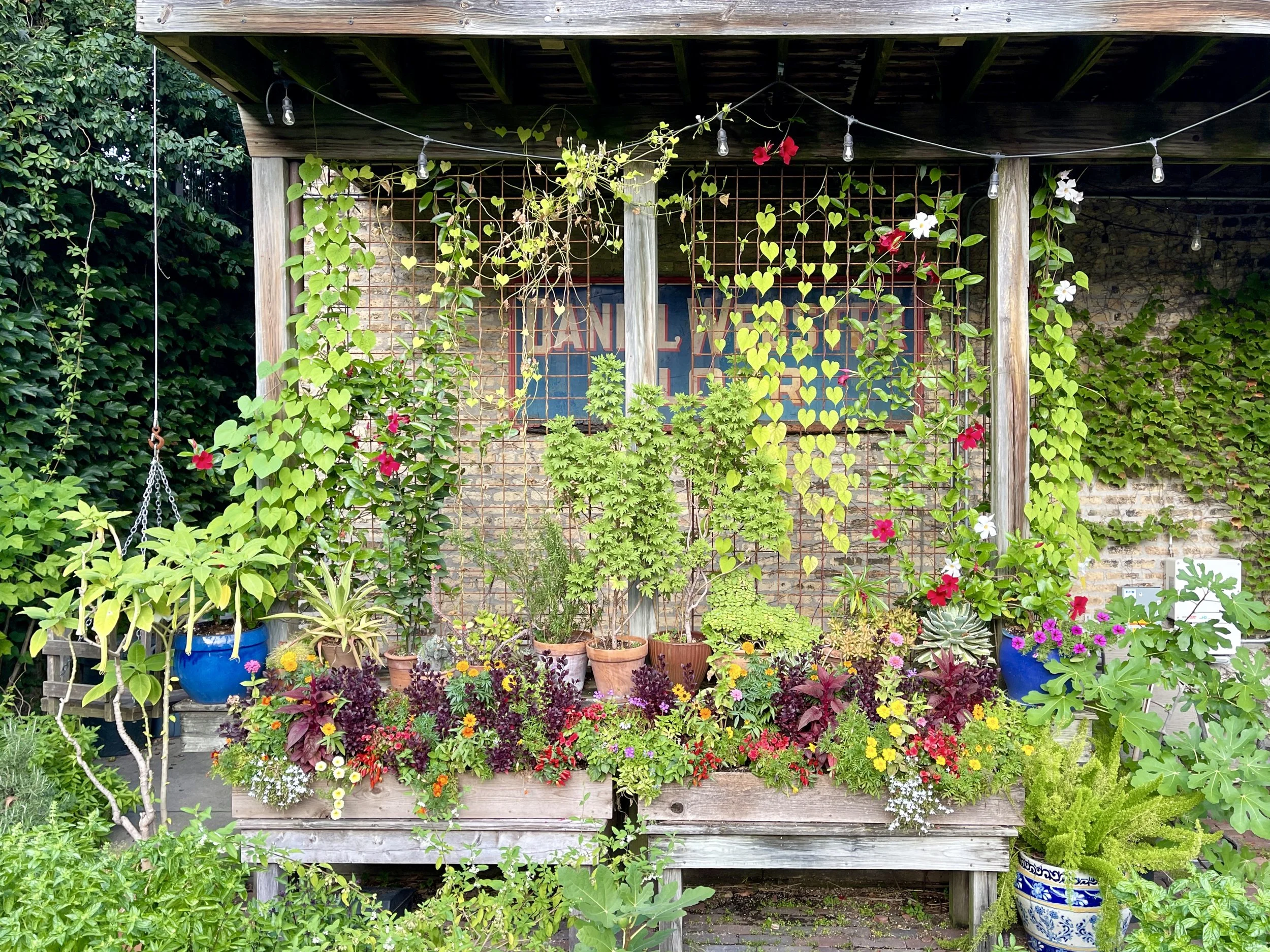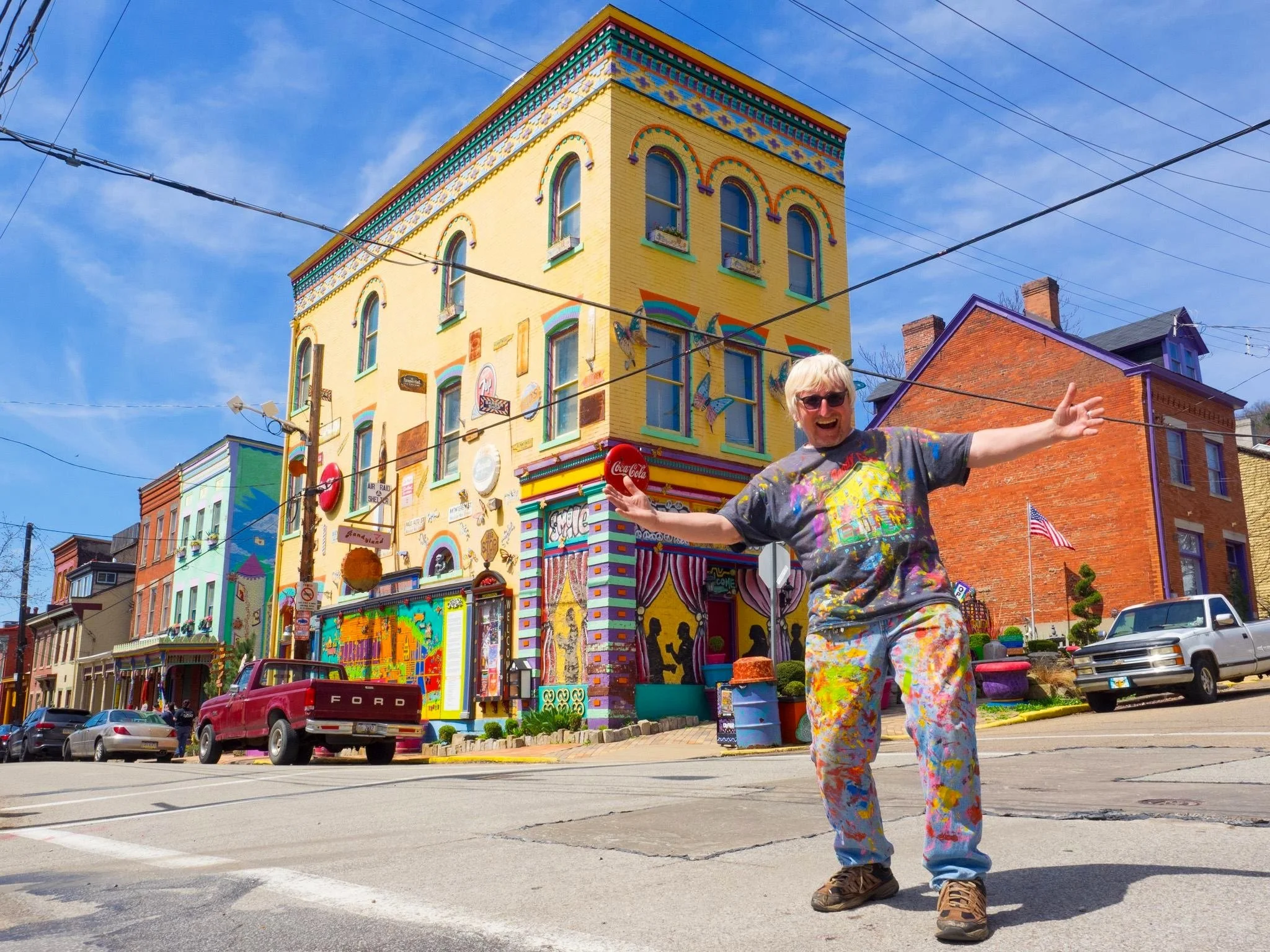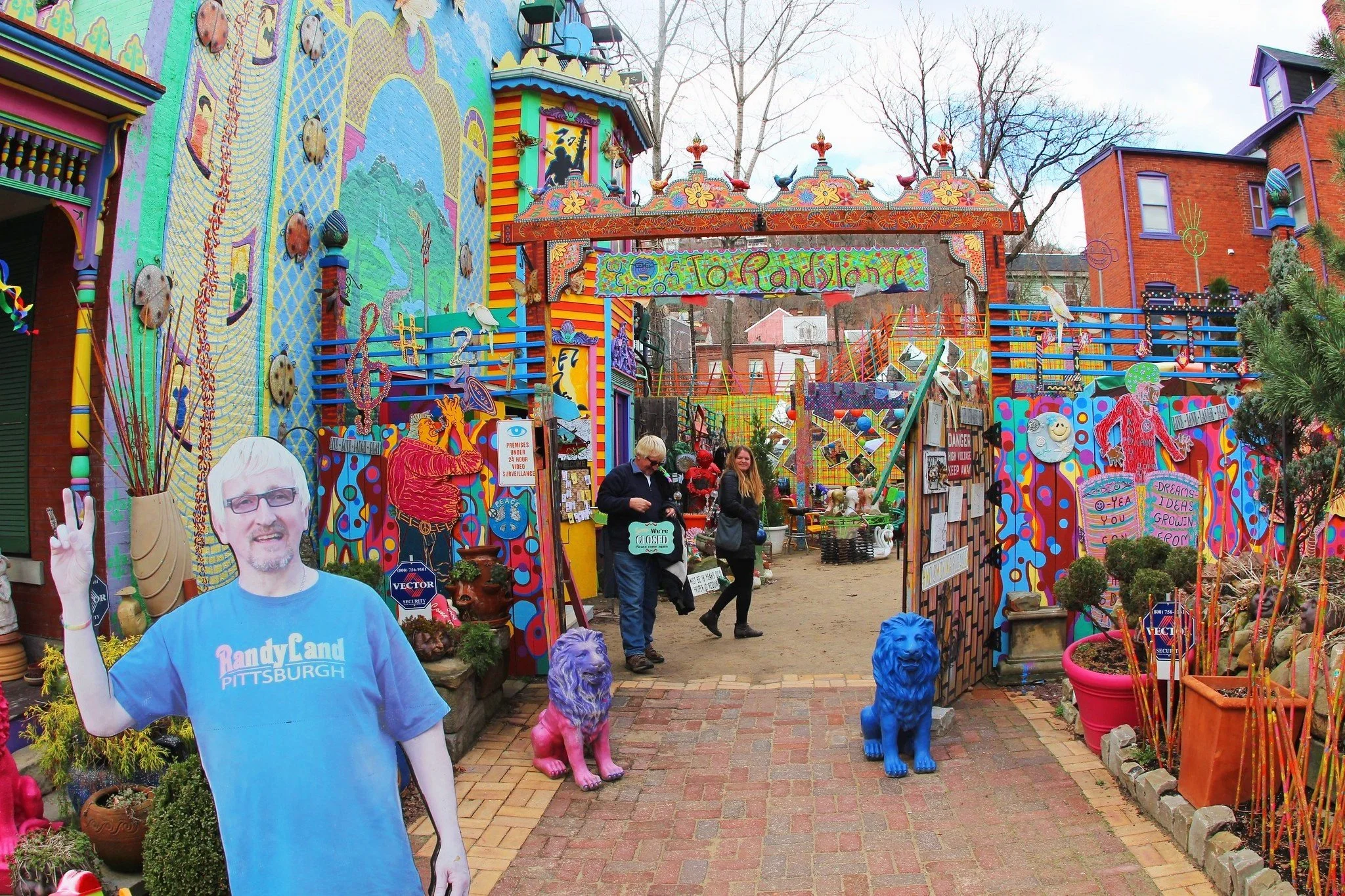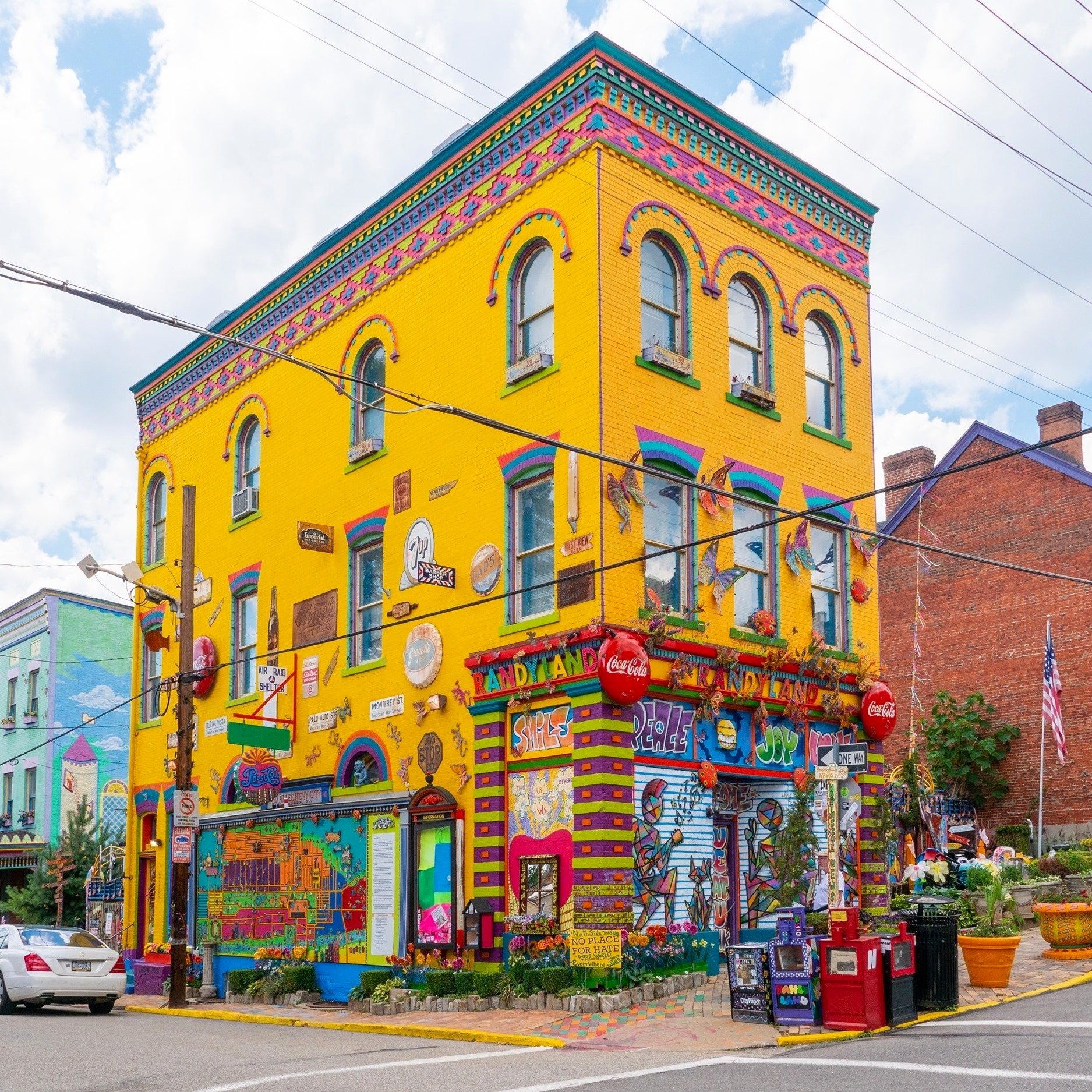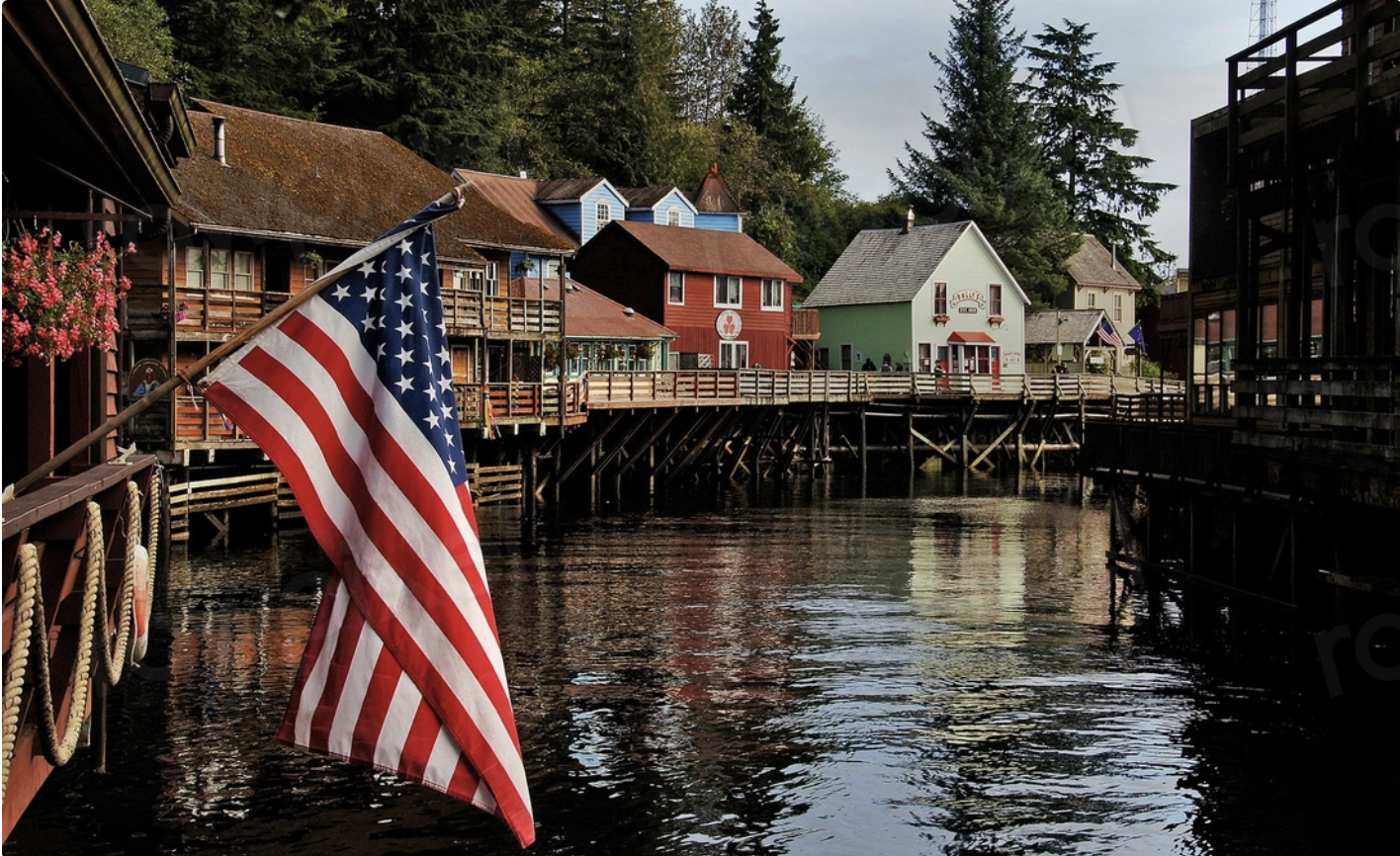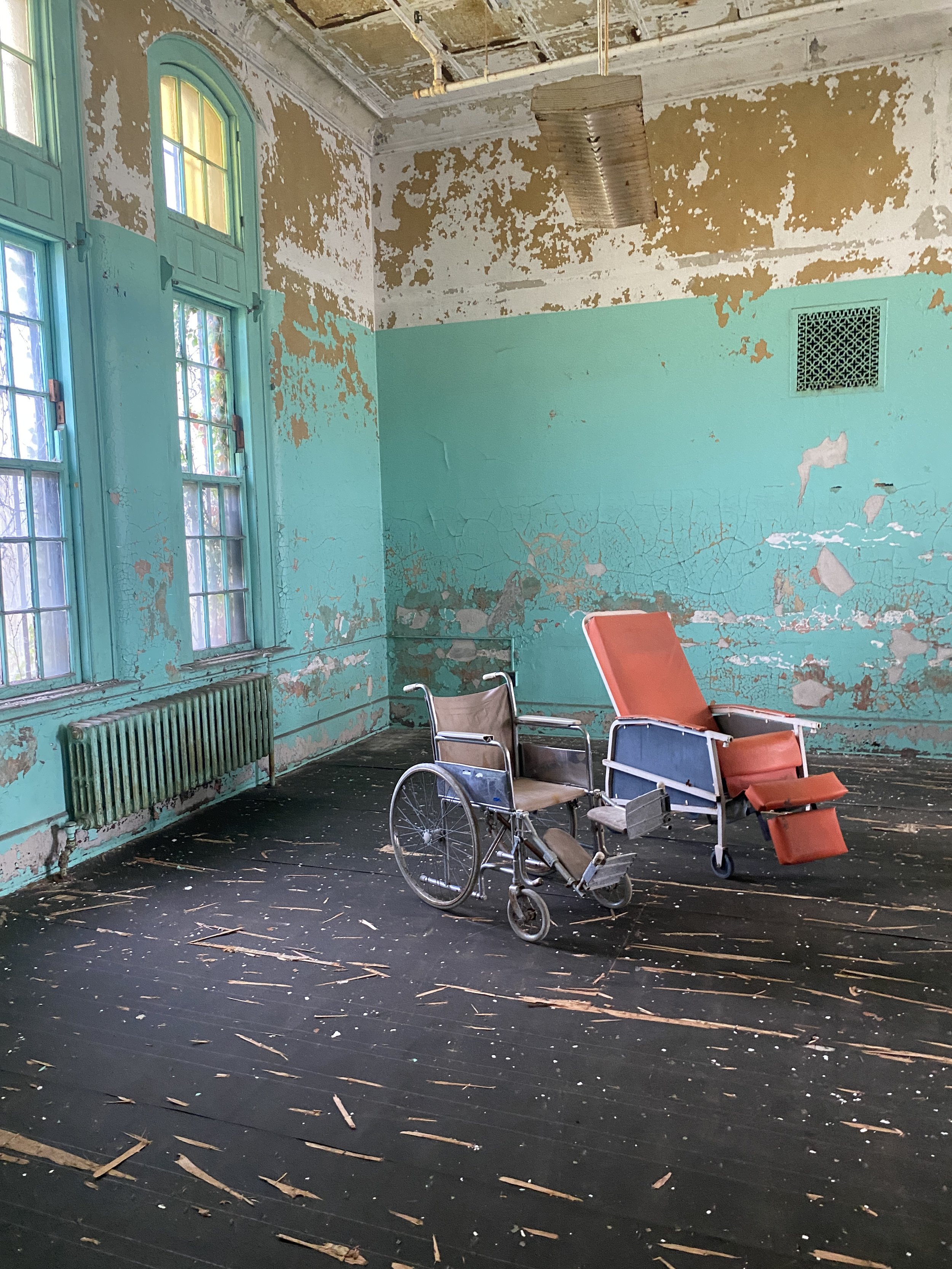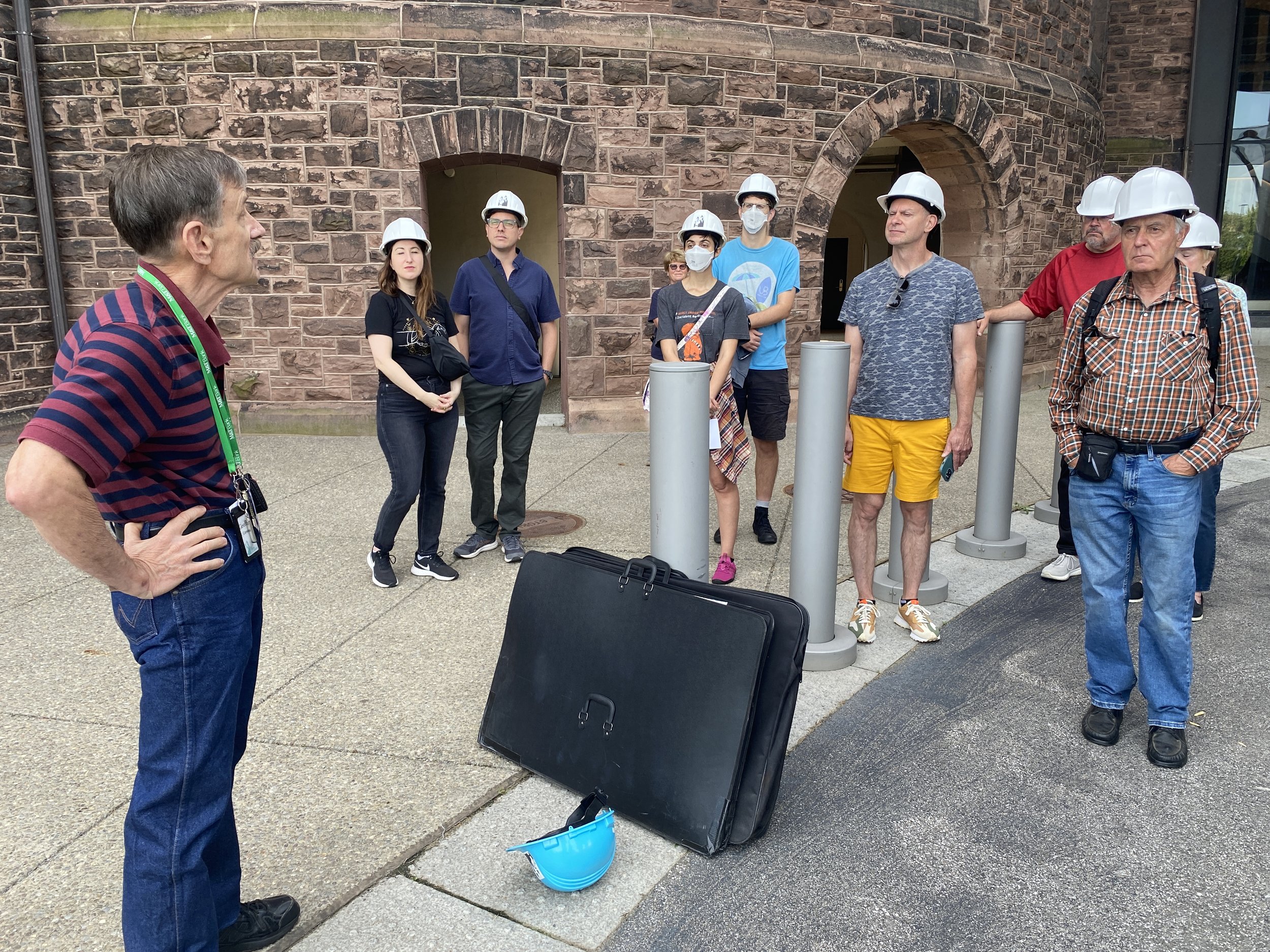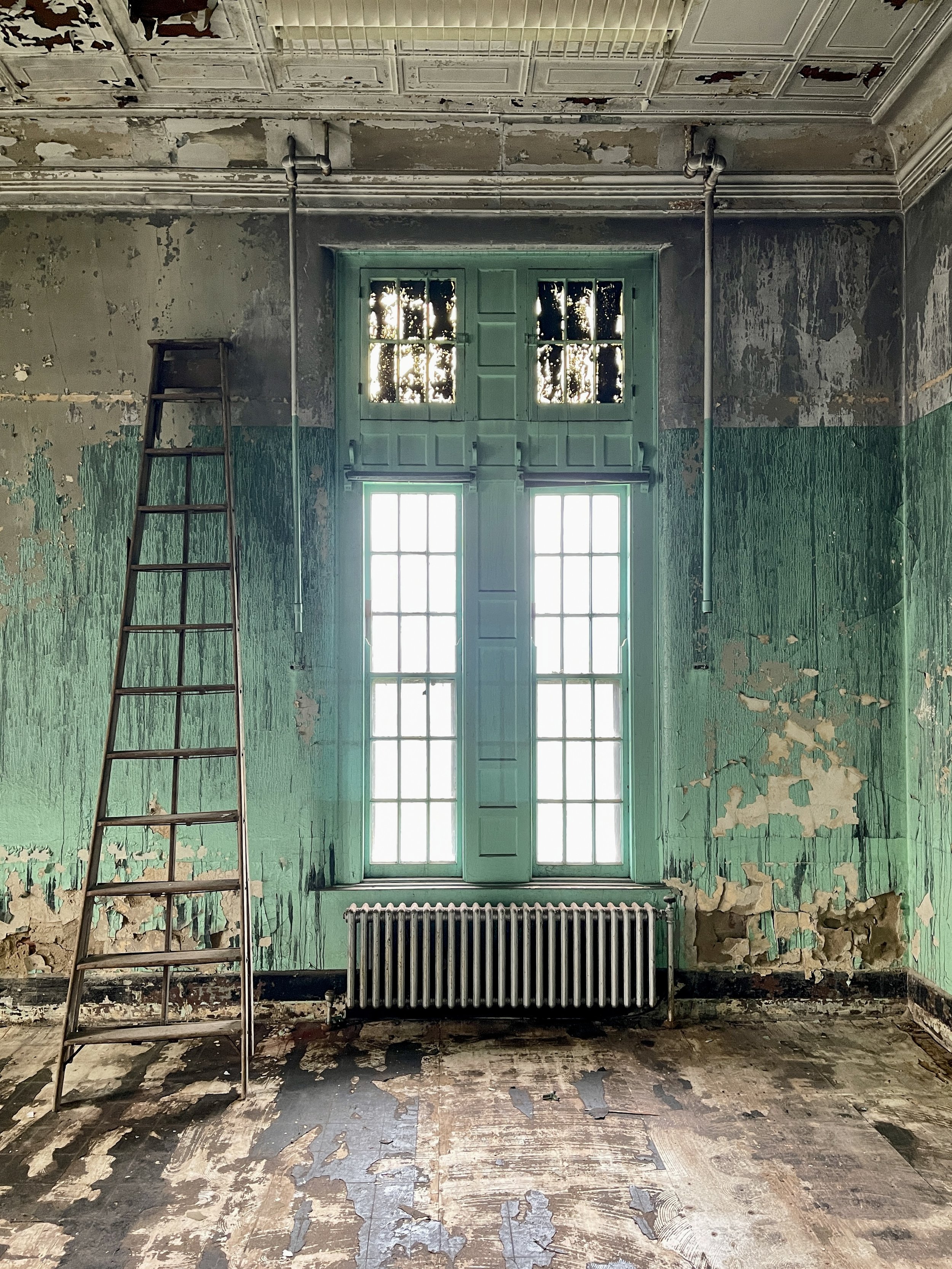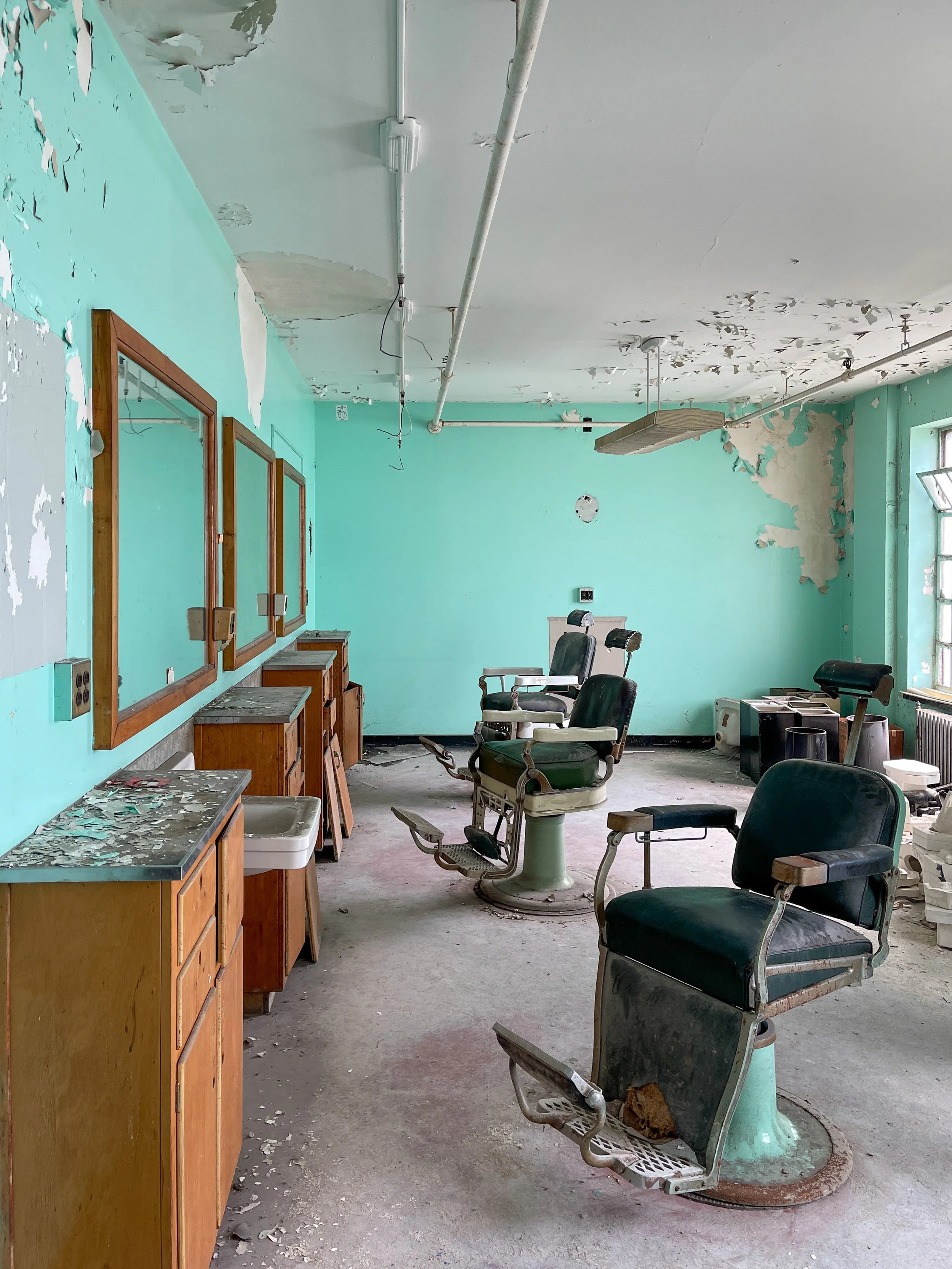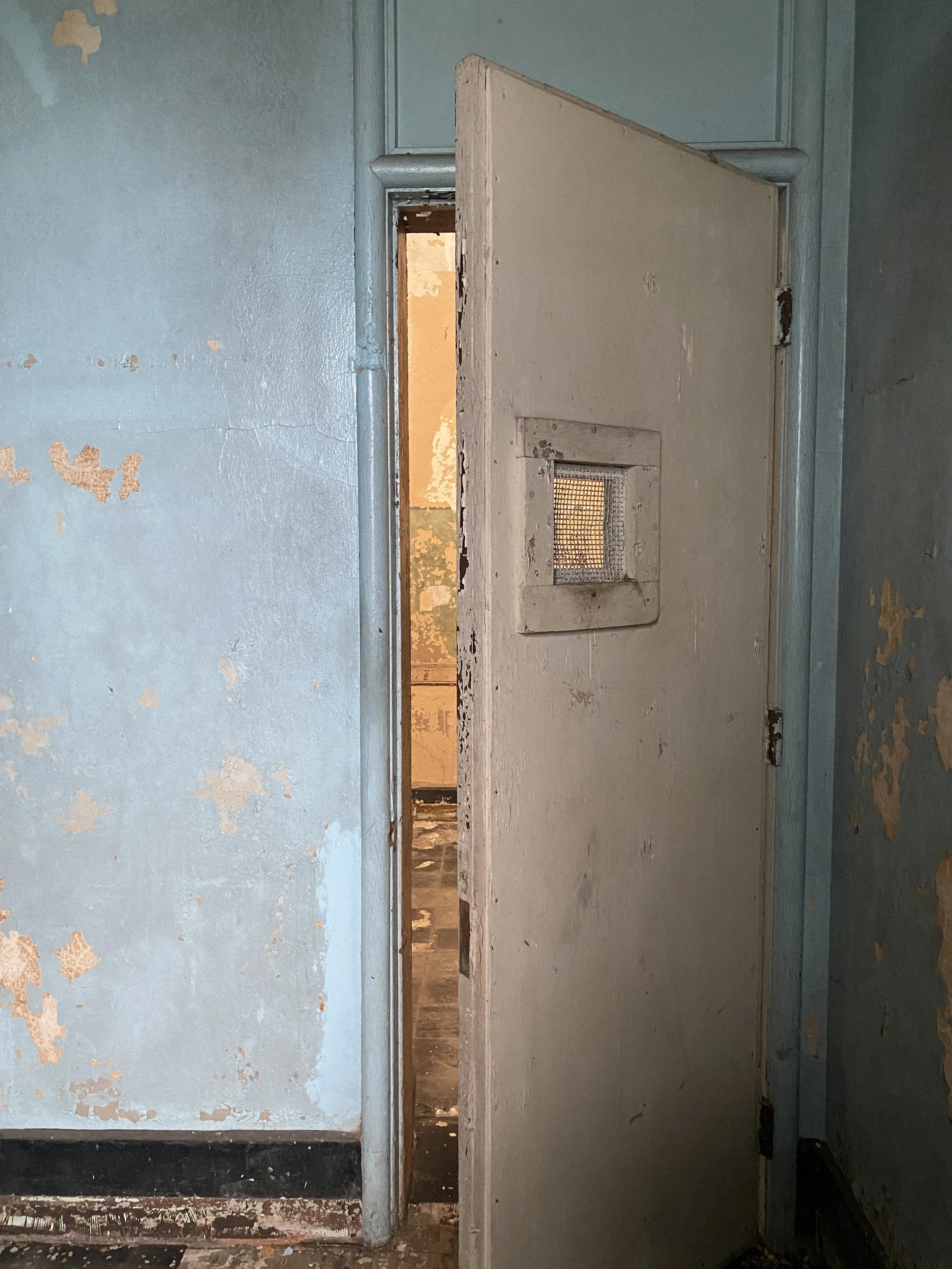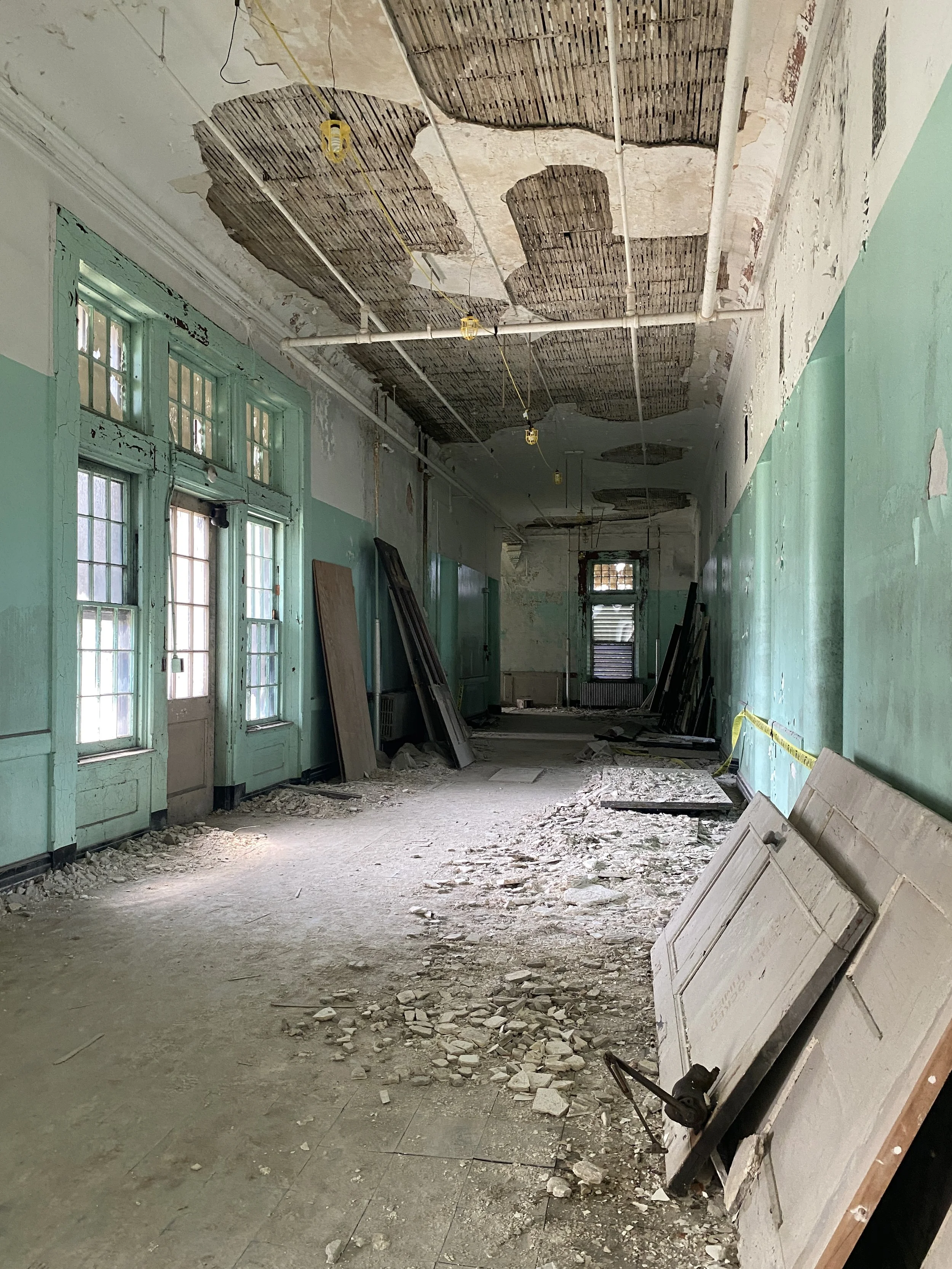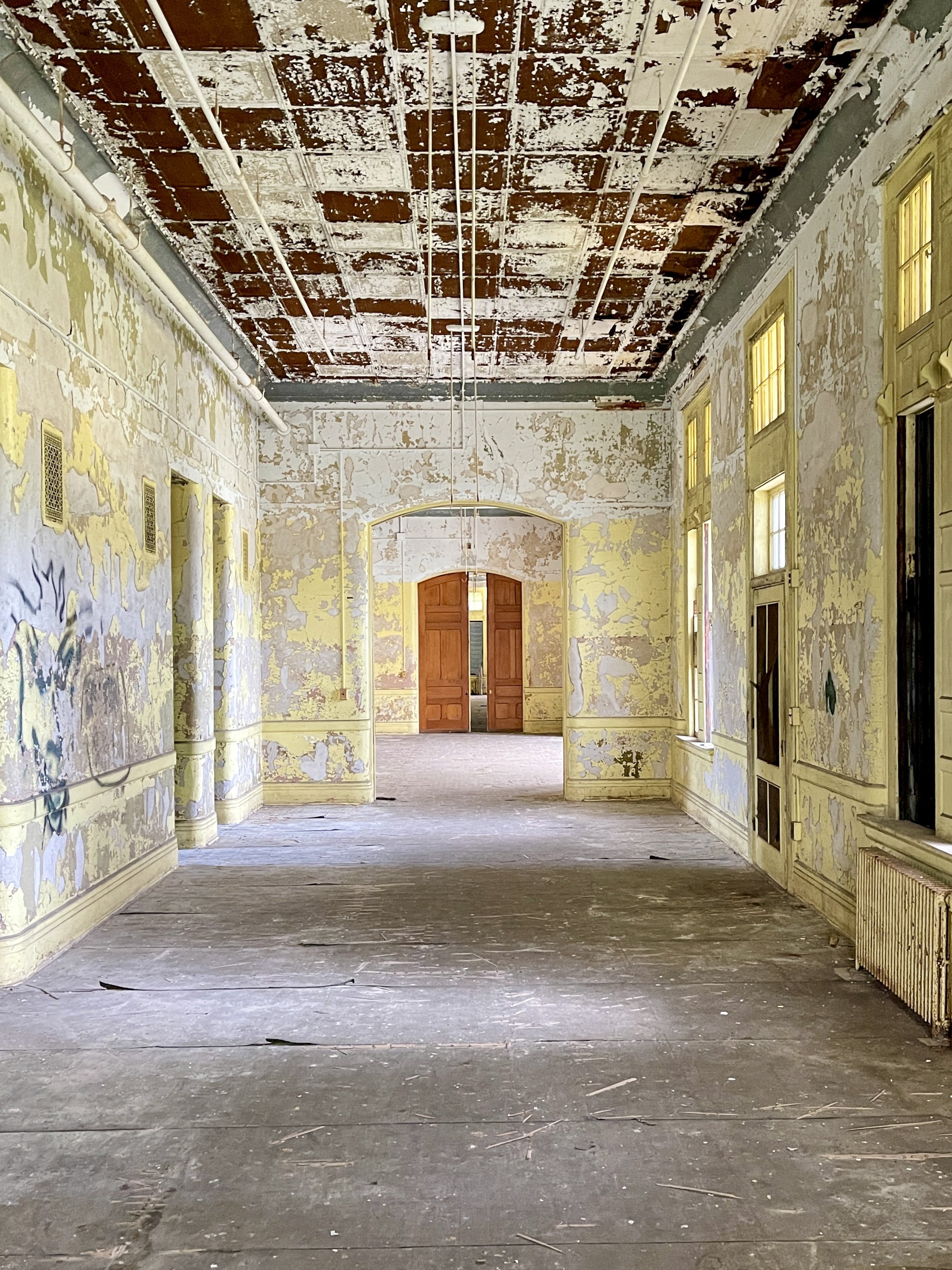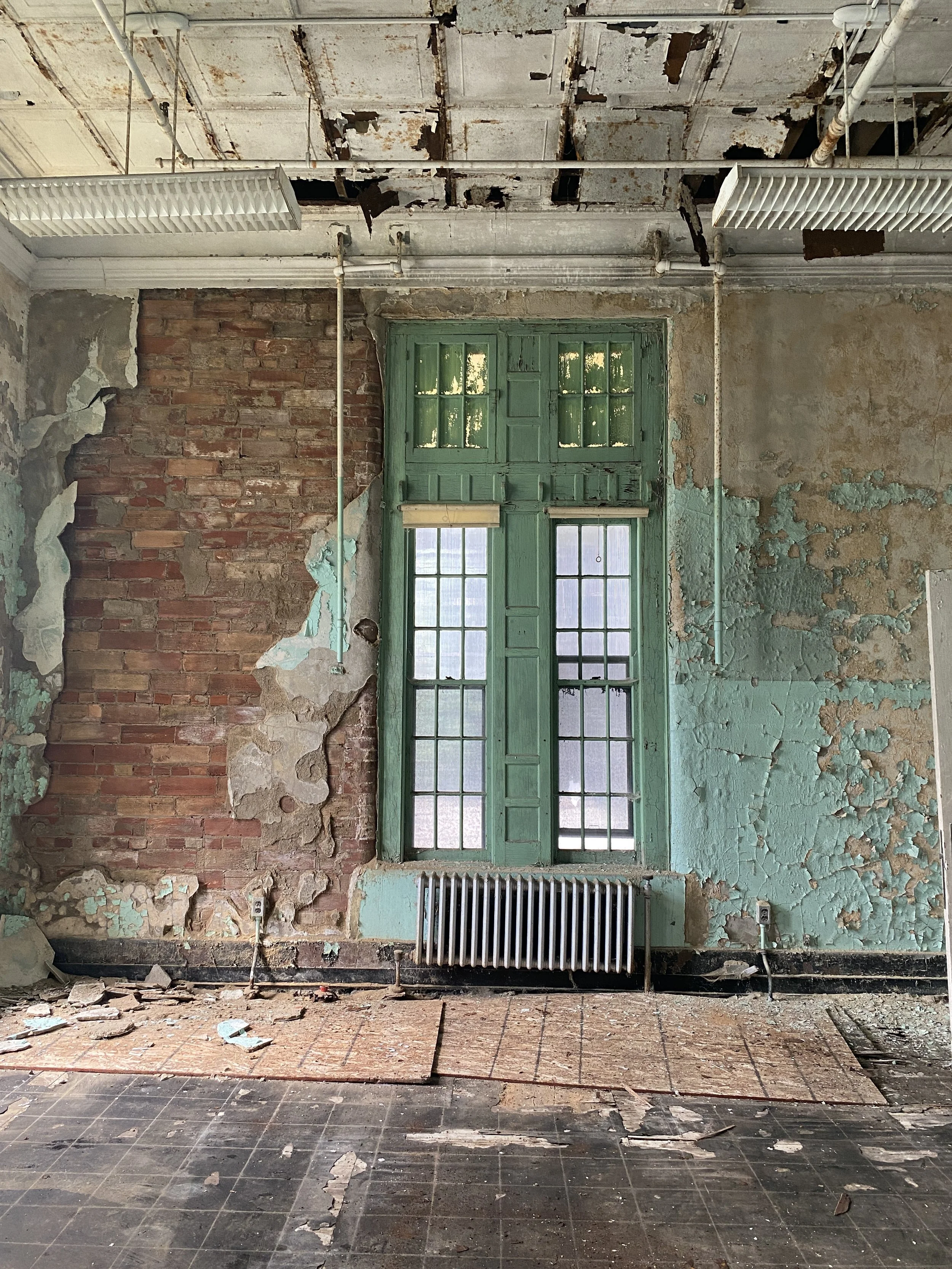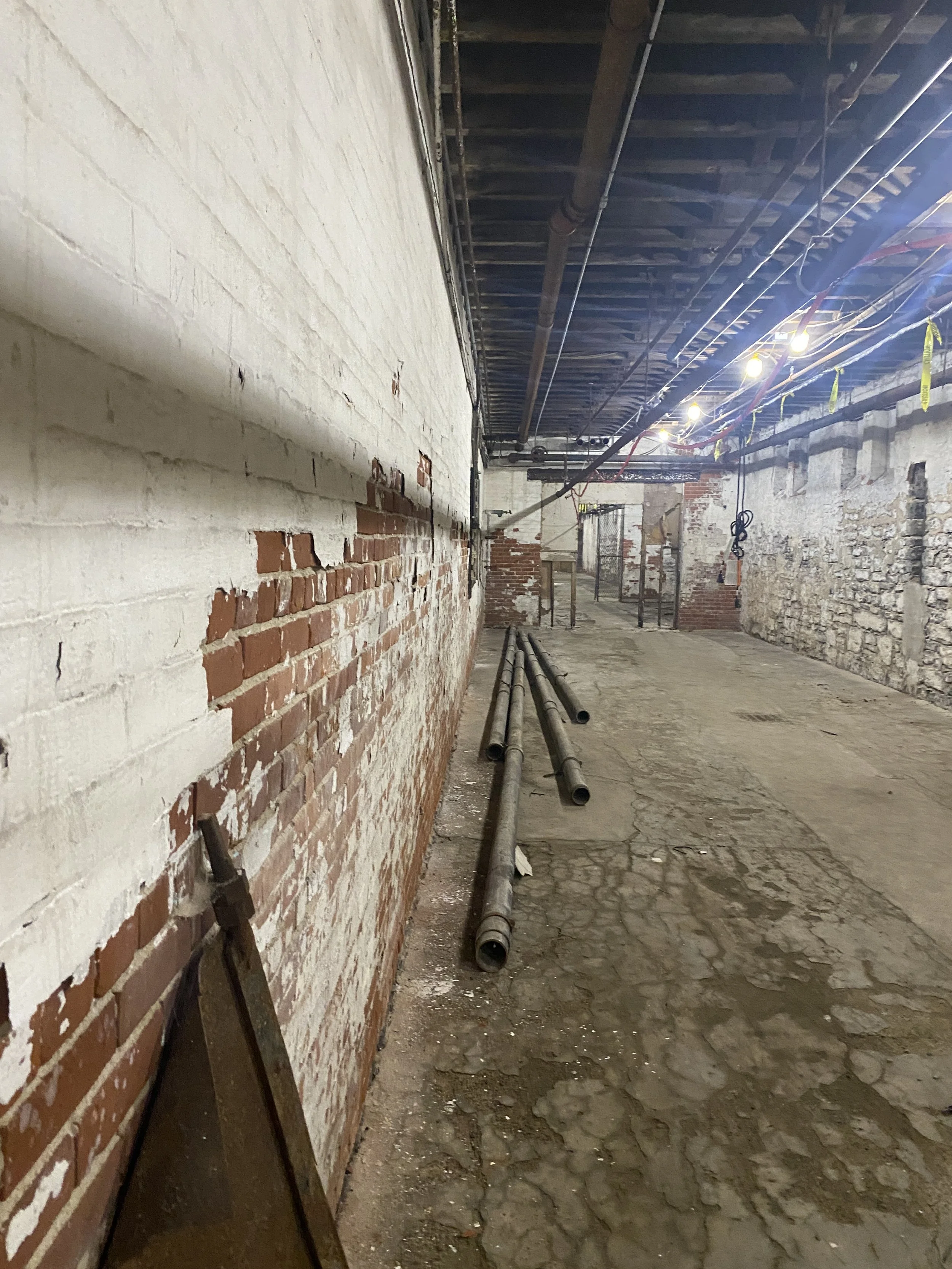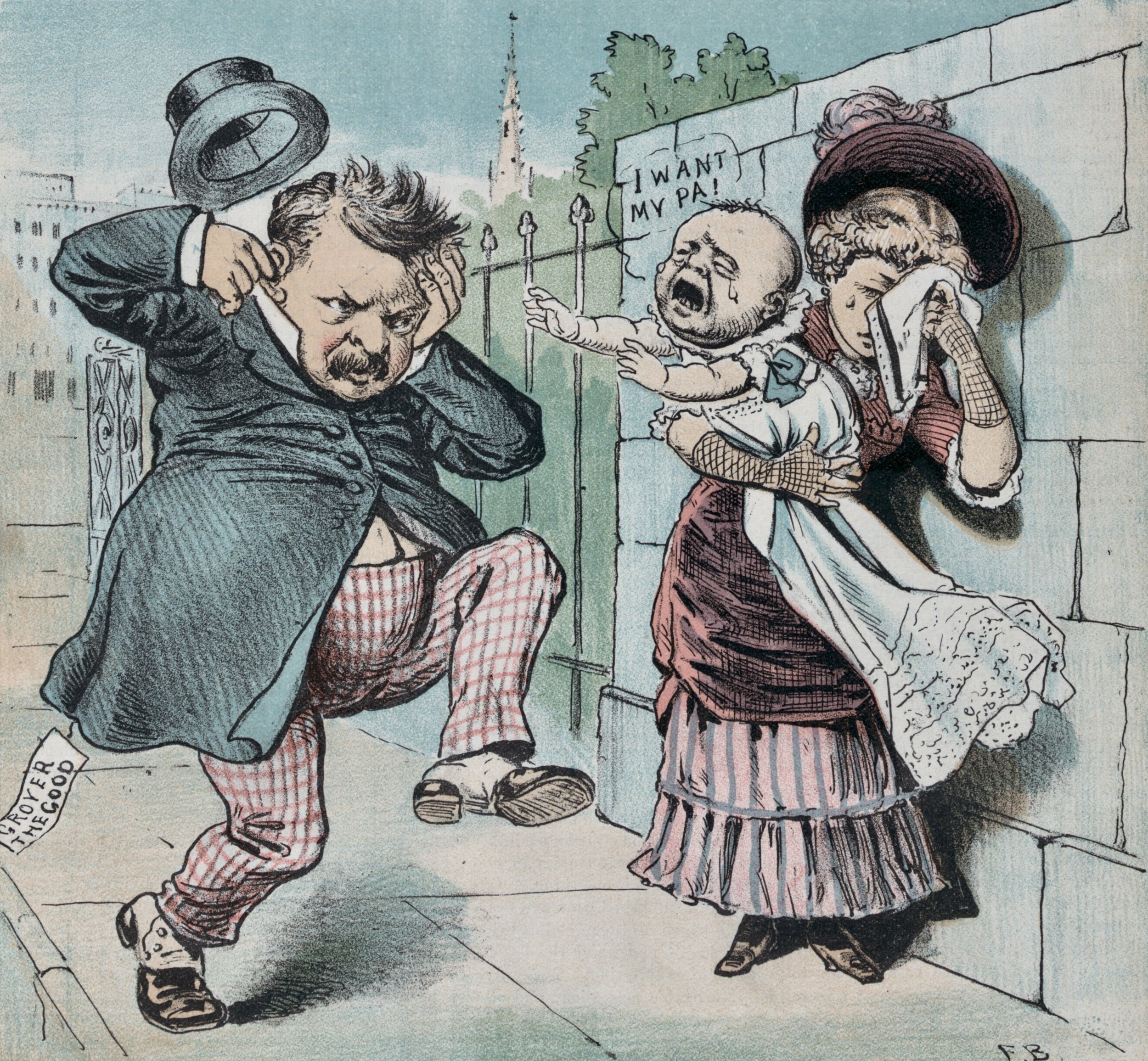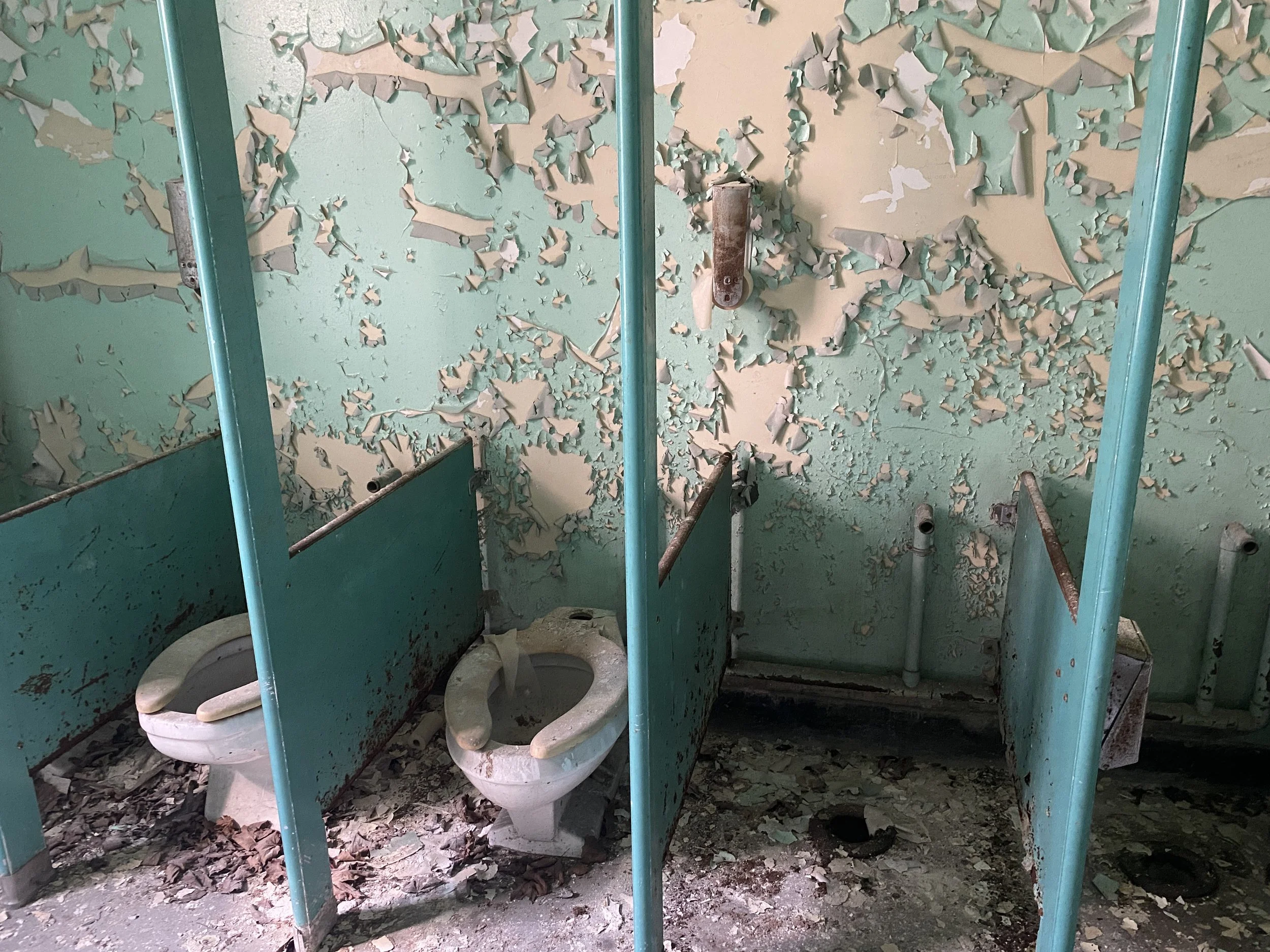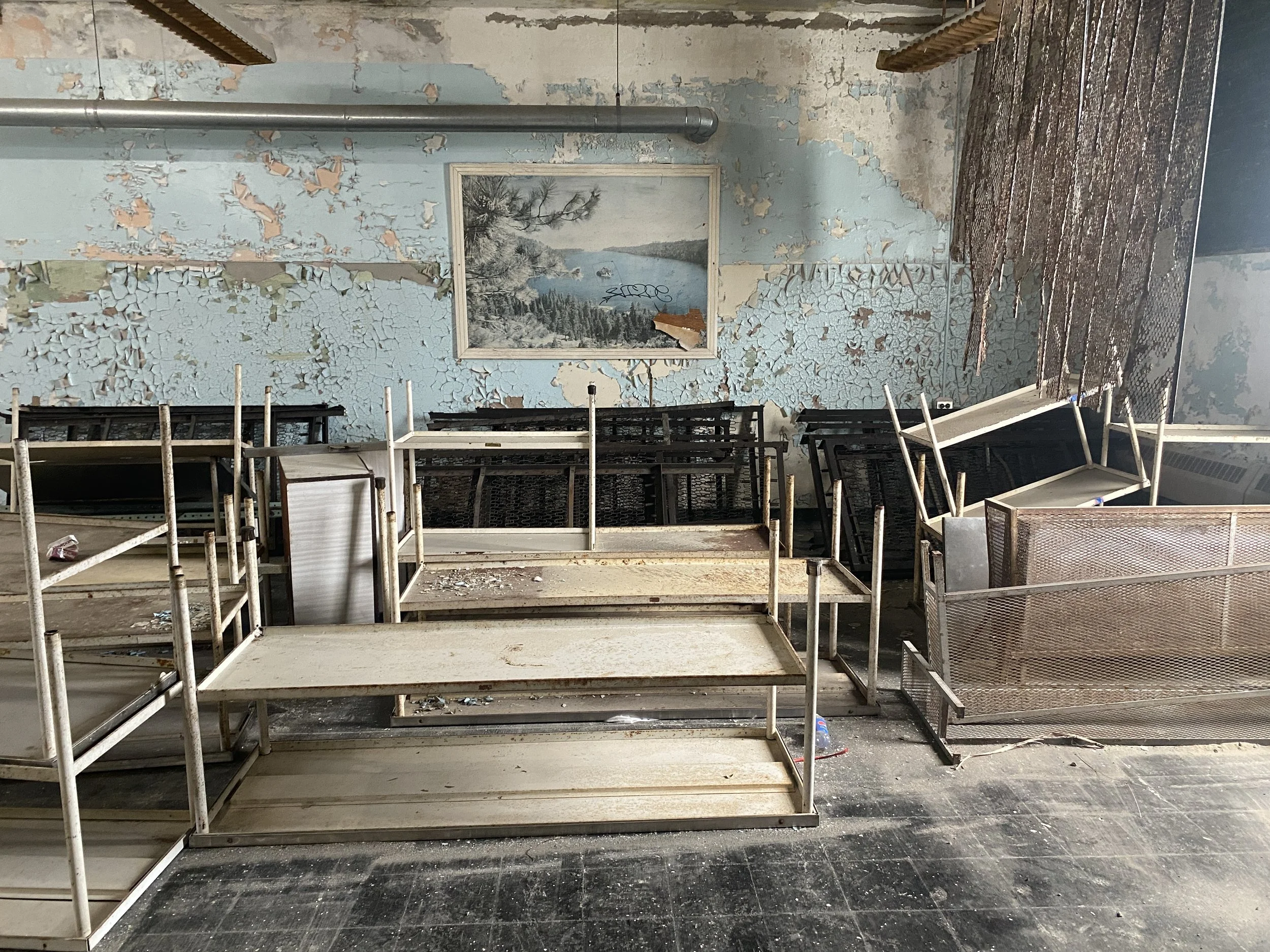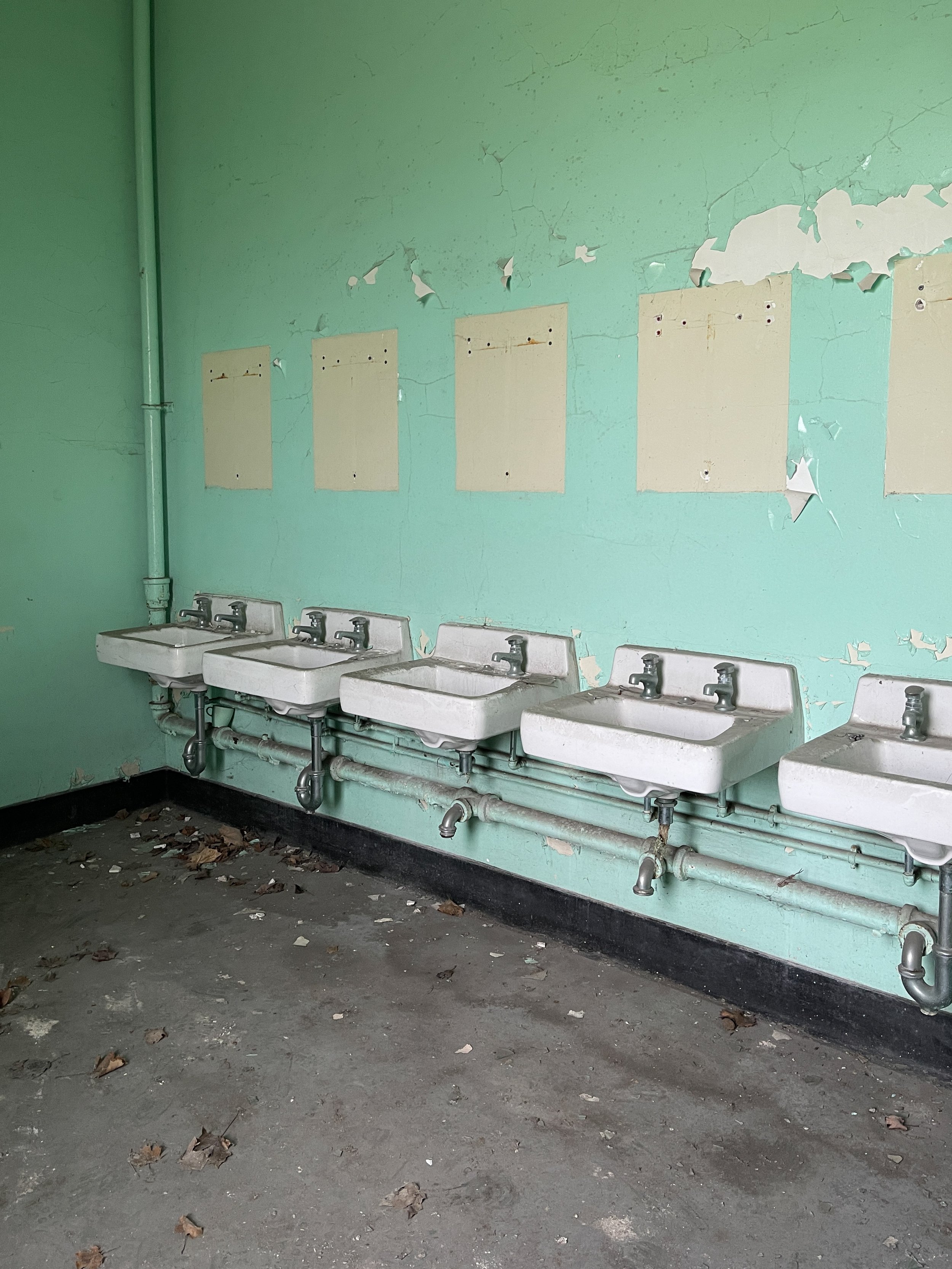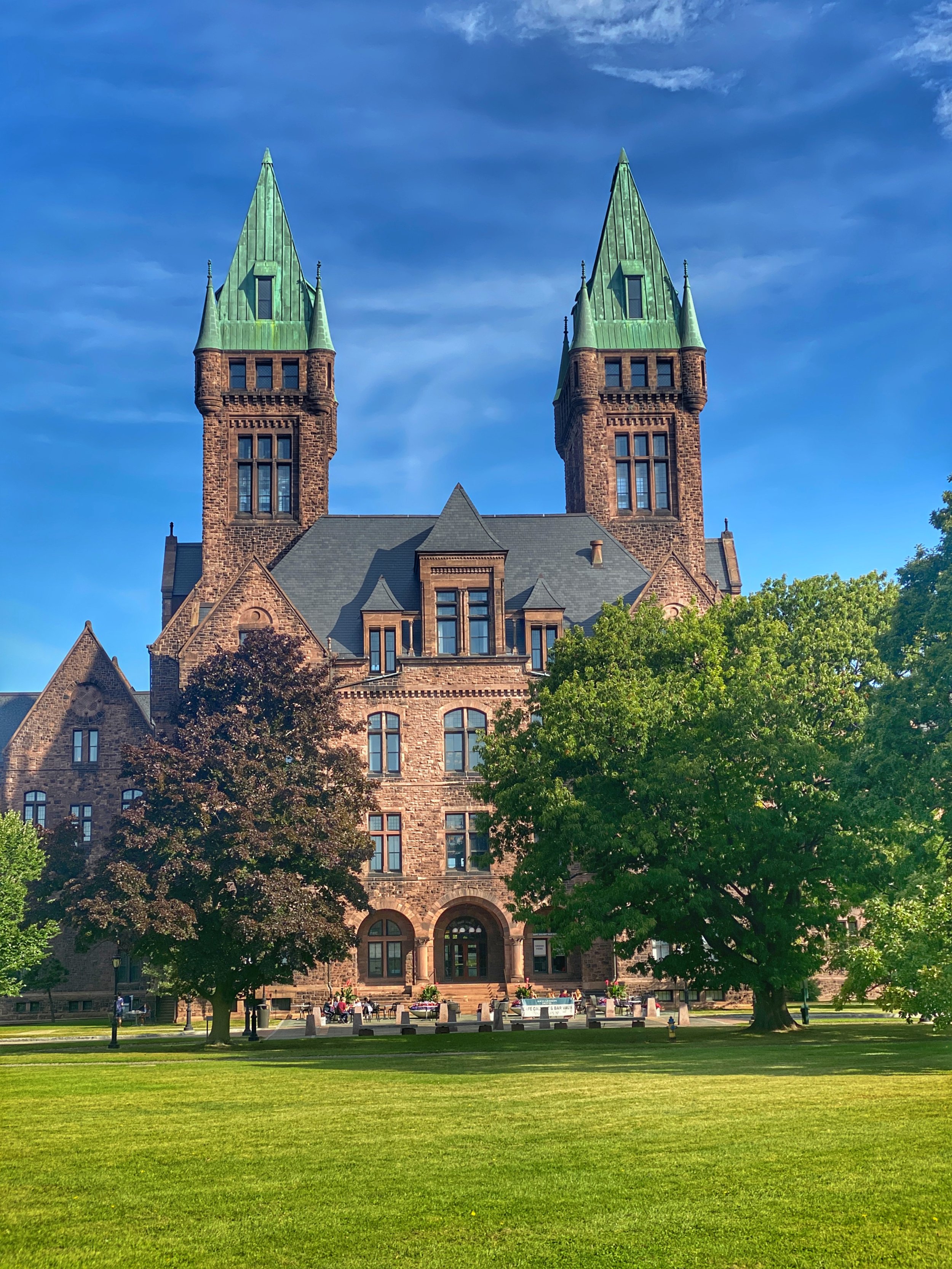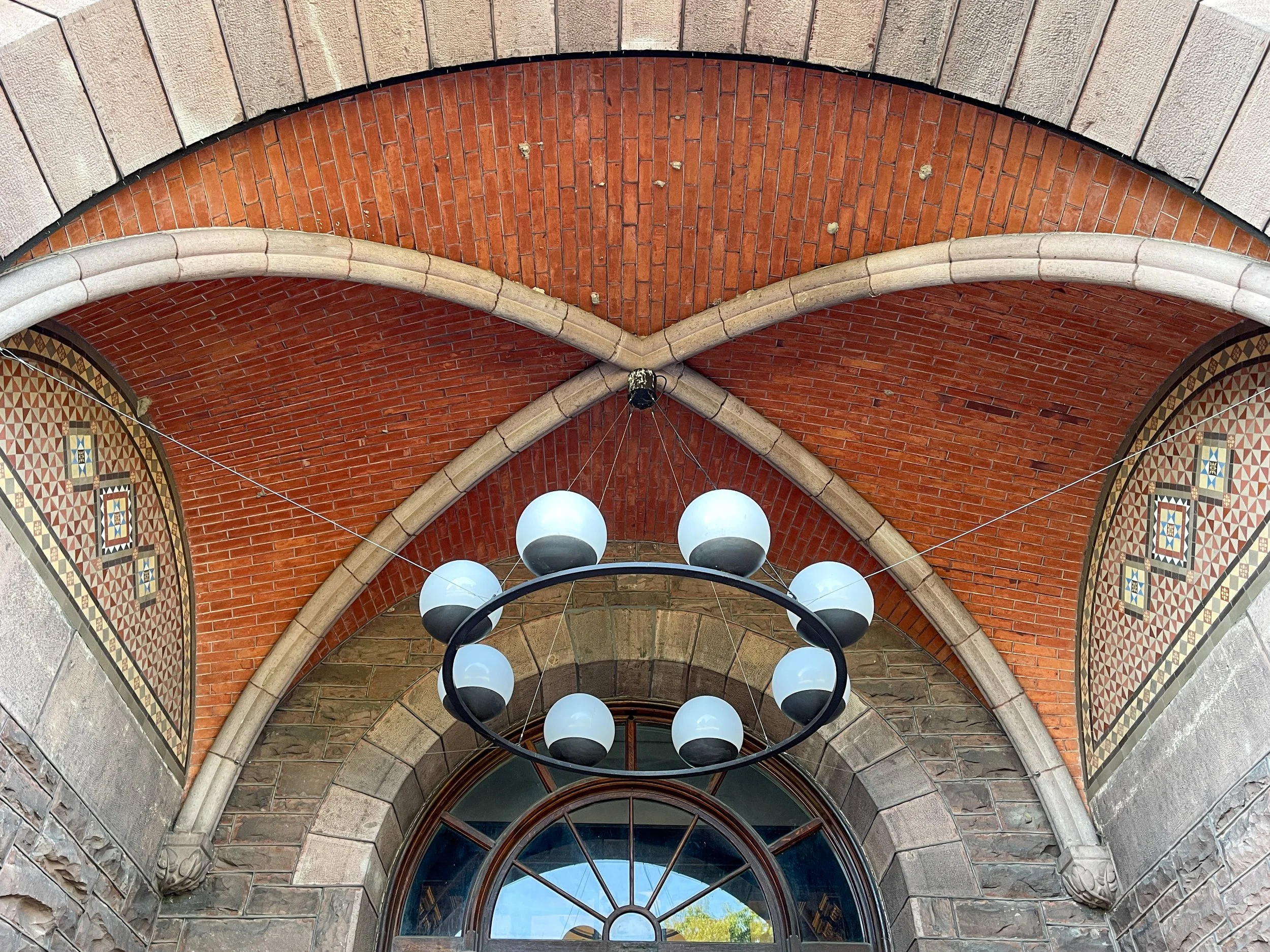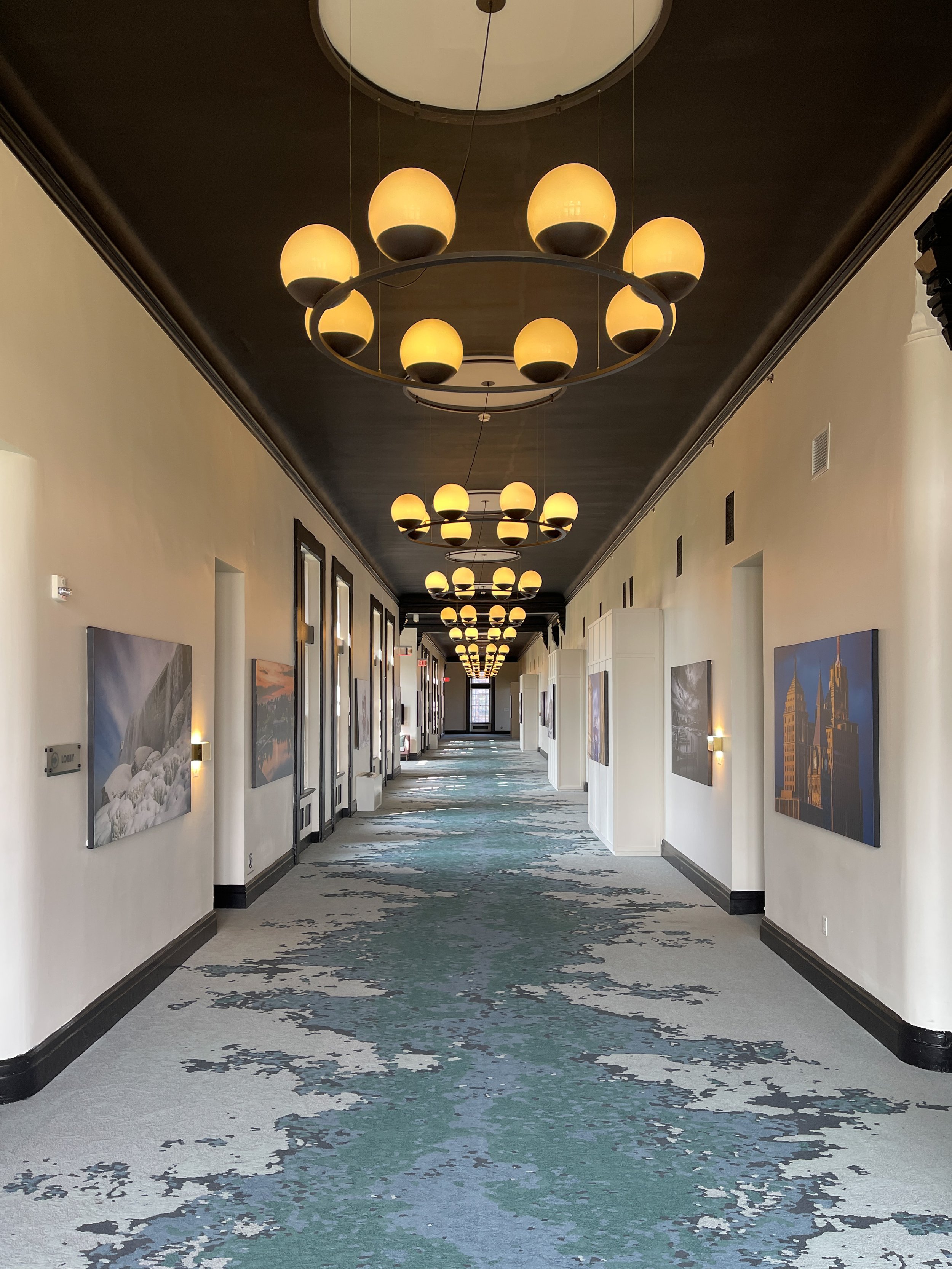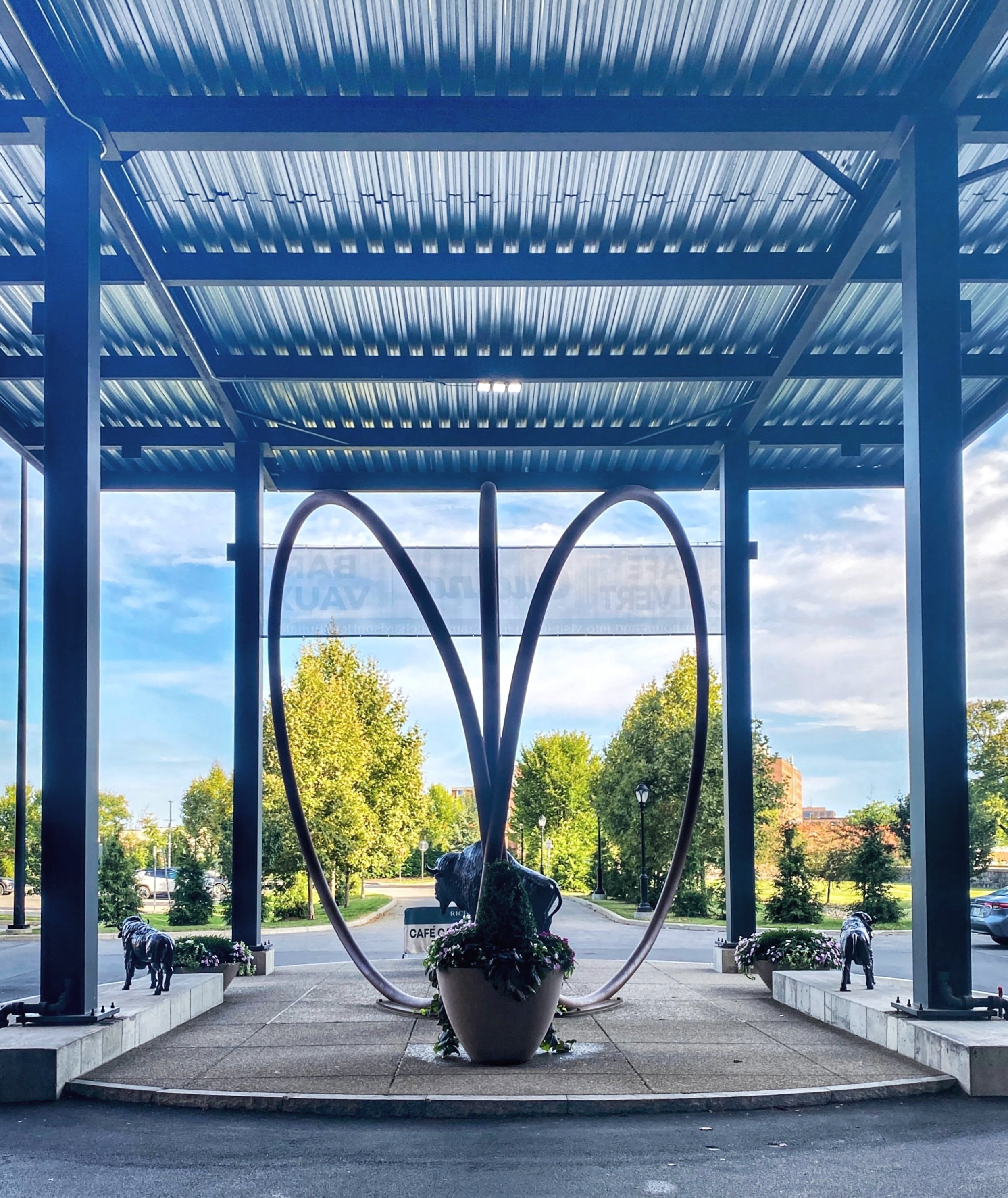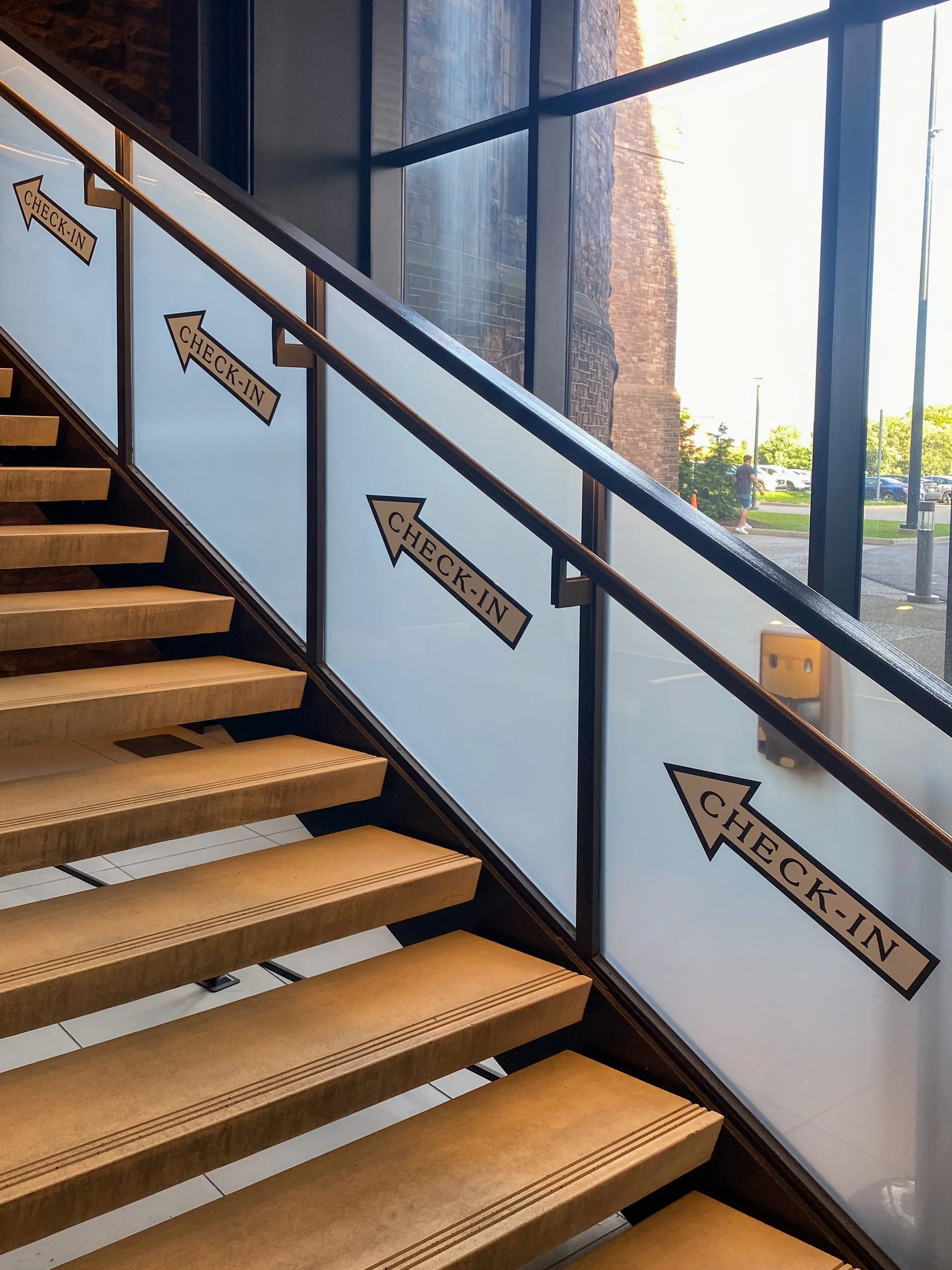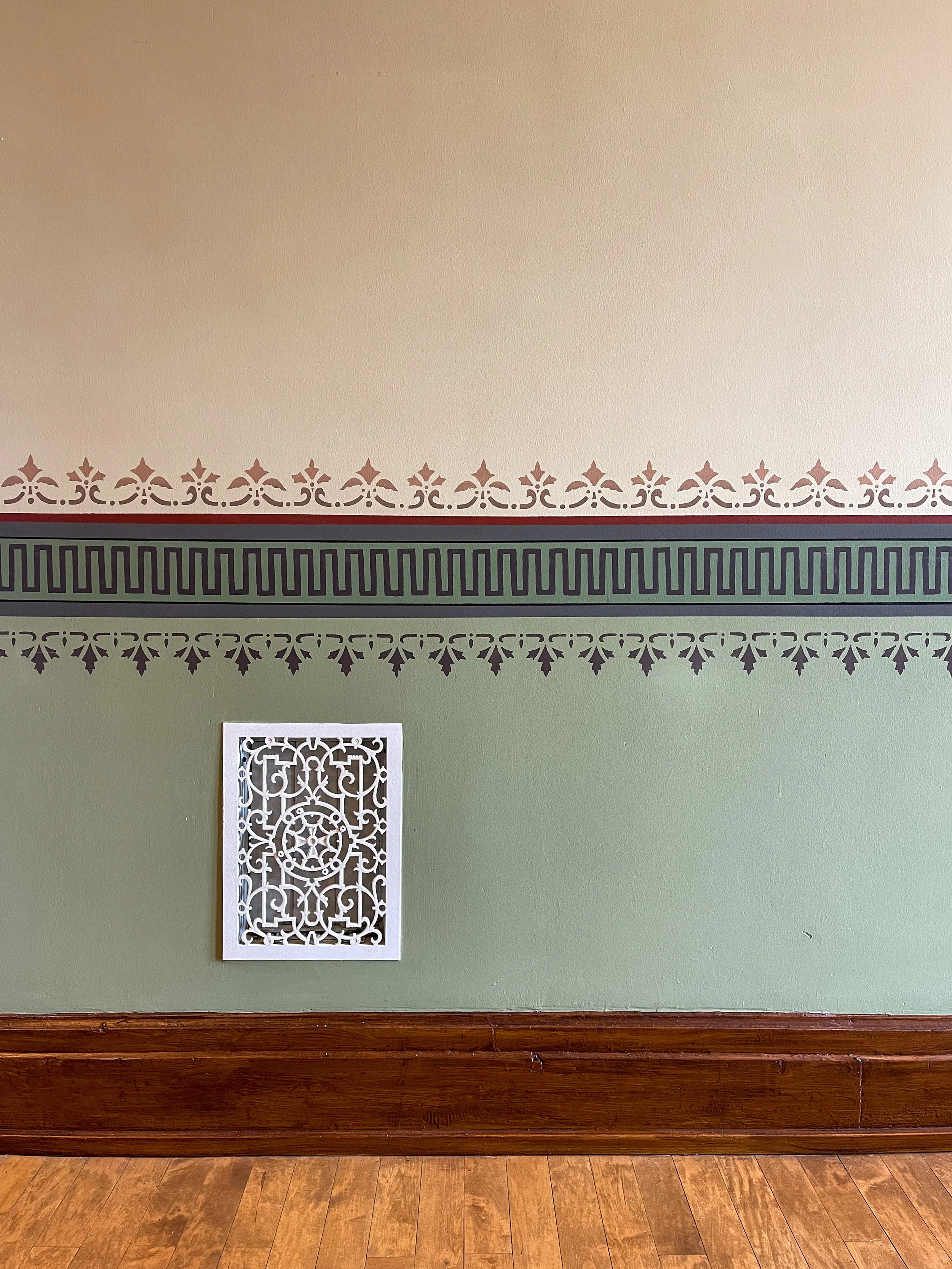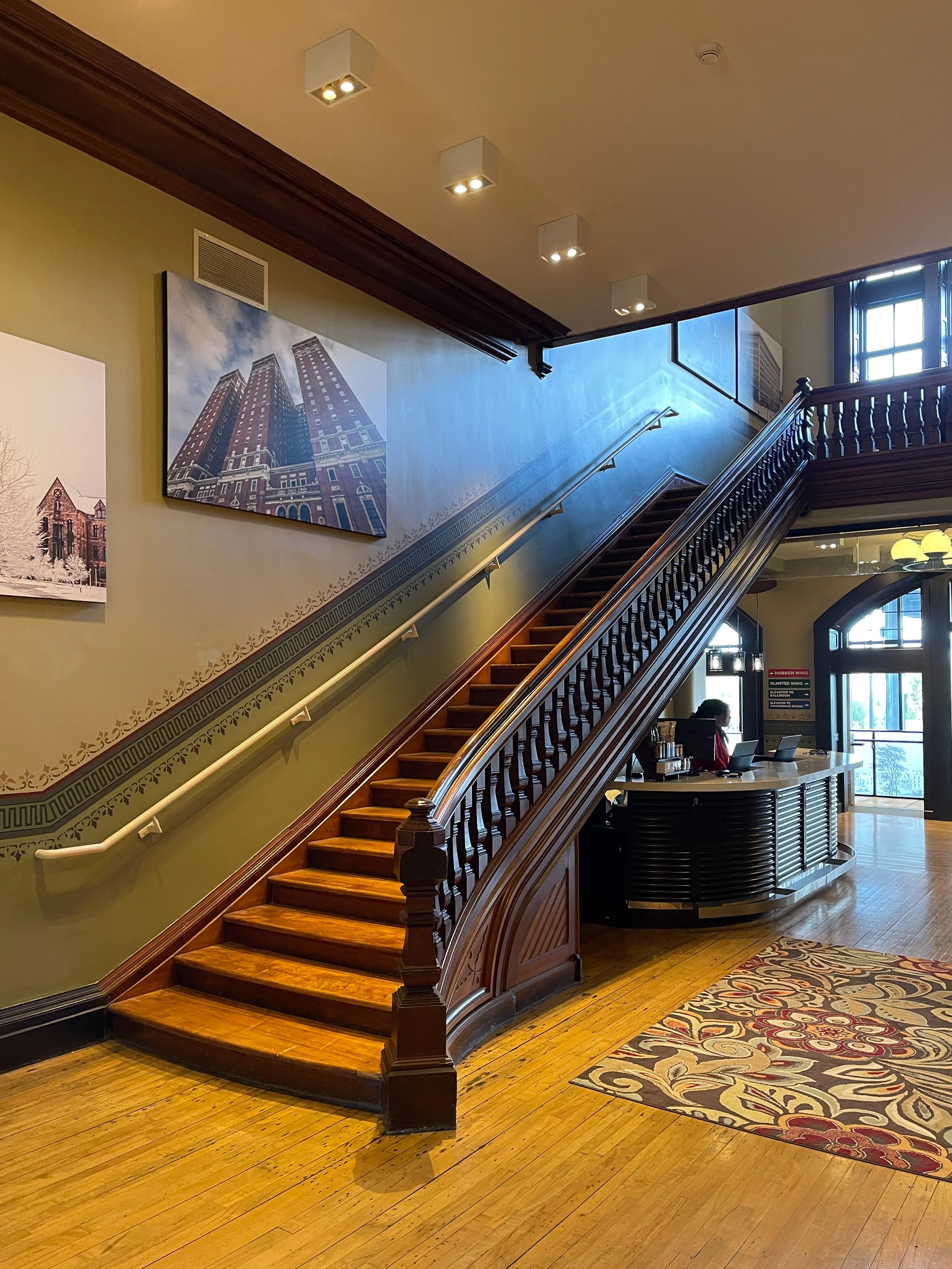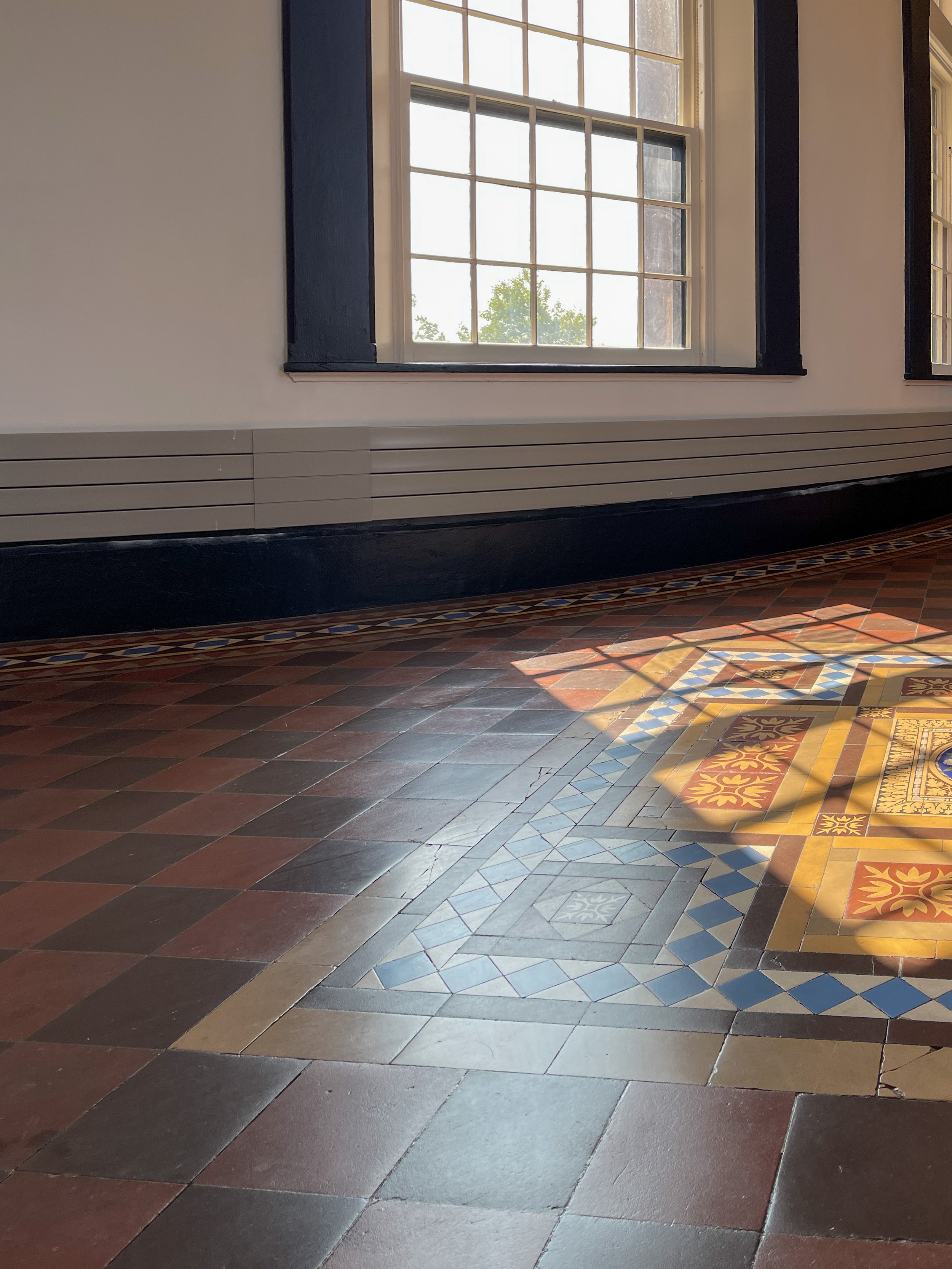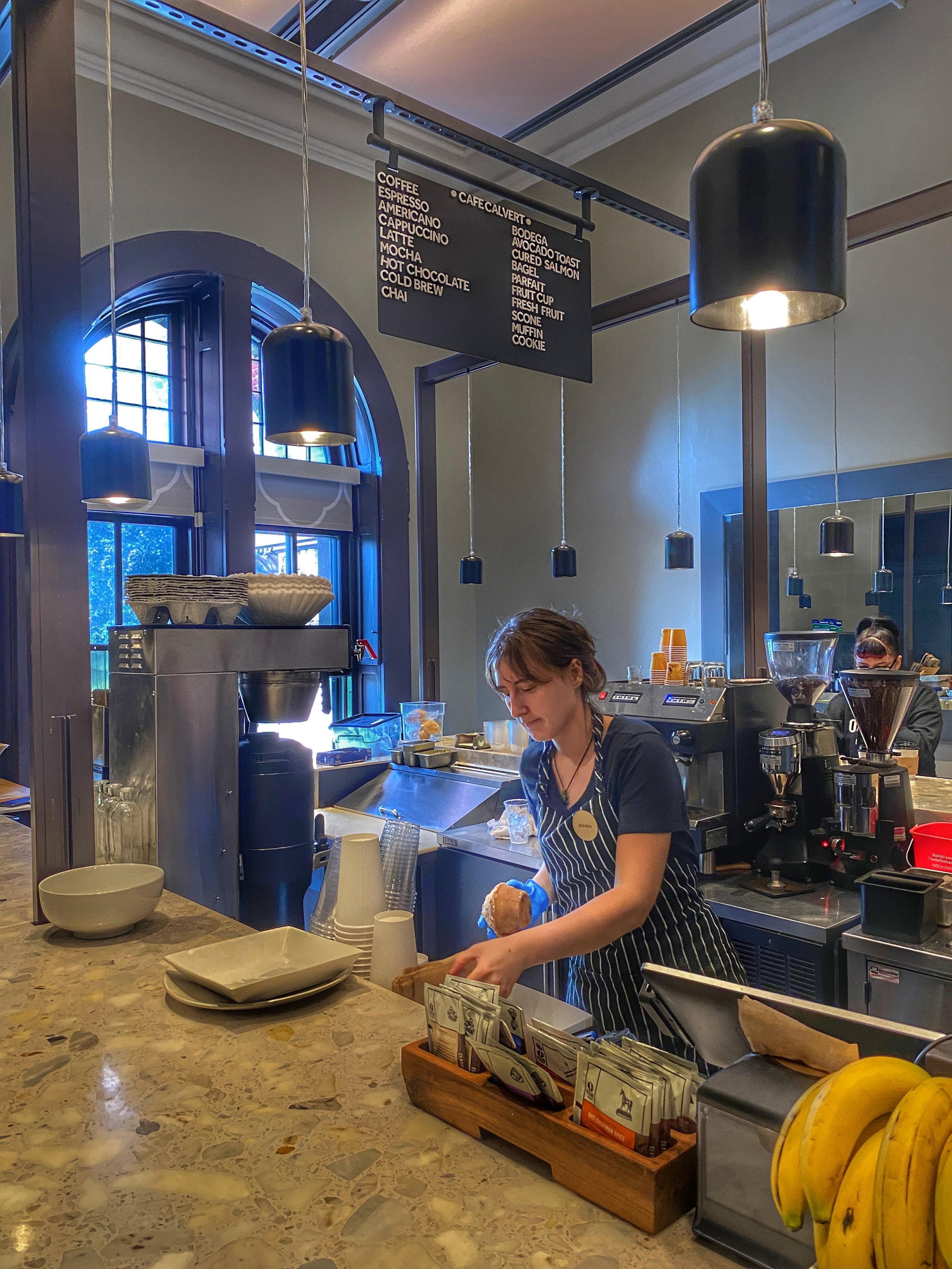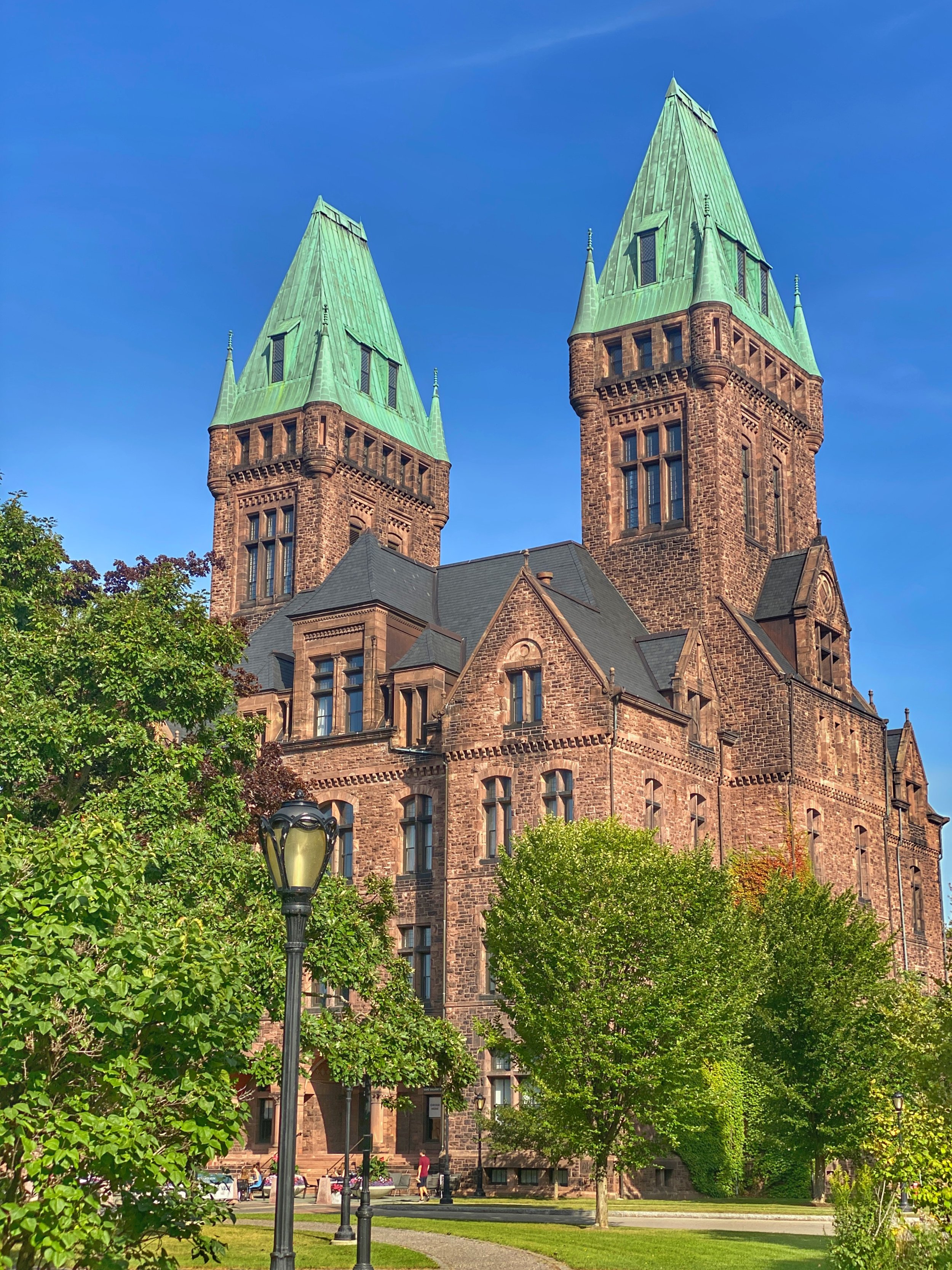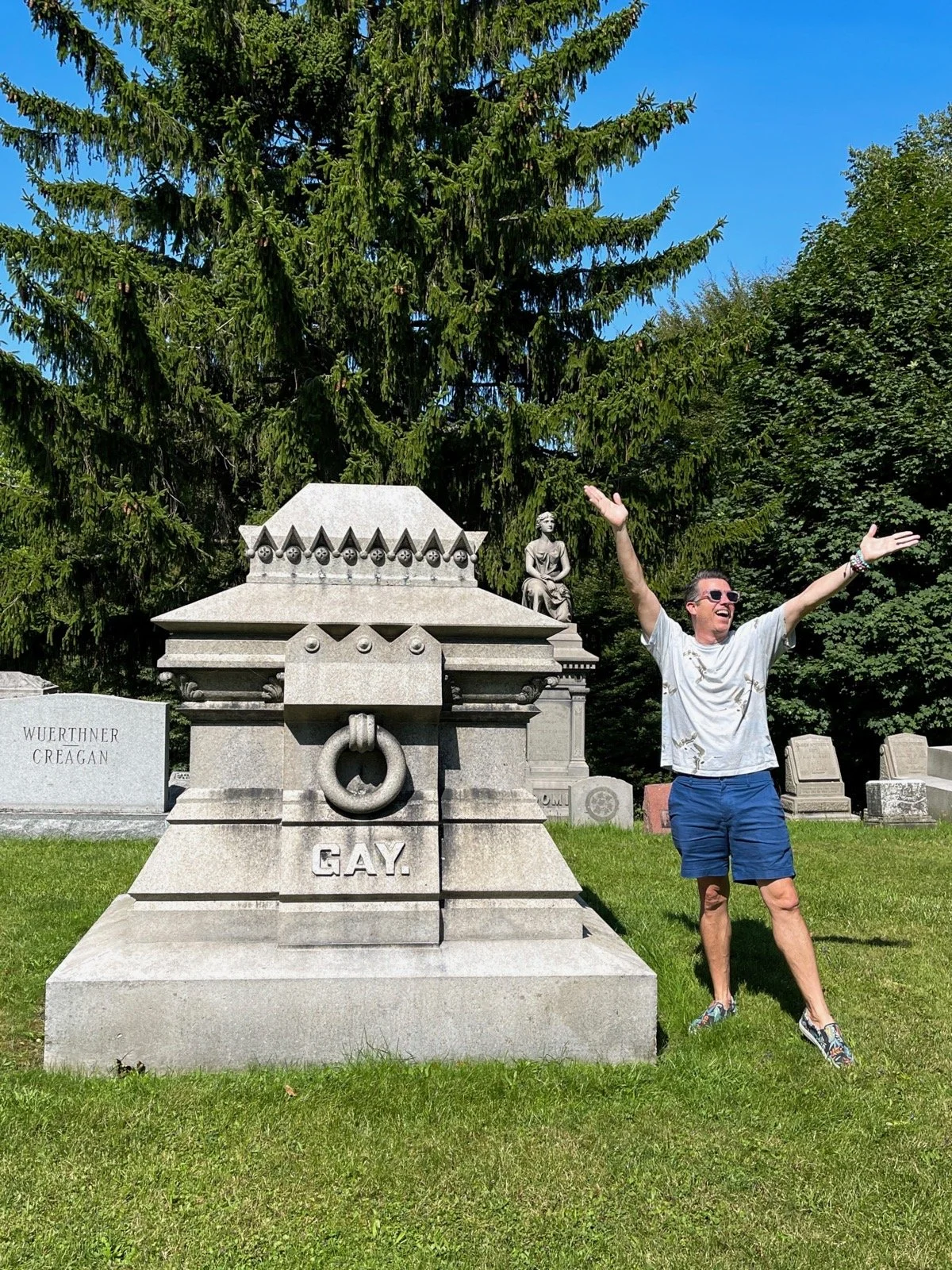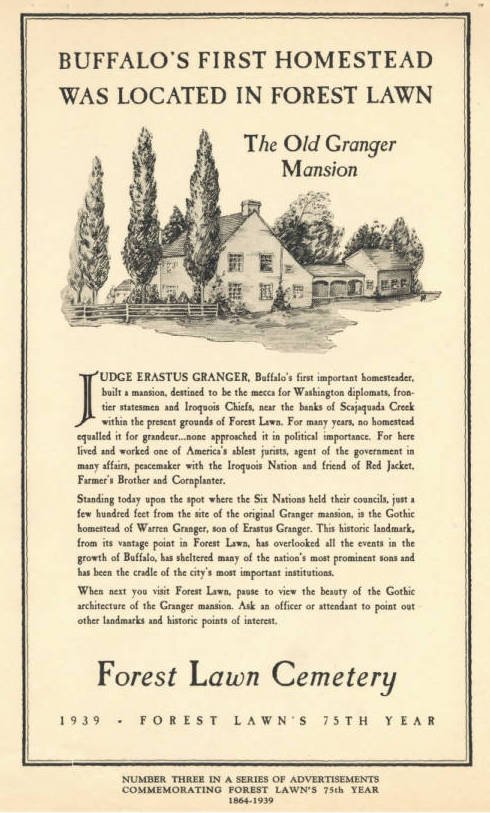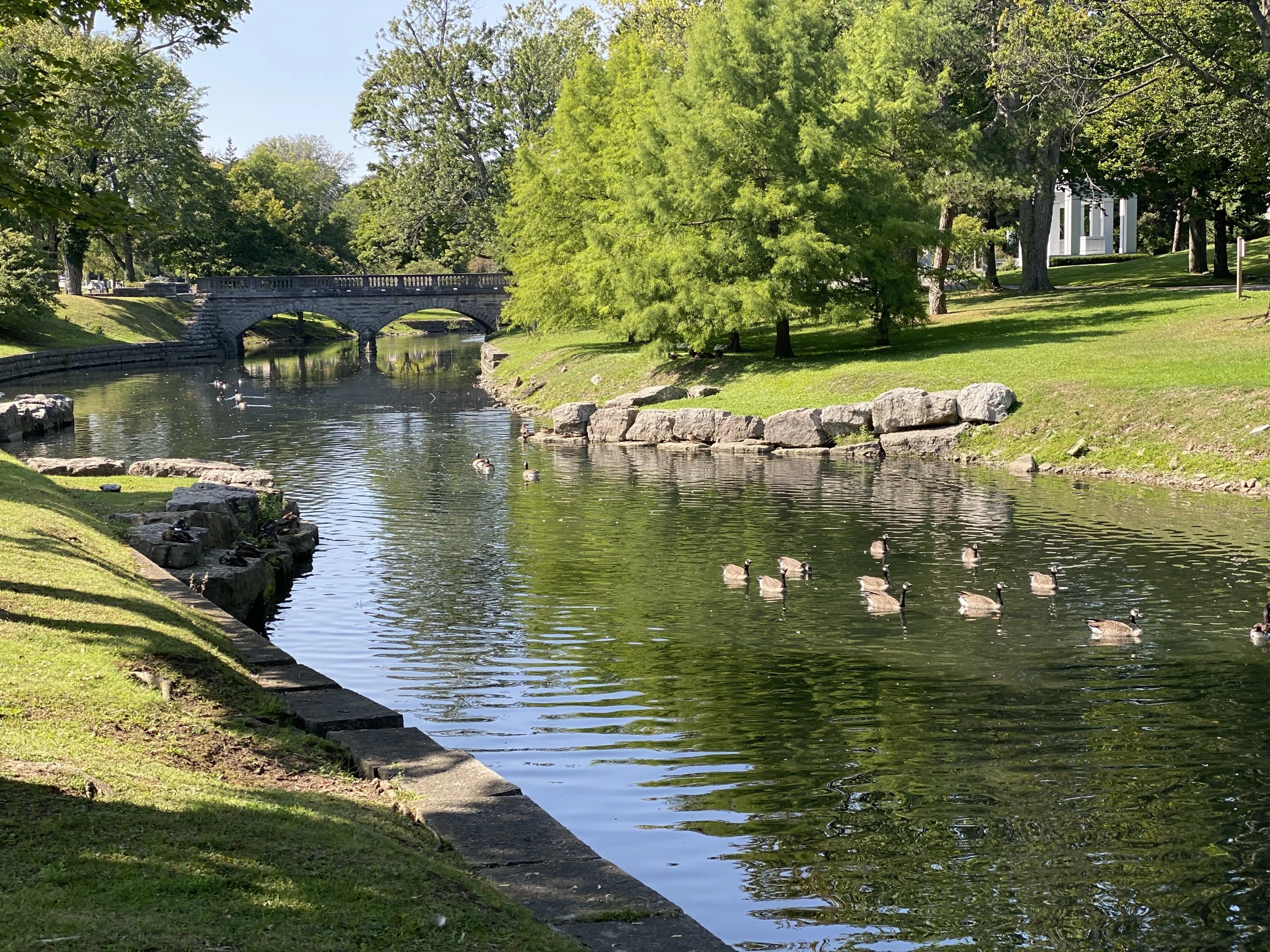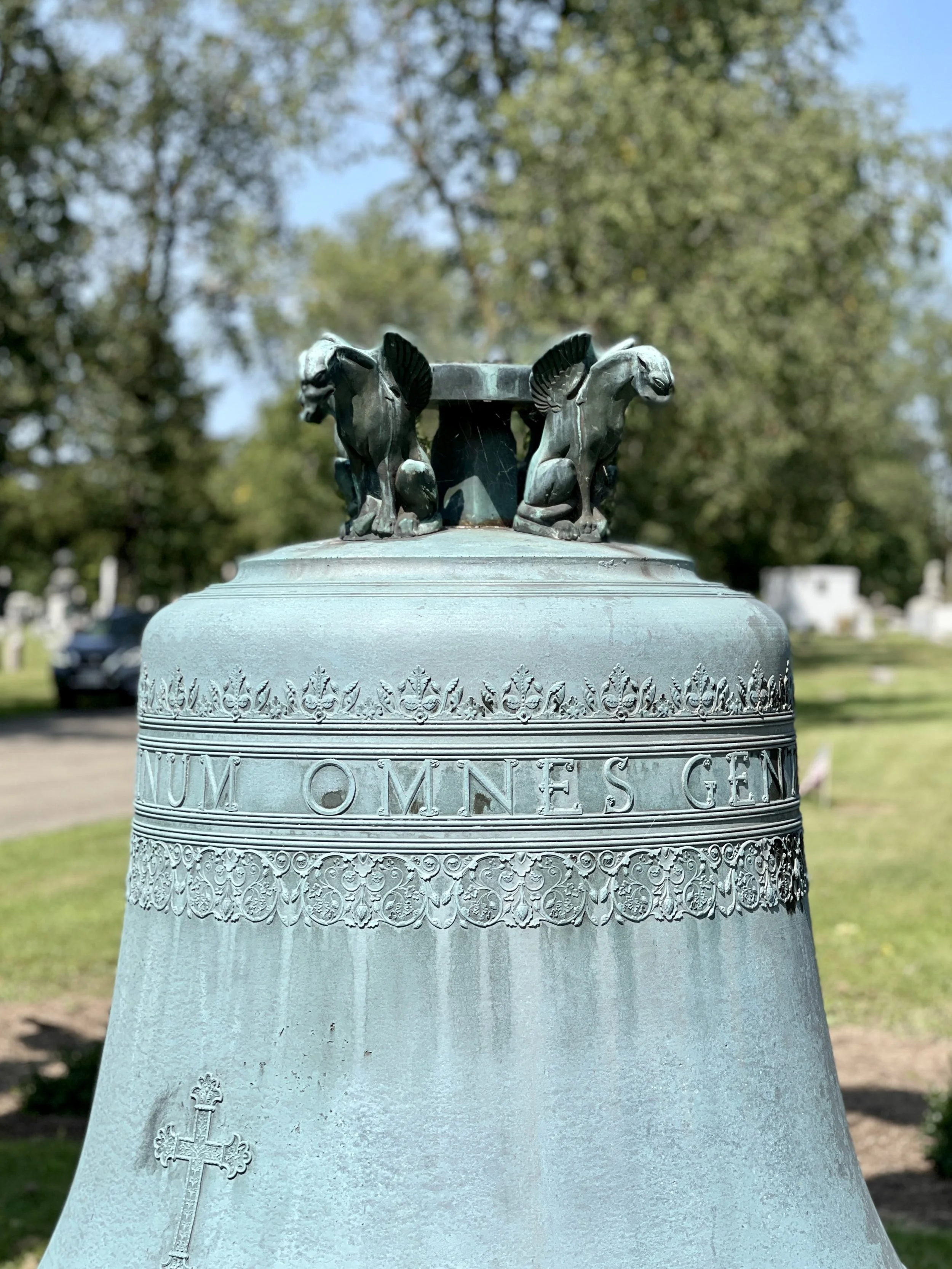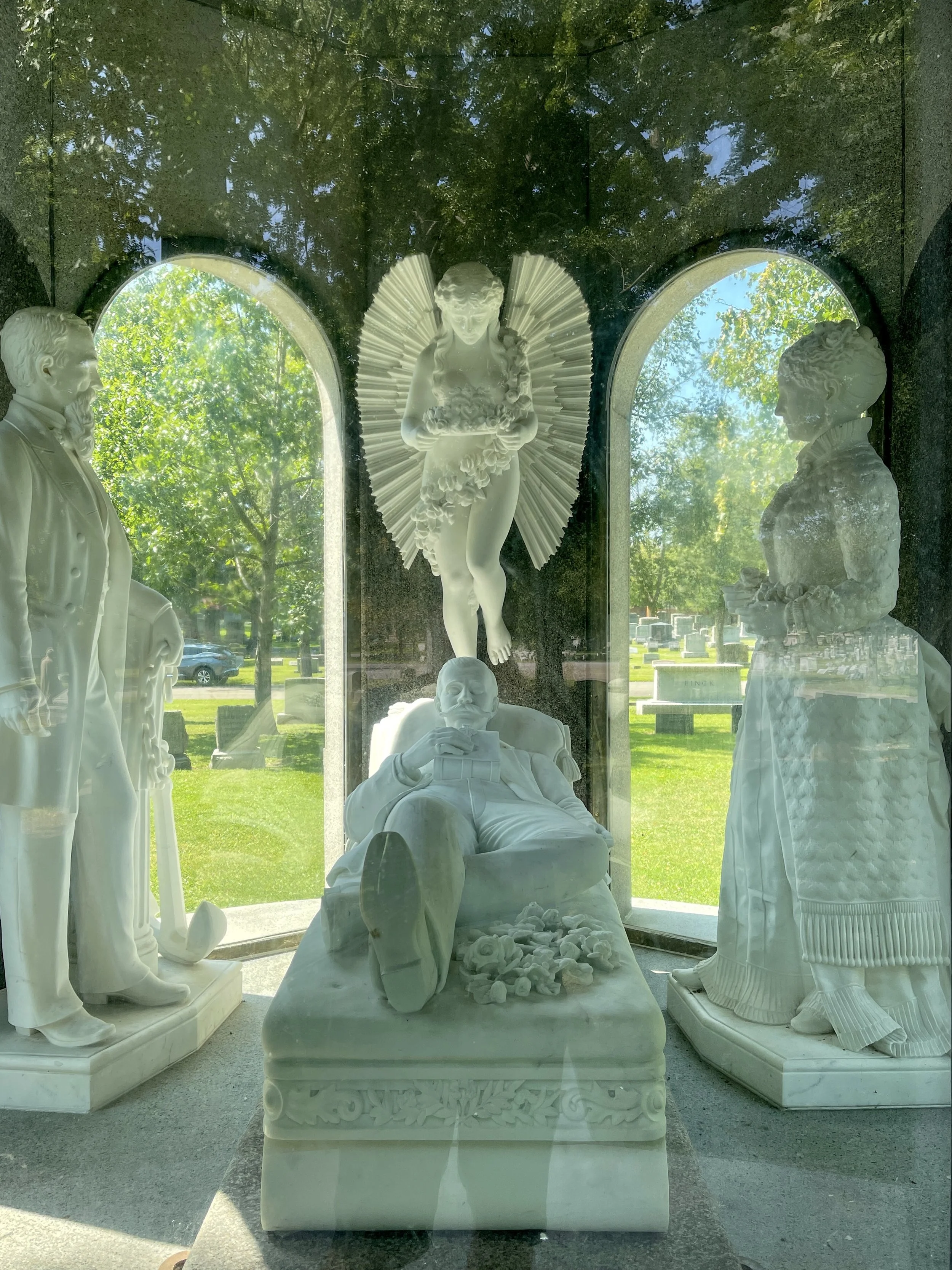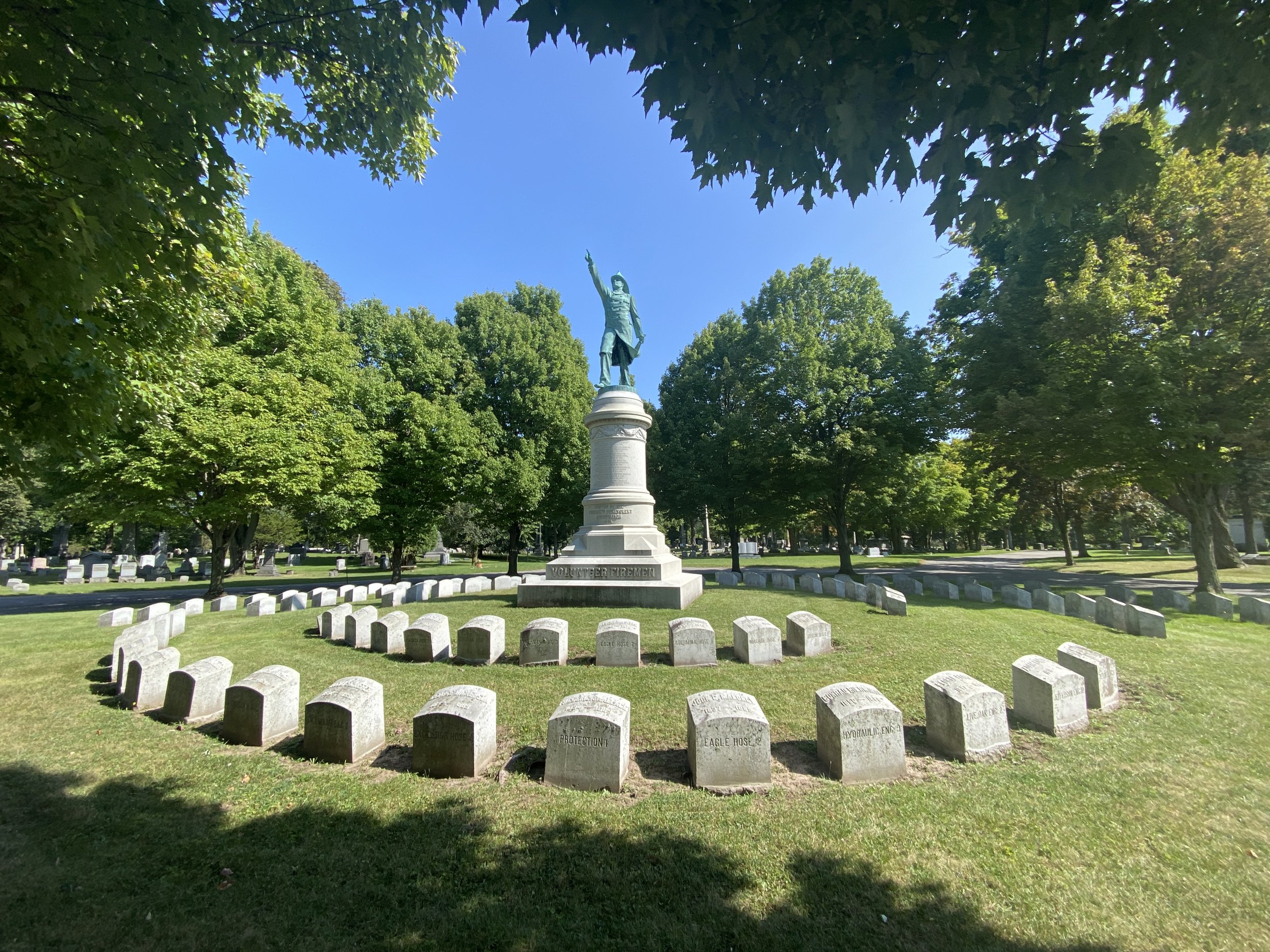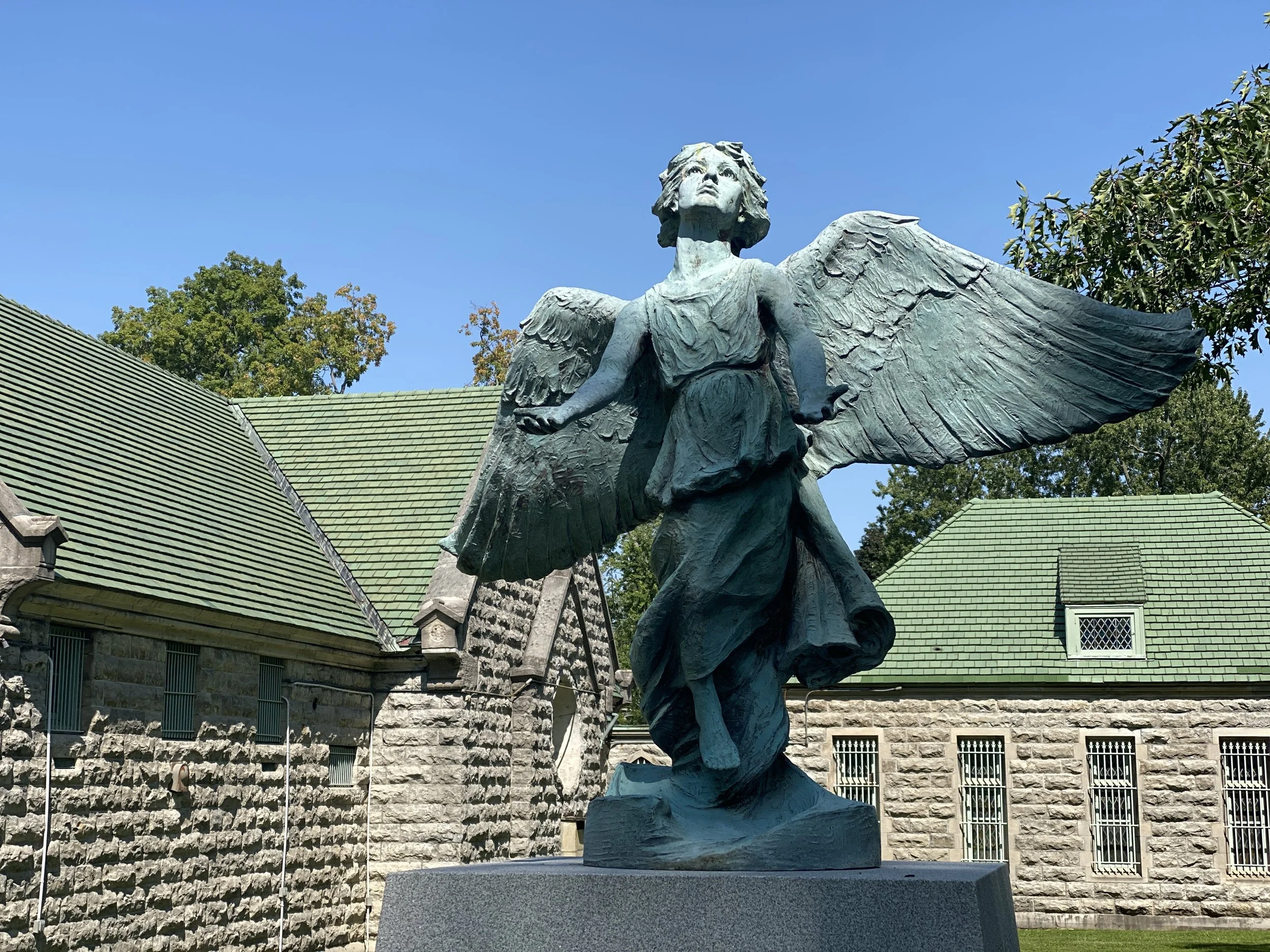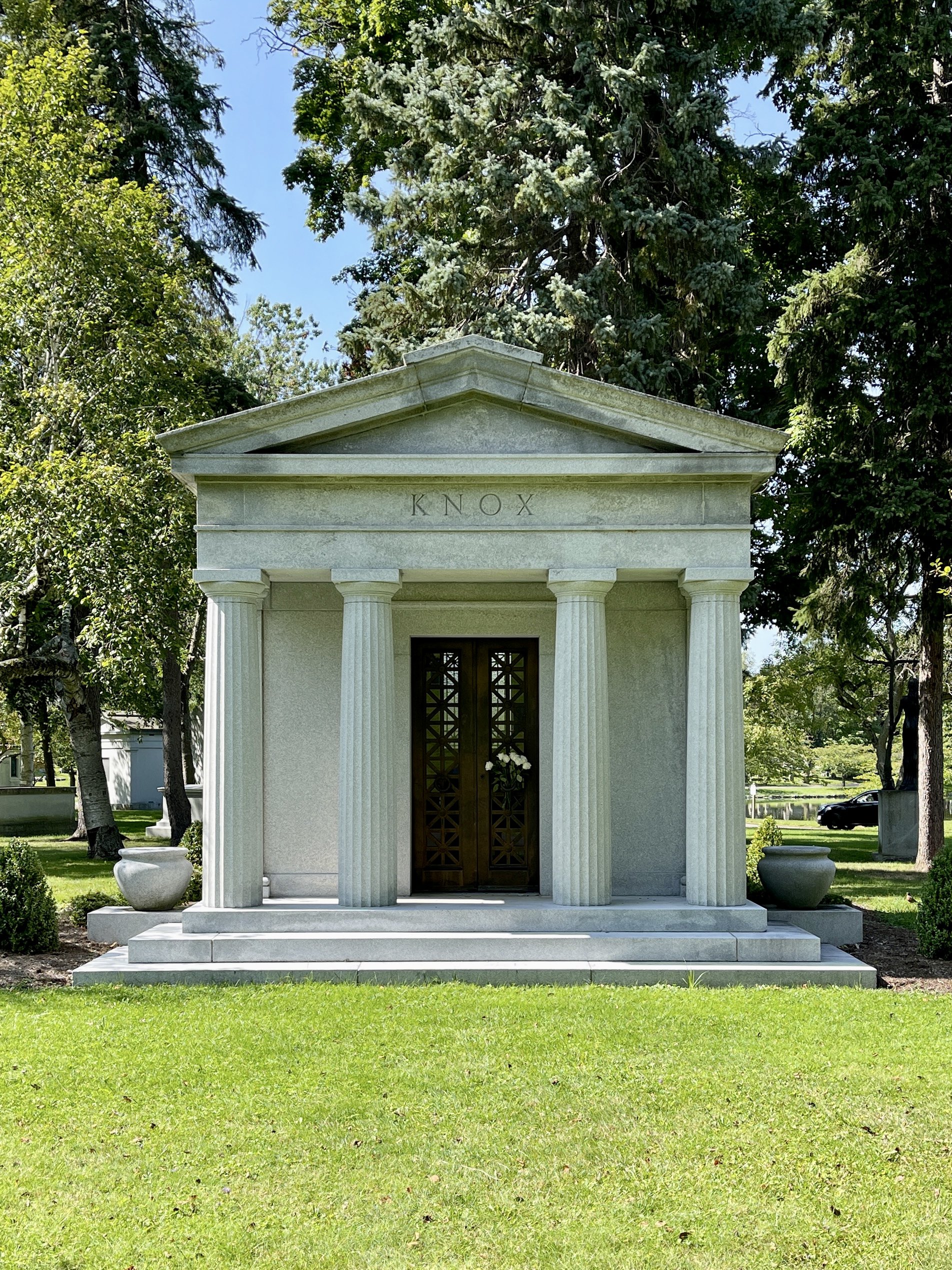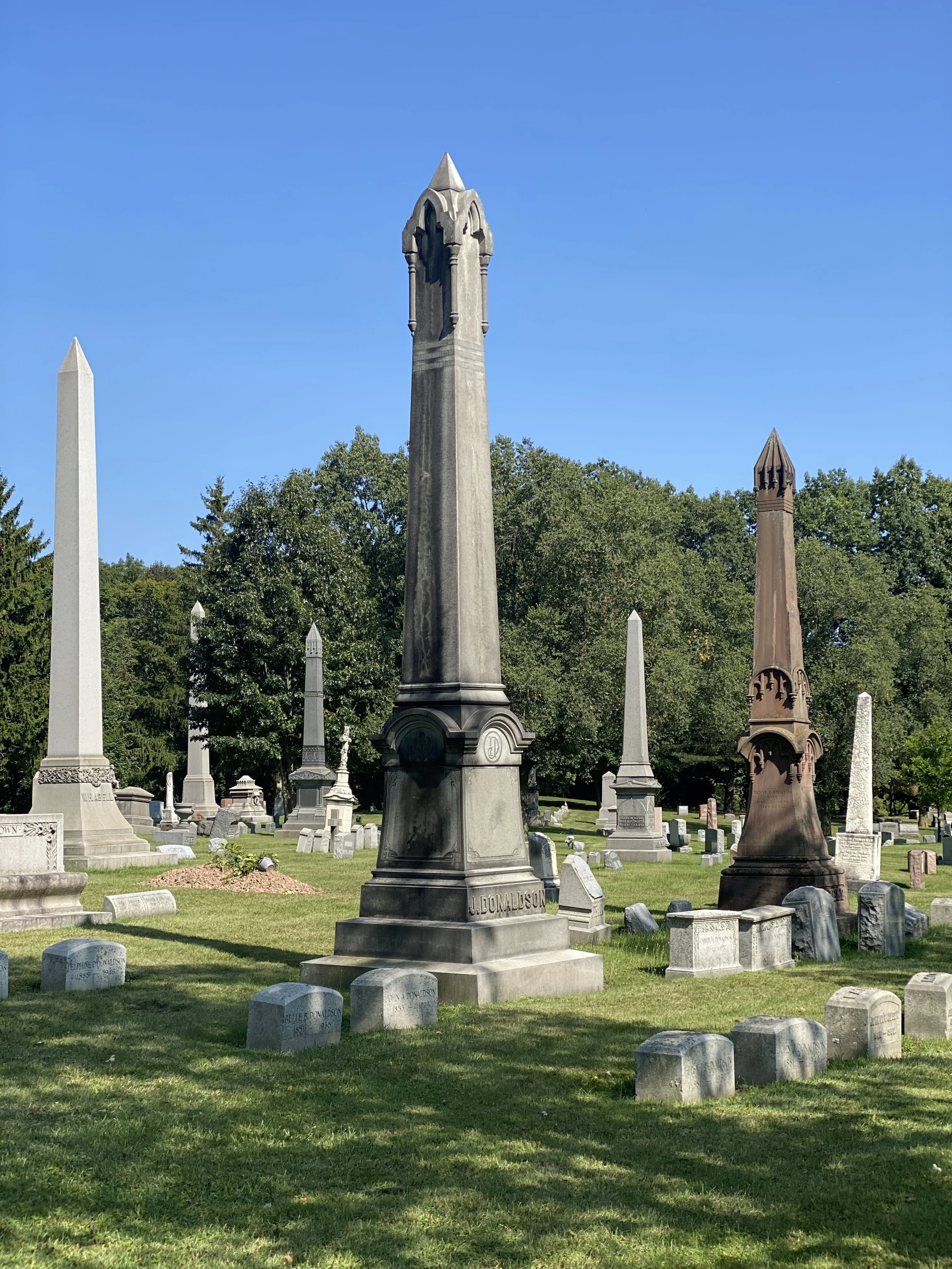What to do in Dallas? Try these unusual gift experiences, from a murder mystery to racing in a Ferrari.
When you think of Dallas, you might picture its towering skyline, bustling streets and that unmistakable Texas pride.
But this city is more than what meets the eye. Beneath the iconic sights and well-worn tourist trails, there’s a softer, lesser-known side of things to do in Dallas waiting to be uncovered.
“ There’s a quiet, hidden magic in Dallas if you’re willing to look for it. ”
Dallas invites you to look closer, wander a bit further and discover the unexpected. Here are five unique experiences that led me off the beaten path and into a different Dallas entirely — one I never saw coming.
1. Grapevine Lake Sunset Glow Clear Kayak Tour
There’s something magical when the sun starts its slow descent and paints the sky in shades of marigold and lavender. It’s like the whole world is holding its breath. I was there, in a see-through kayak, the kind that makes it feel like you’re barely floating above the surface, with the lake’s wake calmly lapping at the sides.
All around, the sky reflected off of the glass-like water, stirring the colors of twilight. And it wasn’t just gorgeous; it was humbling. For those quiet, perfect moments, it felt like the world shrunk — all that existed was me and the gentle hues swirling through the water. I’ve never experienced anything so pure. I’m not sure I ever will again.
2. Murder Mystery Dinner Show in Fort Worth
Then came the murder. I didn’t expect to fall in love with a murder mystery dinner. “I’m not that kind of person,” I thought, as a card pinned to my sundress announced my new role: potential suspect.
But then — mid-bite of my steak — the server slipped away, the lights dimmed, and diners at my table leaned in, exchanging hurried whispers. We were sure we’d cracked the case. And isn’t that the thrill? Strategizing for the solution in the midst of a story that’s still unfolding, woven between courses. Actors drifted in and out, someone in the corner laughed too loudly, while another guest quietly pieced together clues. It felt like stepping into a play — without ever having learned my lines. We were all in it together, strangers turned co-conspirators. My team lost, I think, but by the time we surrendered, I was all in, laughing harder than I had in years.
3. Italian Supercar Racing Experience at Texas Motor Speedway
I don’t quite know how to explain what it feels like to drive a Ferrari. Once it’s in gear, sure, it’s all flash, speed and horsepower. But there’s something else — a feeling in your arms, a pull in your chest. It’s as if the road beyond the track has vanished, and the whole world is somewhere outside of you. Champagne bubbles in the pit of your belly; there’s just the car and the low, thrilling growl of the engine beneath you. It’s… intimate. That’s the best way to describe it — intimate and intense, an unexpected emotion for a souped-up machine. Alive? Yes, alive — fully, fiercely, incandescently alive.
4. Zipline and Treetop Adventures
If one thing brought out my inner child, it was ziplining through the treetops. The rush of air as I flew, the way everything below blurred, and the laughter that bubbled up when I landed on a platform more than 60 feet above the ground. The silences up there, the open emptiness, the blend of exhilaration and peace, the feeling of flying while being connected to something real.
It’s when you’re standing still, high above, surrounded by sky and leaves, that the magic truly happens. That’s when the perspective hits — how far you’ve come, how high you are, how small you feel, and how incredibly good that is.
5. Fluid Art Workshop
I had no expectations going into the fluid art workshop. I showed up with a blank canvas (literally) and an open mind. The instructor pointed me in the right direction to start, and then it was just me, some colors and a quiet space — to pour paint, to watch it blend and bleed, with no rules, no wrong ways, no real… anything other than watching the colors mix and mingle.
For two hours, I didn’t think about anything other than where the paint was going, how it was moving. I watched the canvas come alive, and when it was over, I wasn’t just walking away with a painting; I was walking away with a feeling. A sense of peace. A sense of having let go of everything and just… been. It was art therapy, minus the therapy part.
Rediscovering Dallas
Dallas isn’t just for the big moments, the big ideas, the grand experiences. There’s a quiet, hidden magic in Dallas if you’re willing to look for it. And for me, those experiences weren’t just about doing them. They were about finding myself in them, learning what it means to slow down, to do something new, and to let myself be present in a moment that’s anything but ordinary. And that’s why experience gifts are the best way to explore Dallas. Because they reveal a side of the city — and maybe a side of yourself — you didn’t know was there.
And while these experiences led me to unexpected self-discoveries, they’re also unforgettable gift ideas for others. With each unique adventure, you’re offering a chance to see the city from a new angle, and maybe even a little self-discovery of their own. –Maria Nowak













